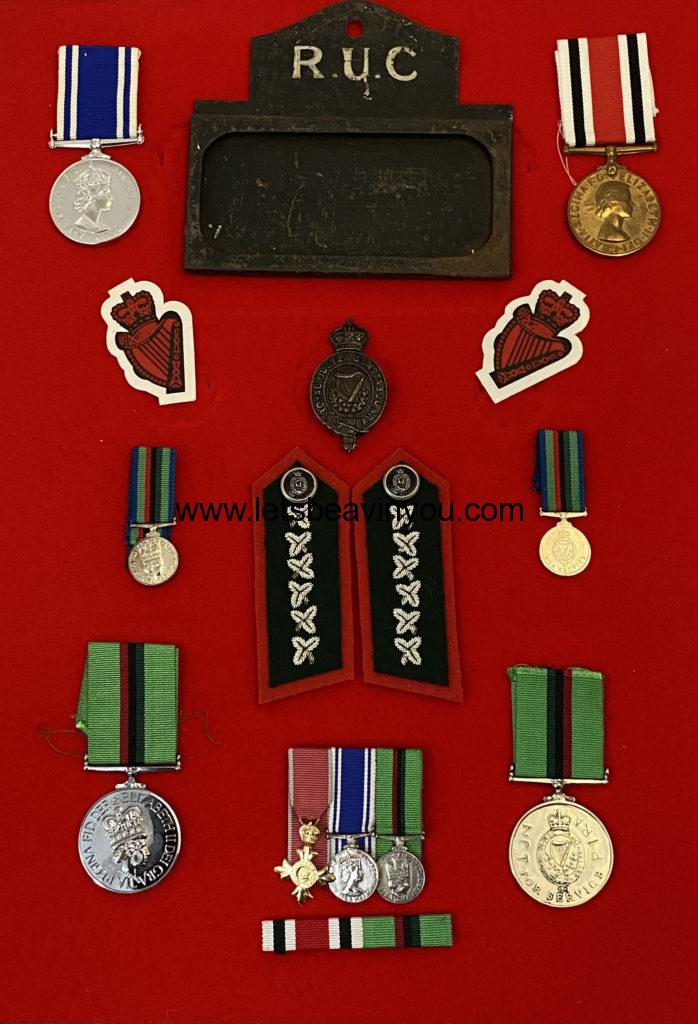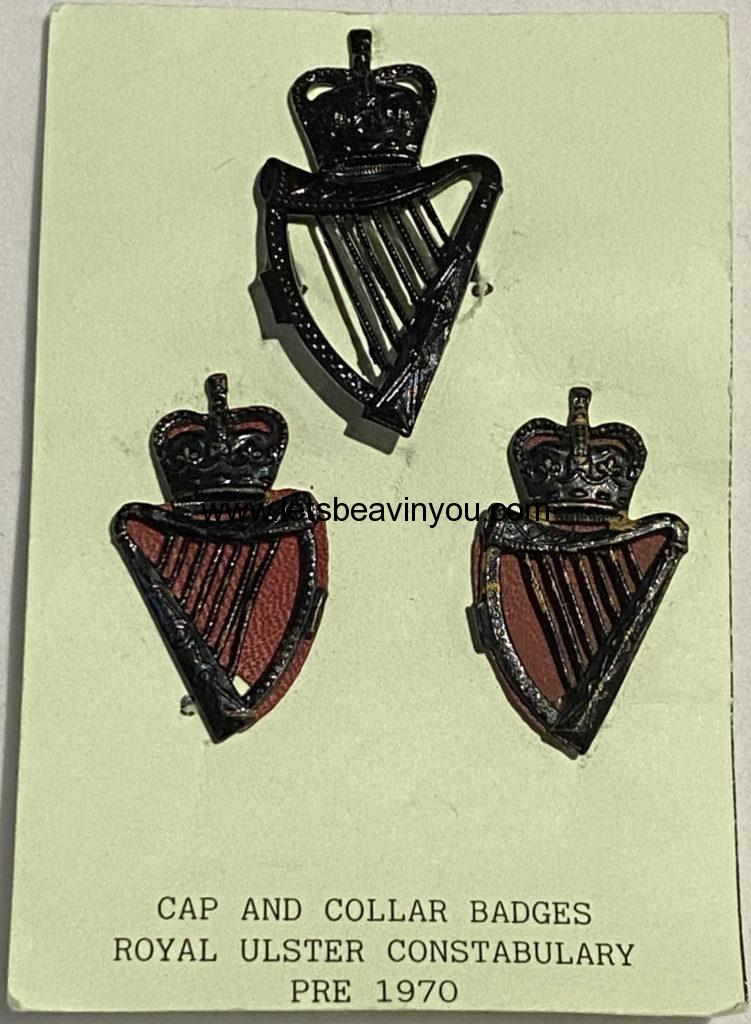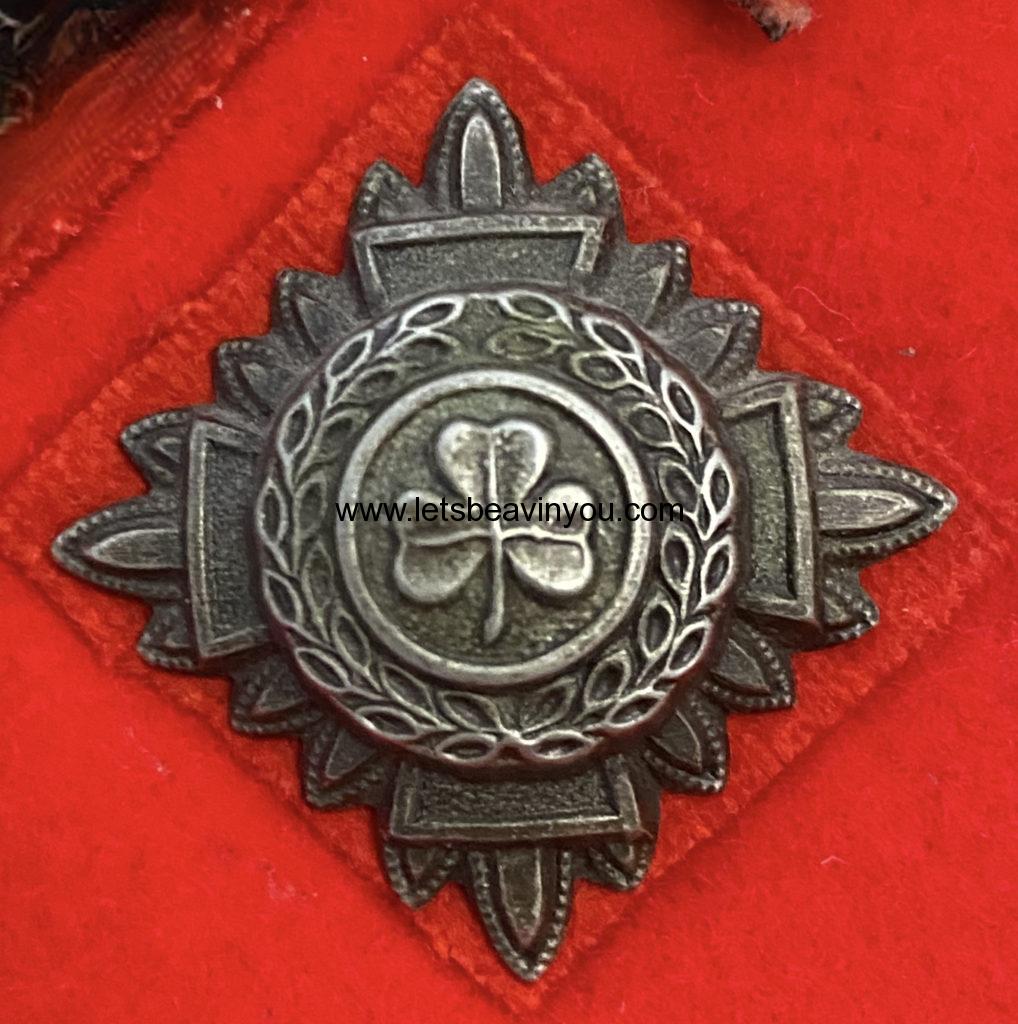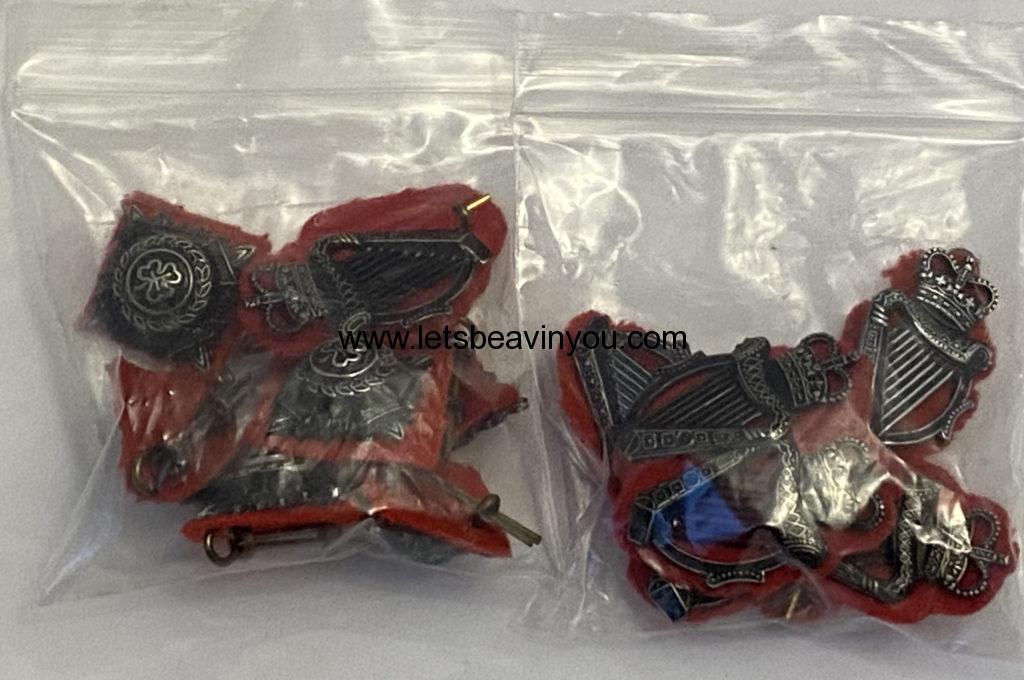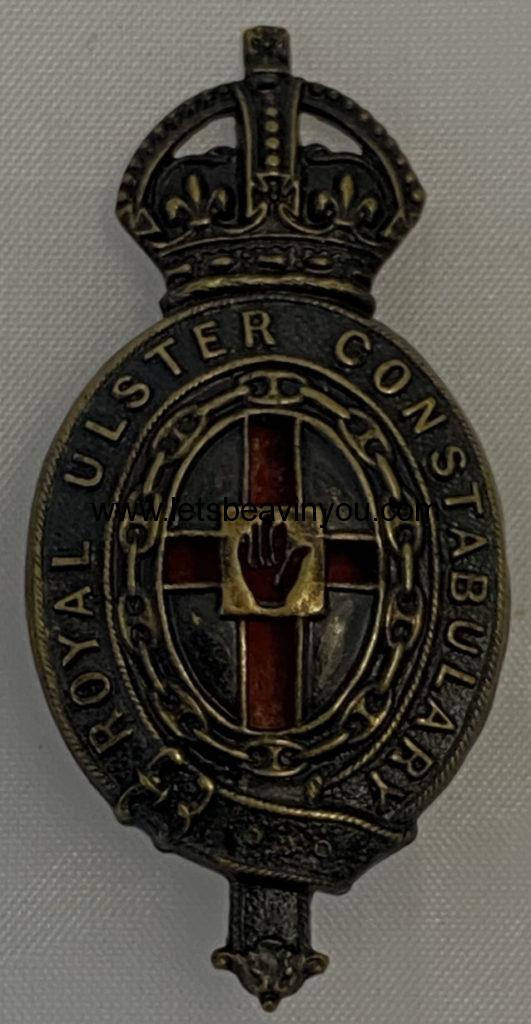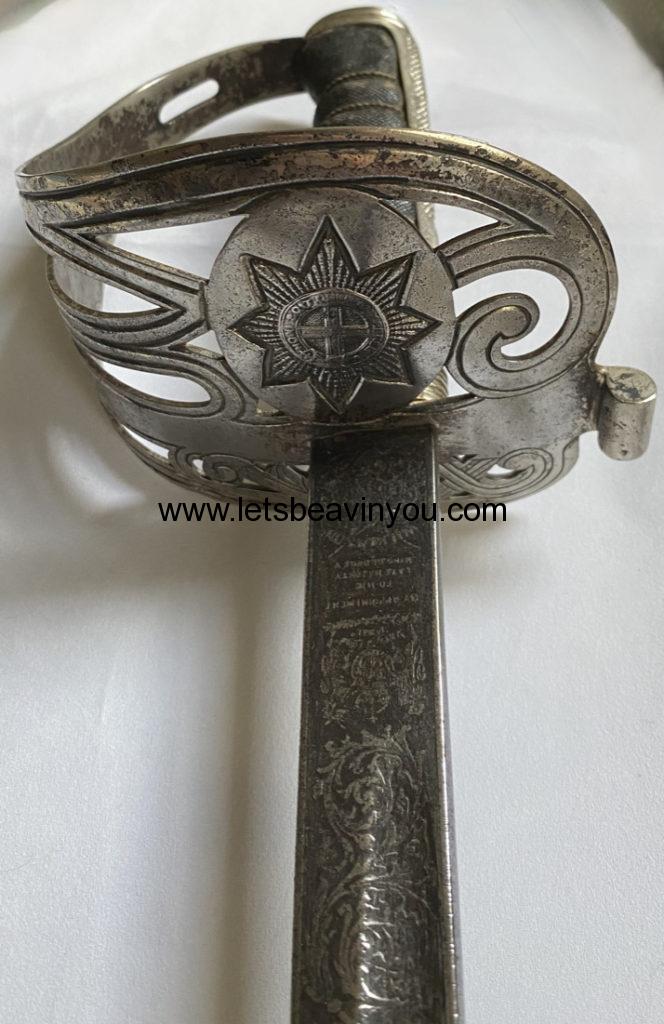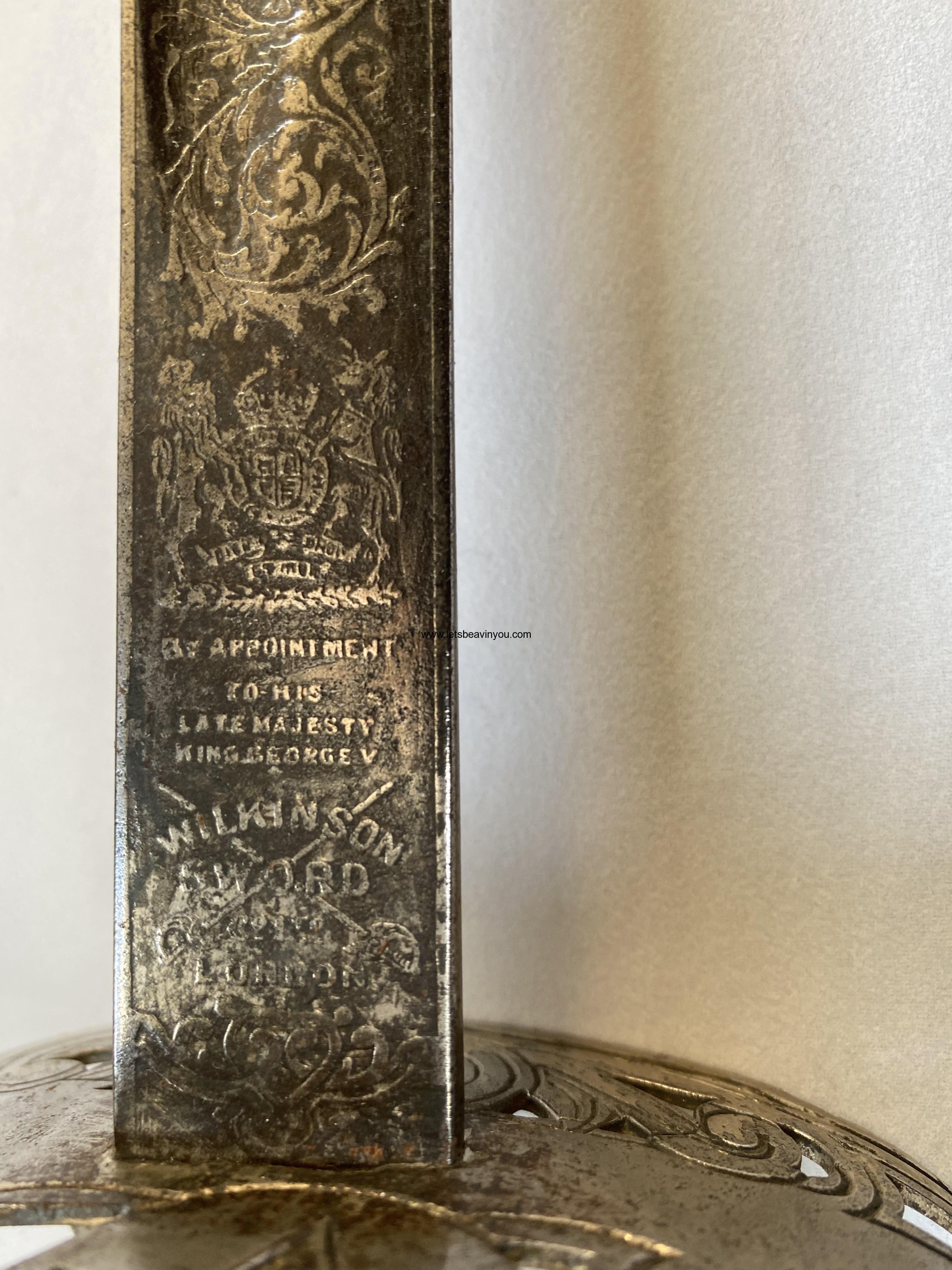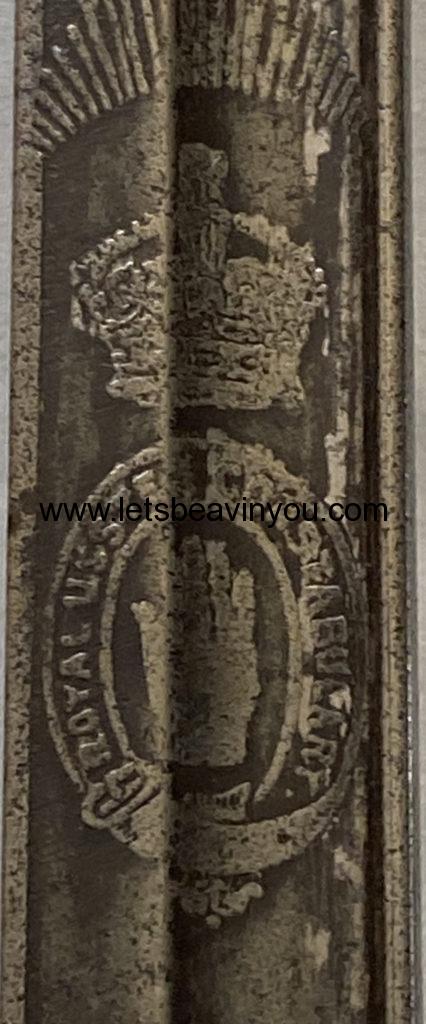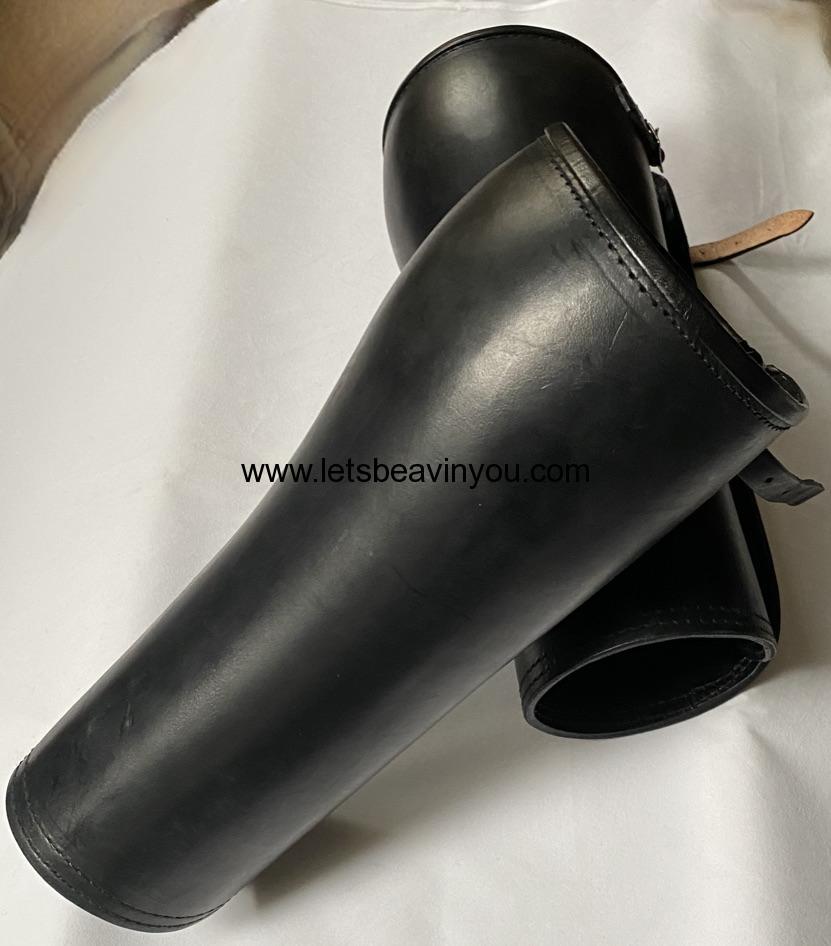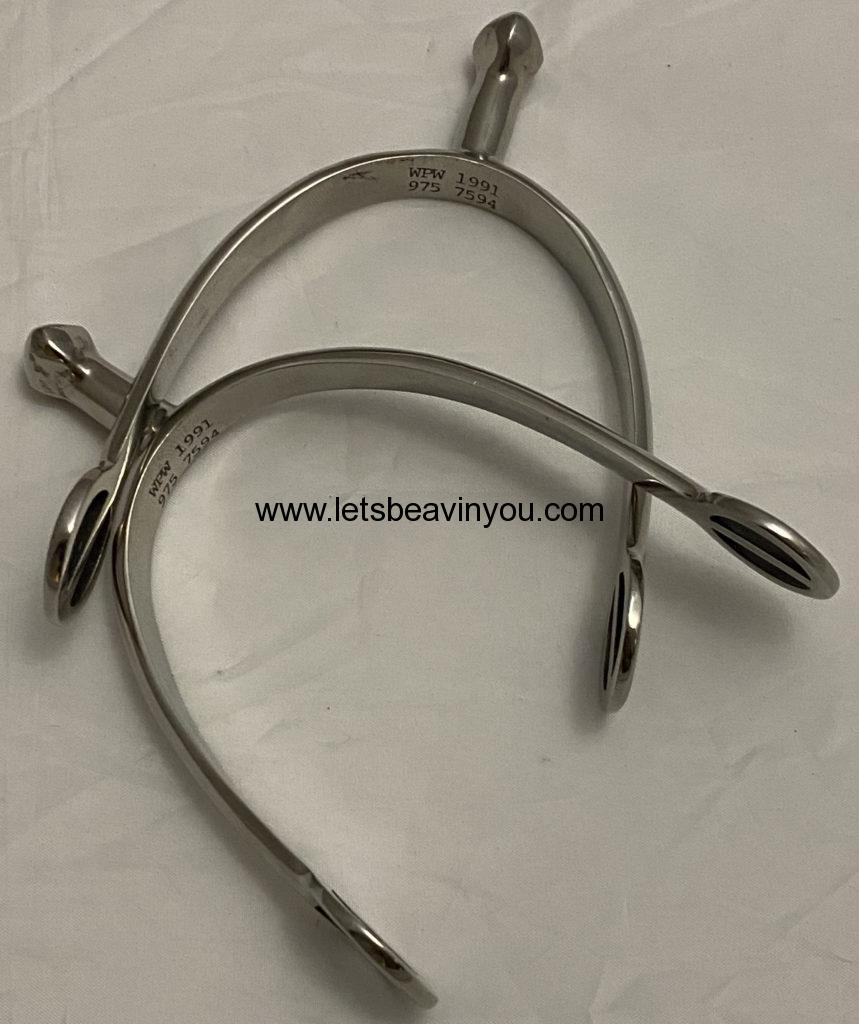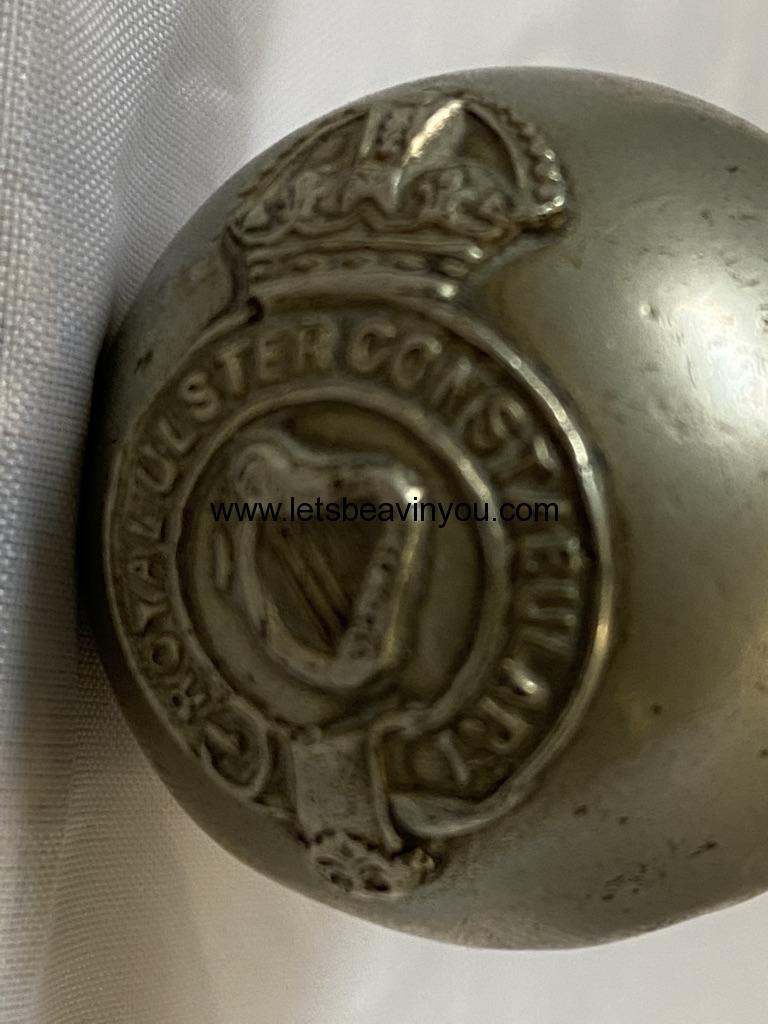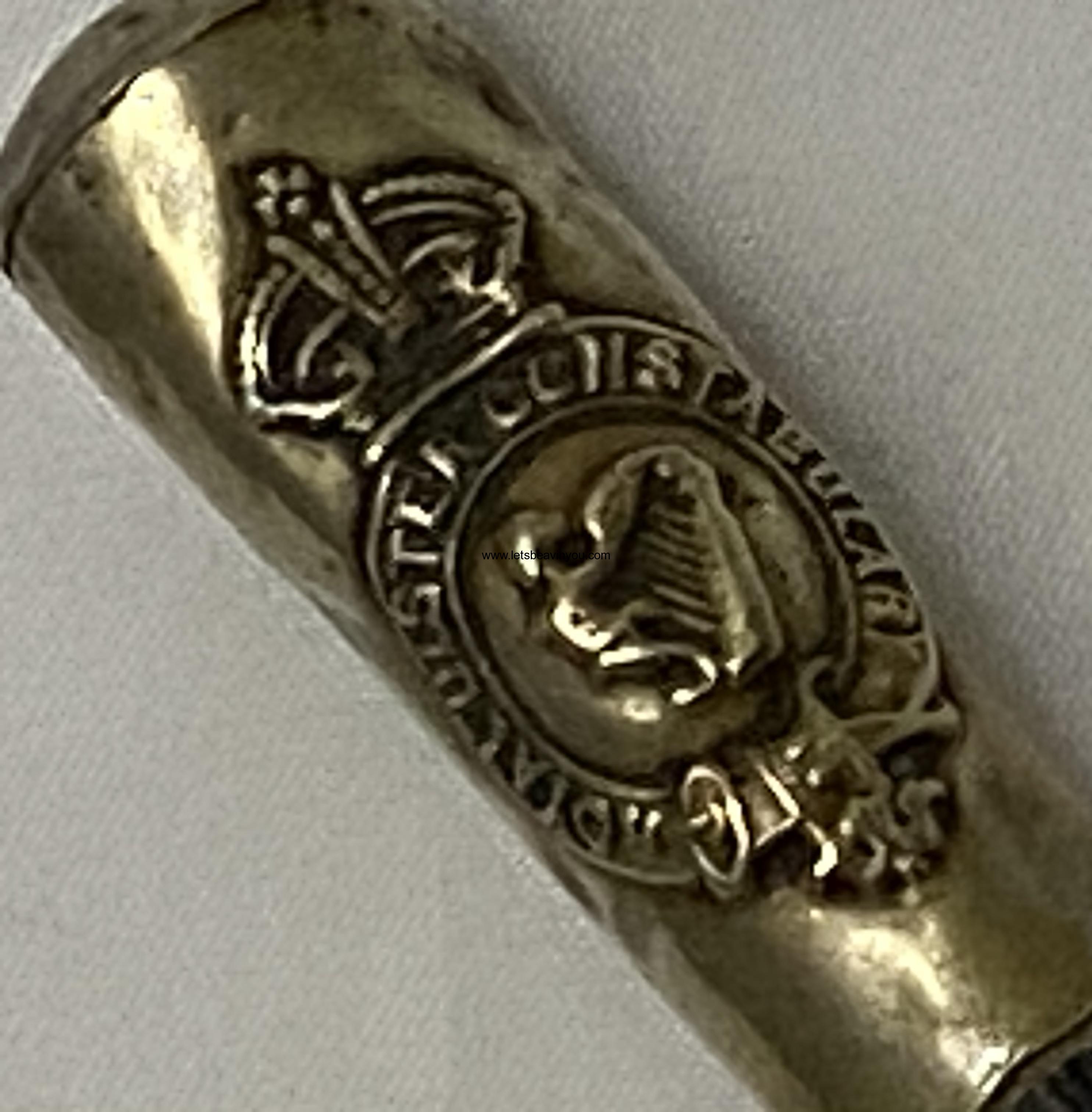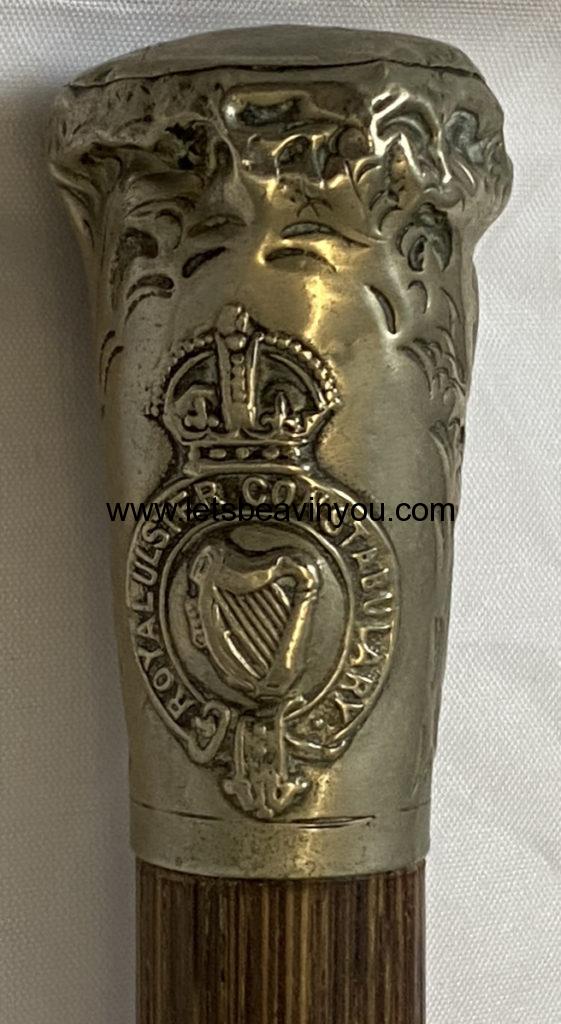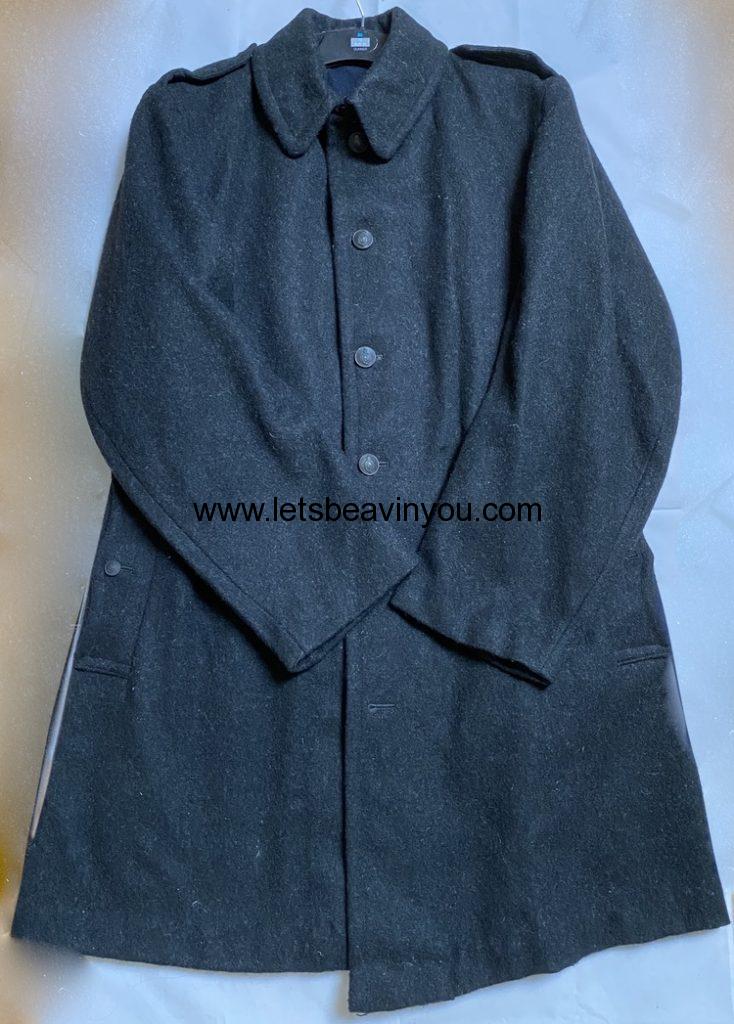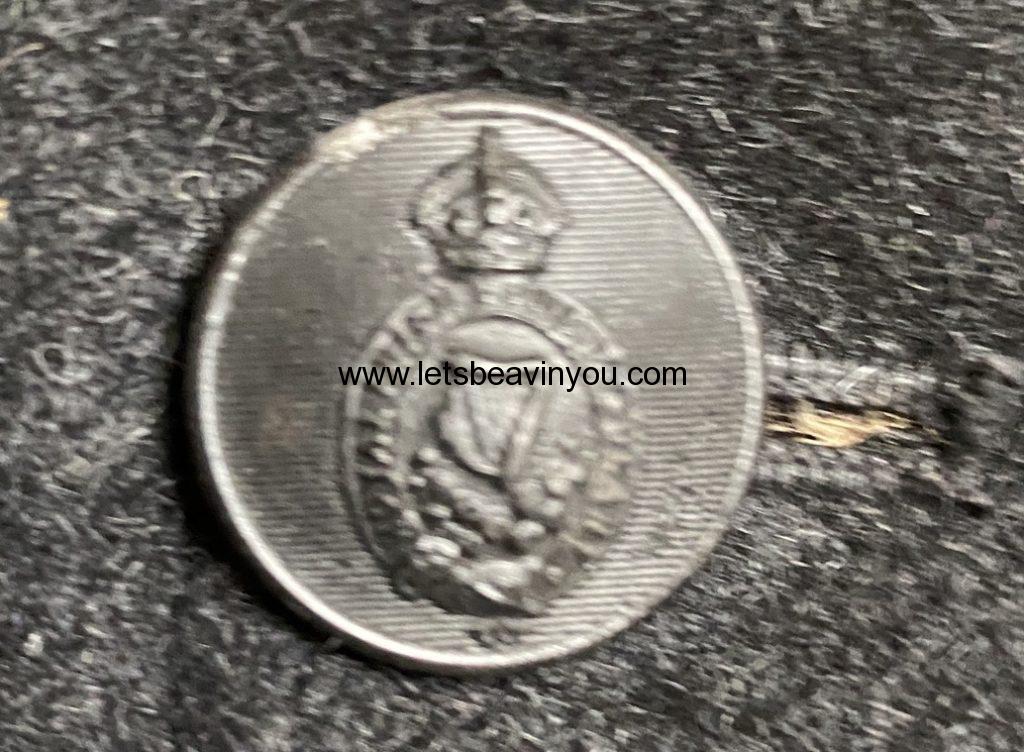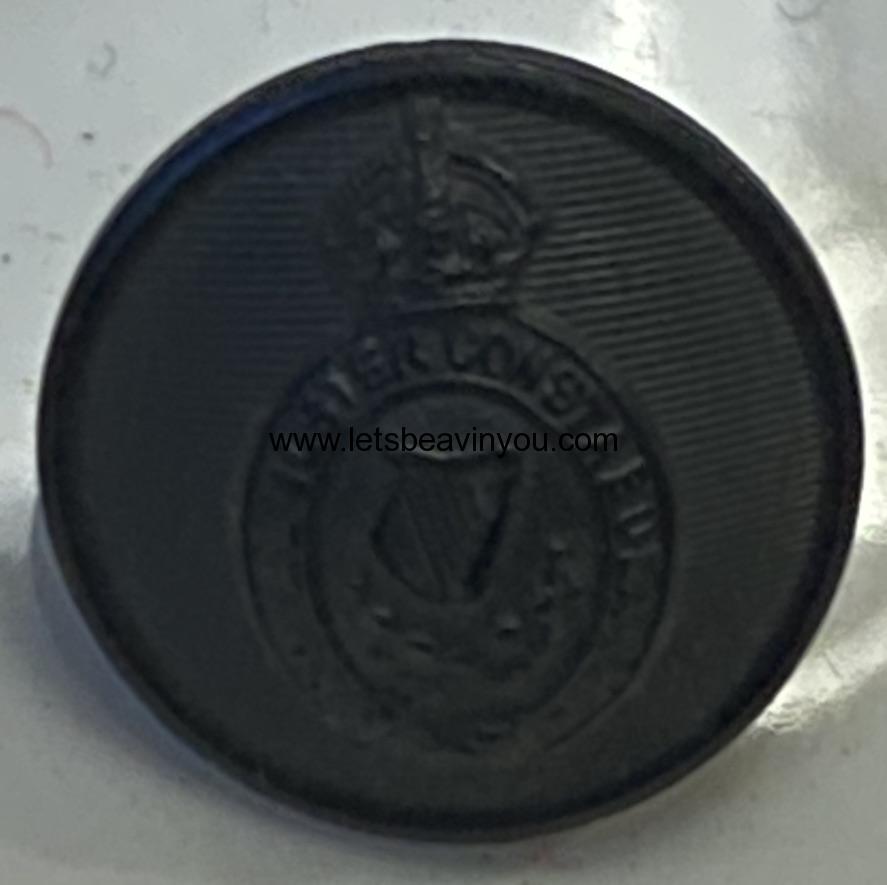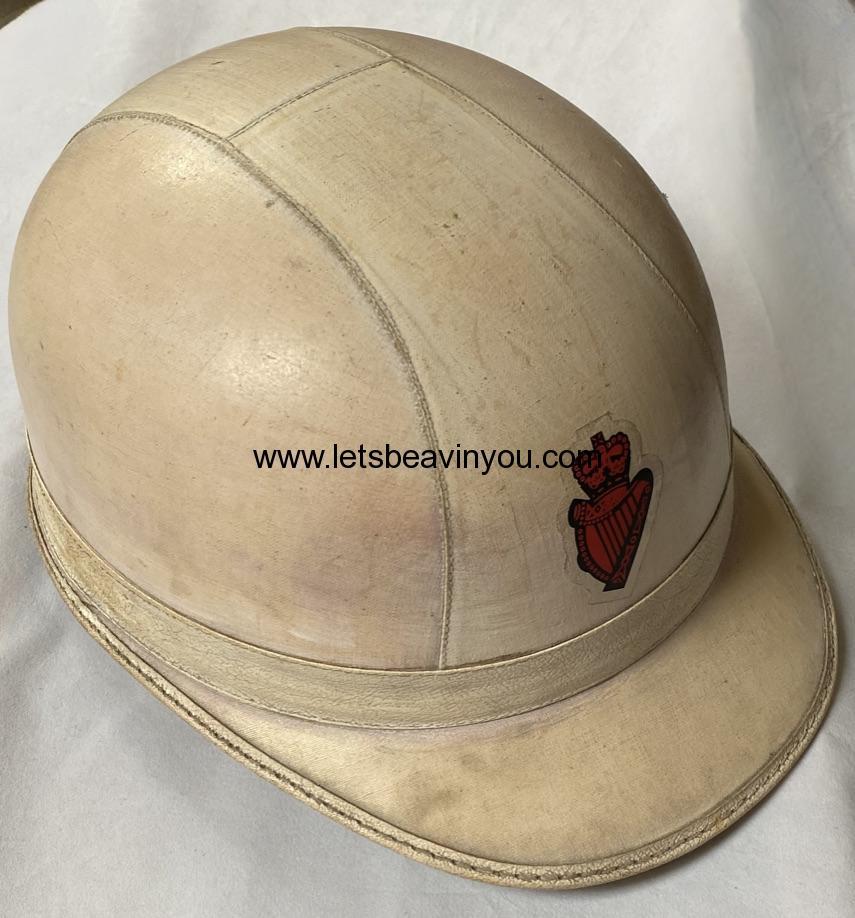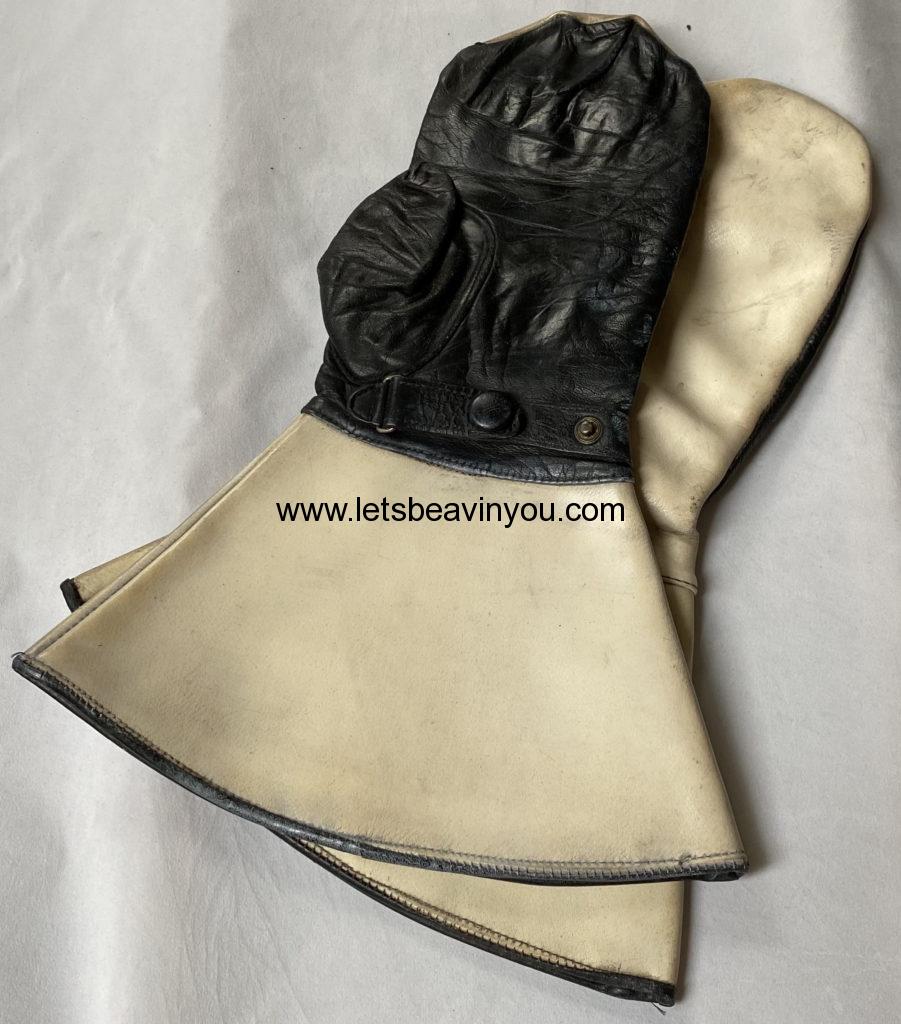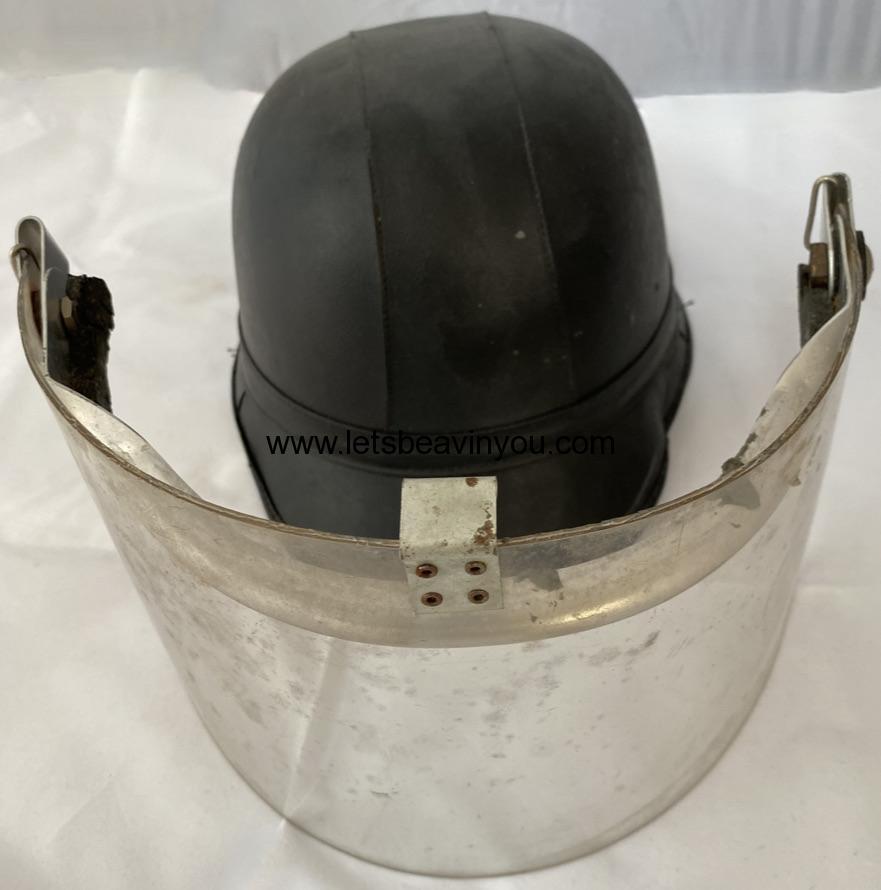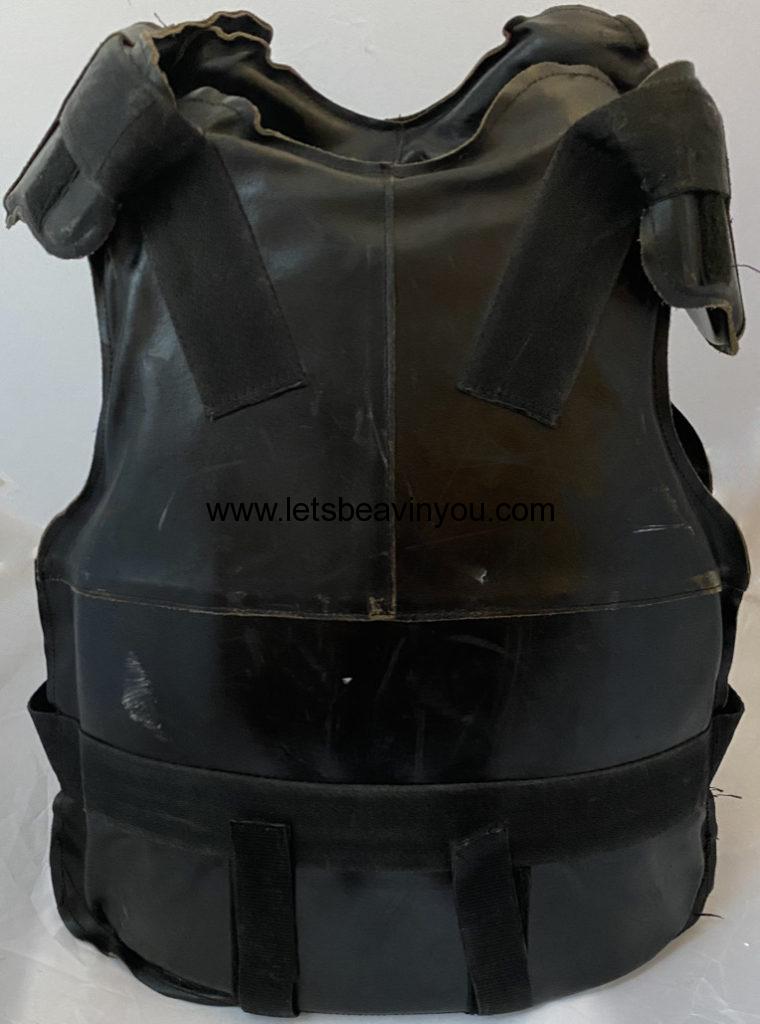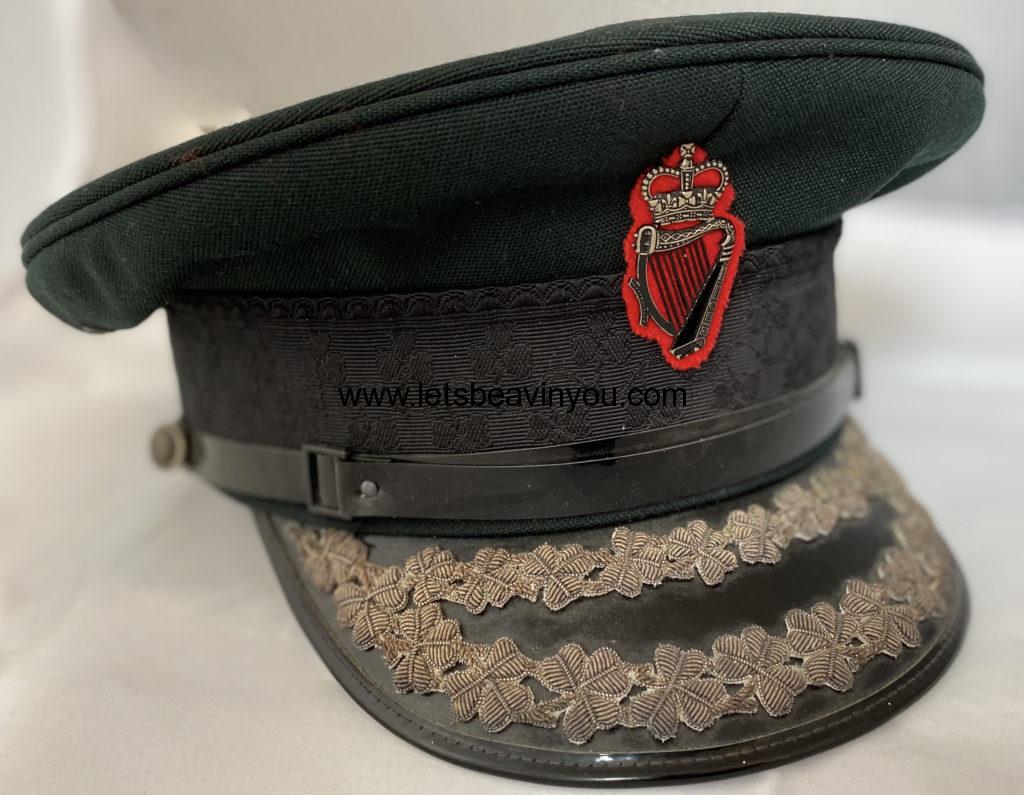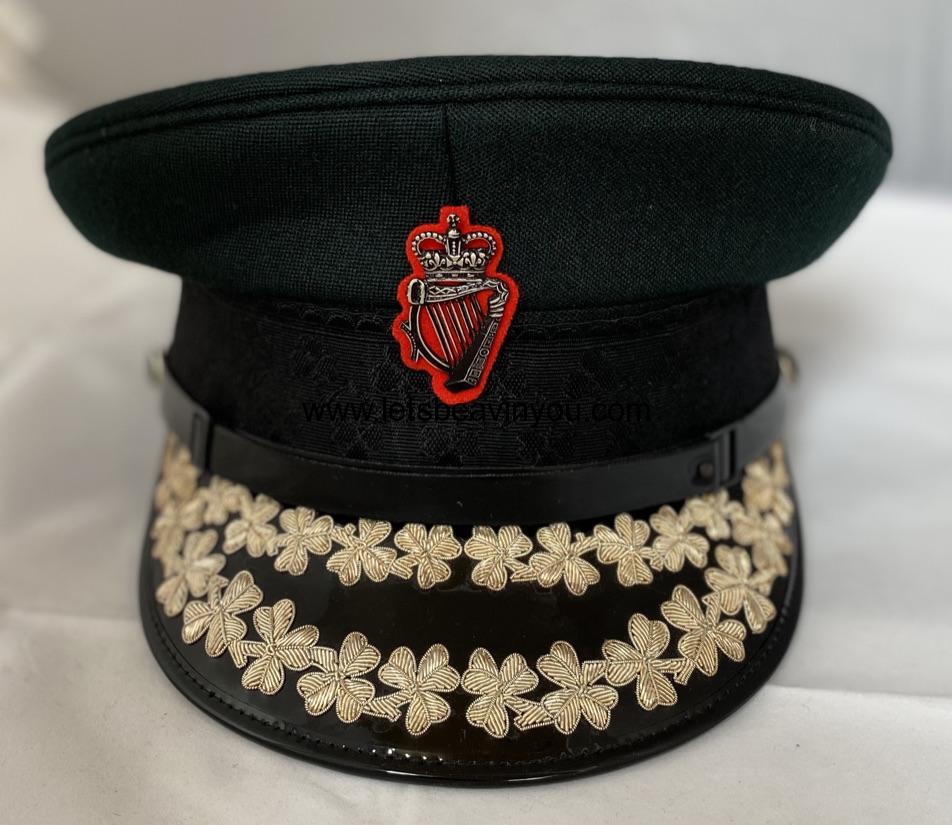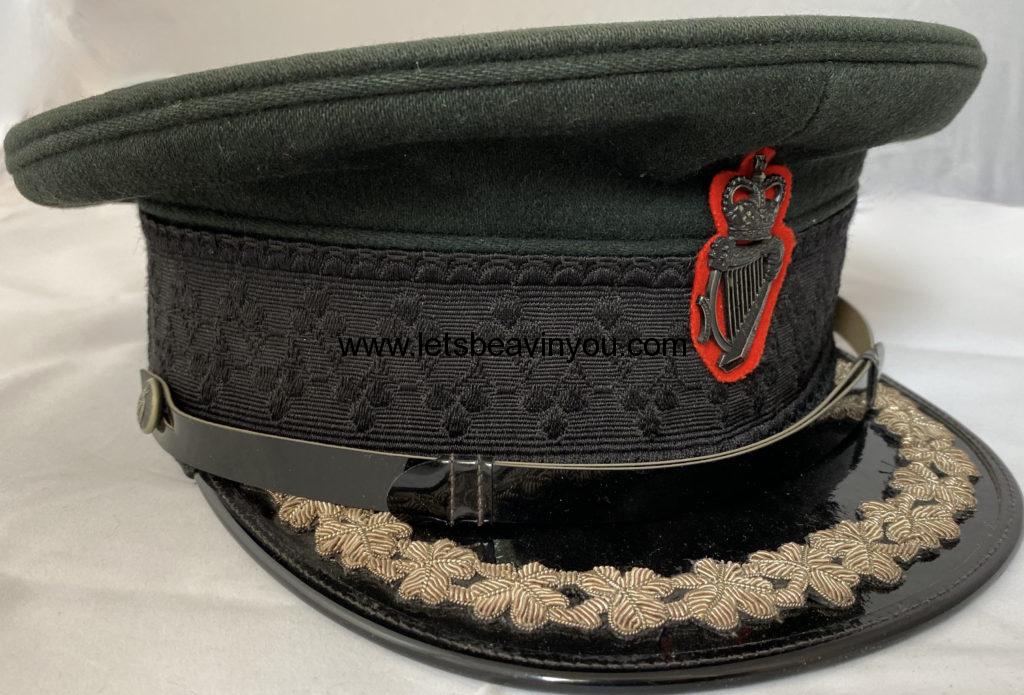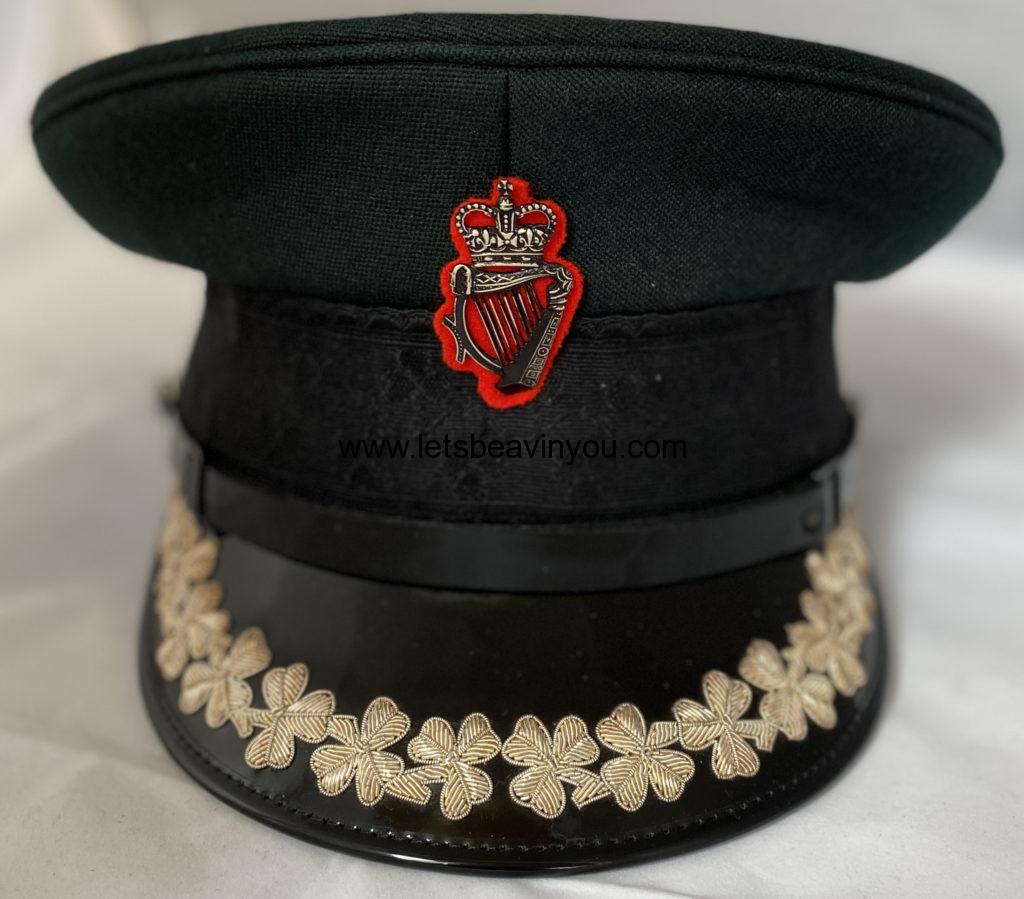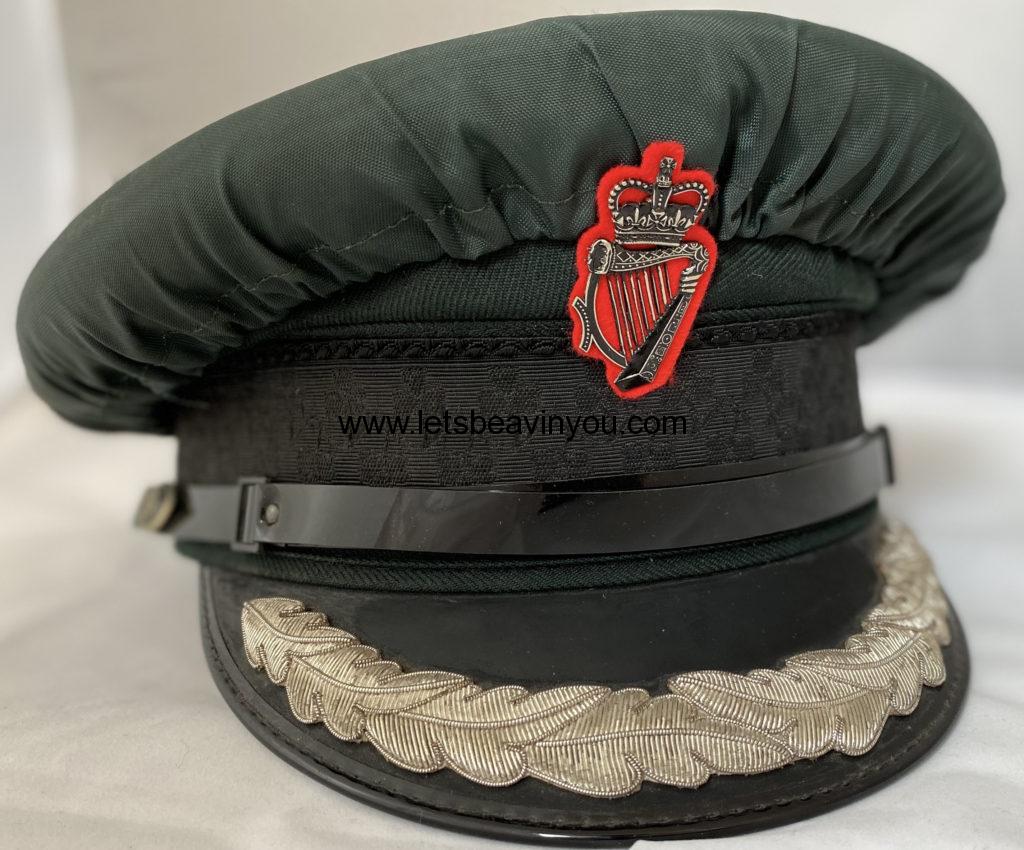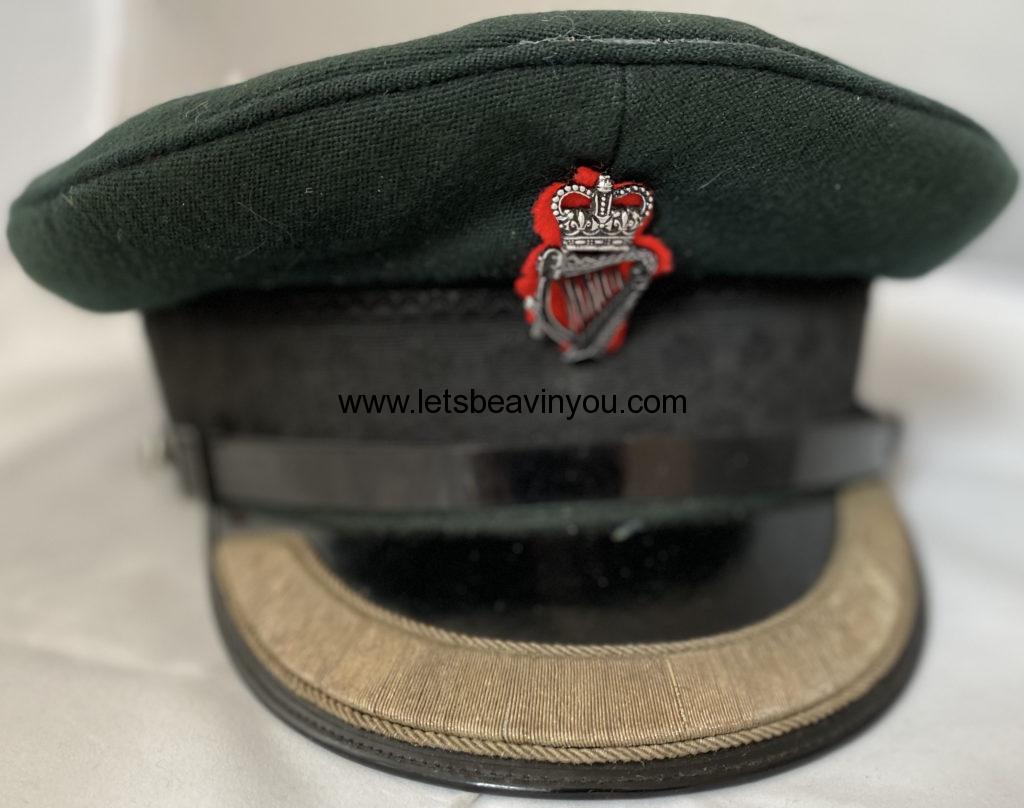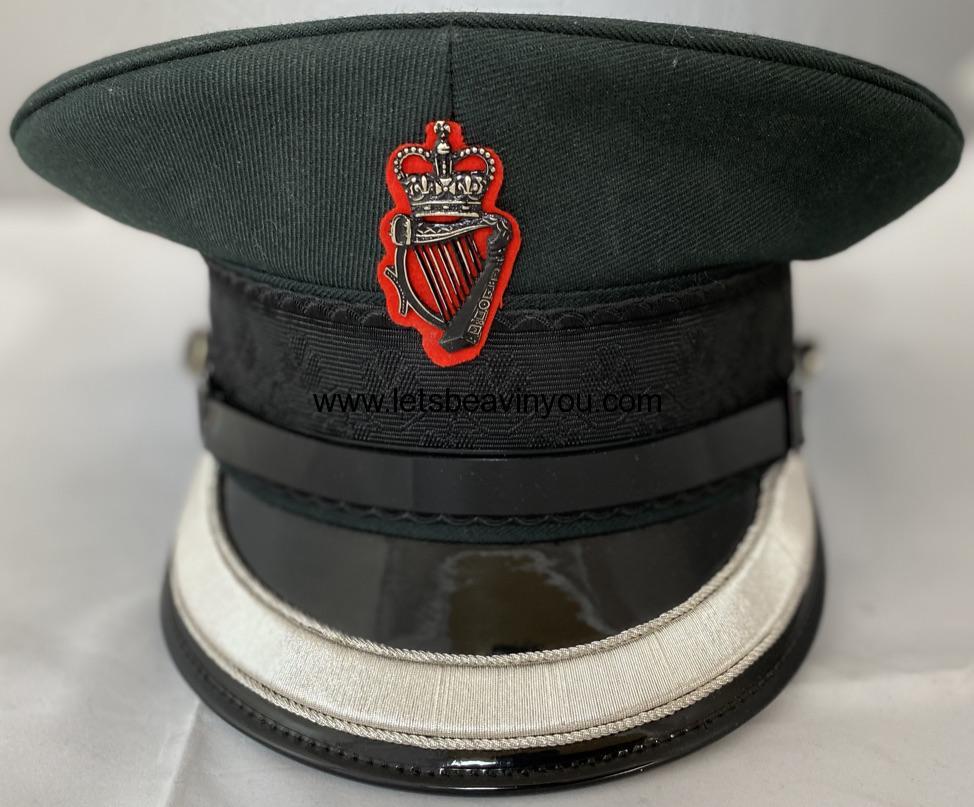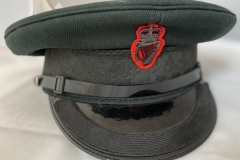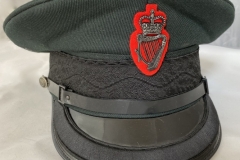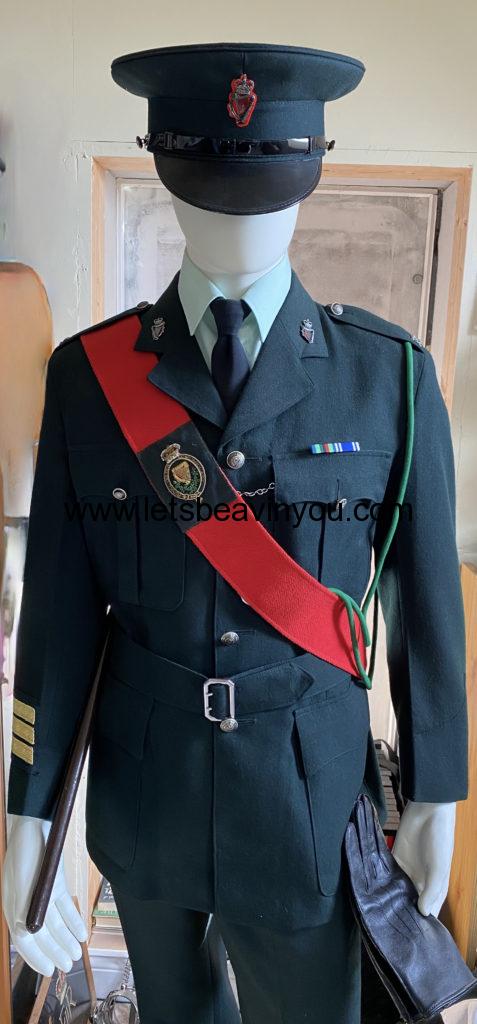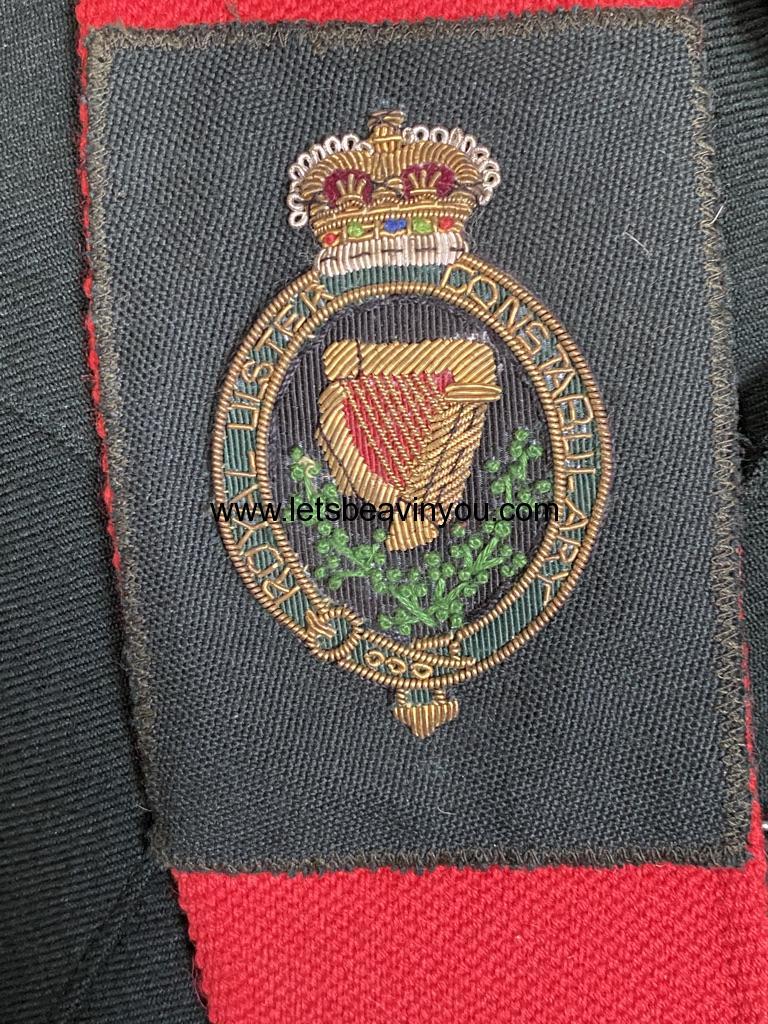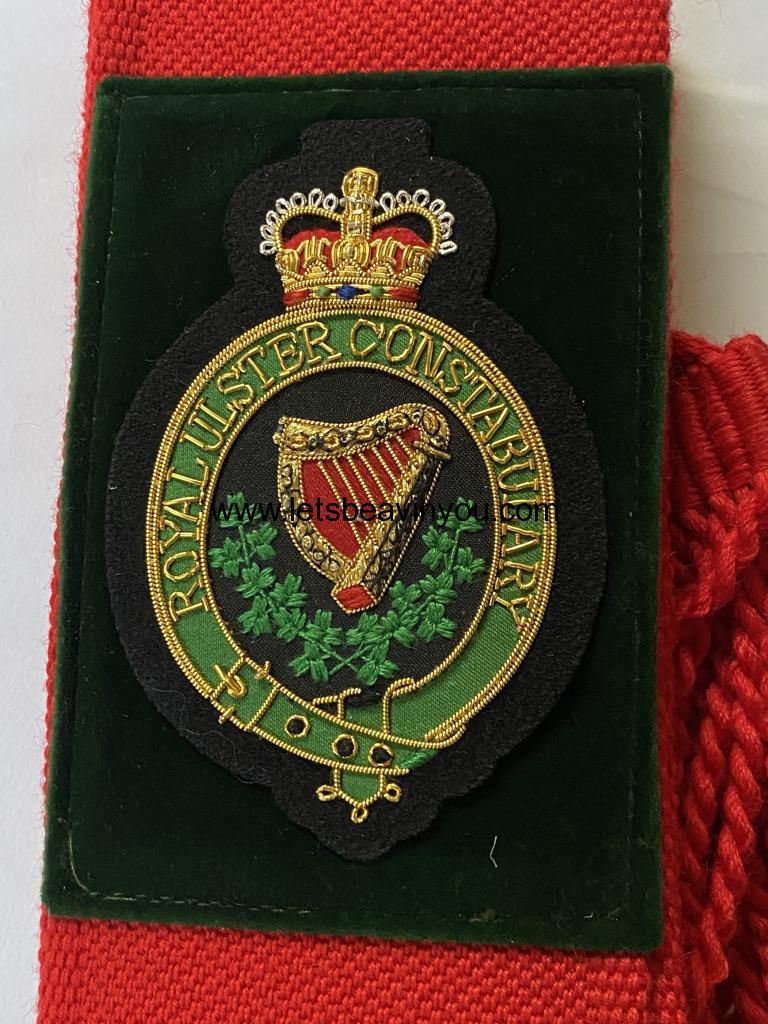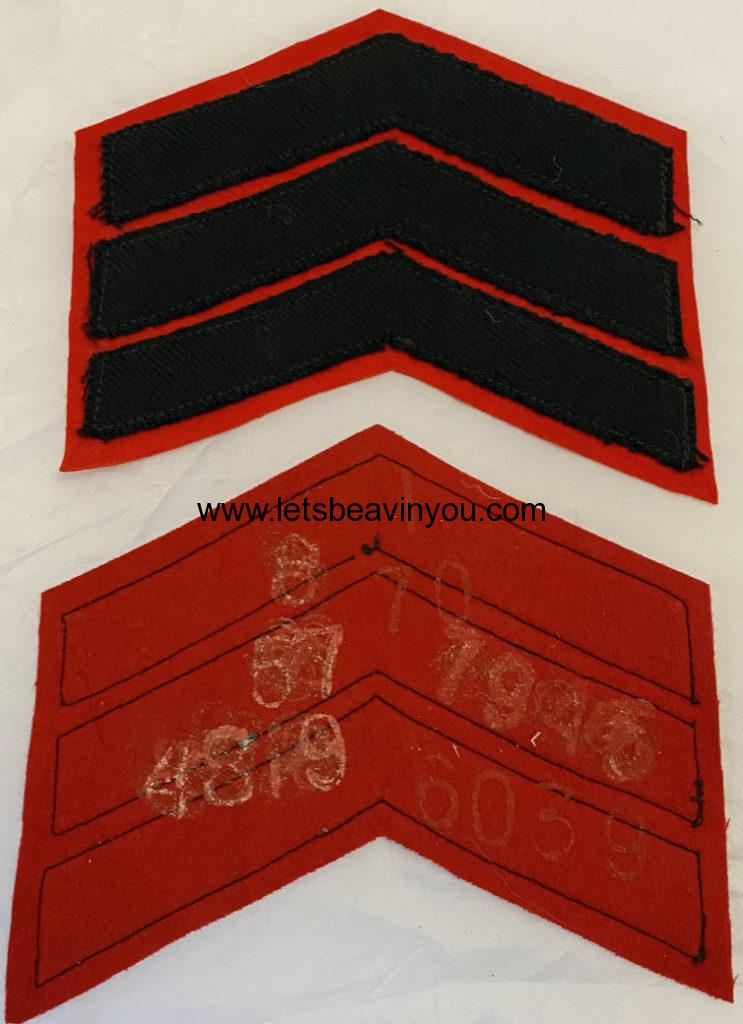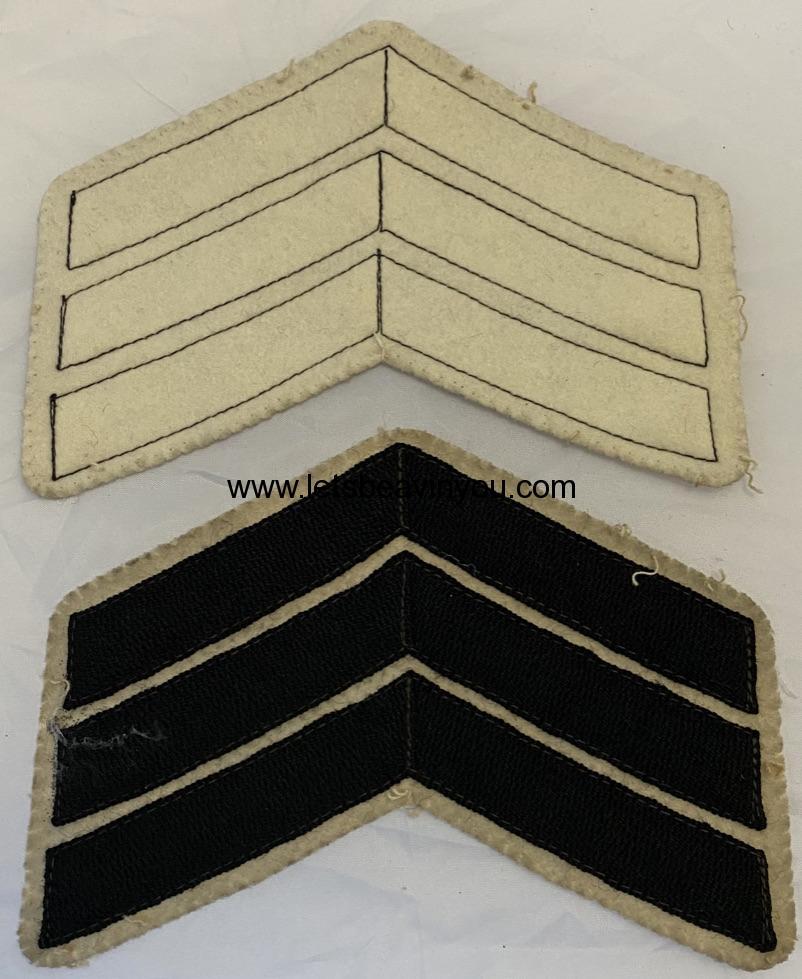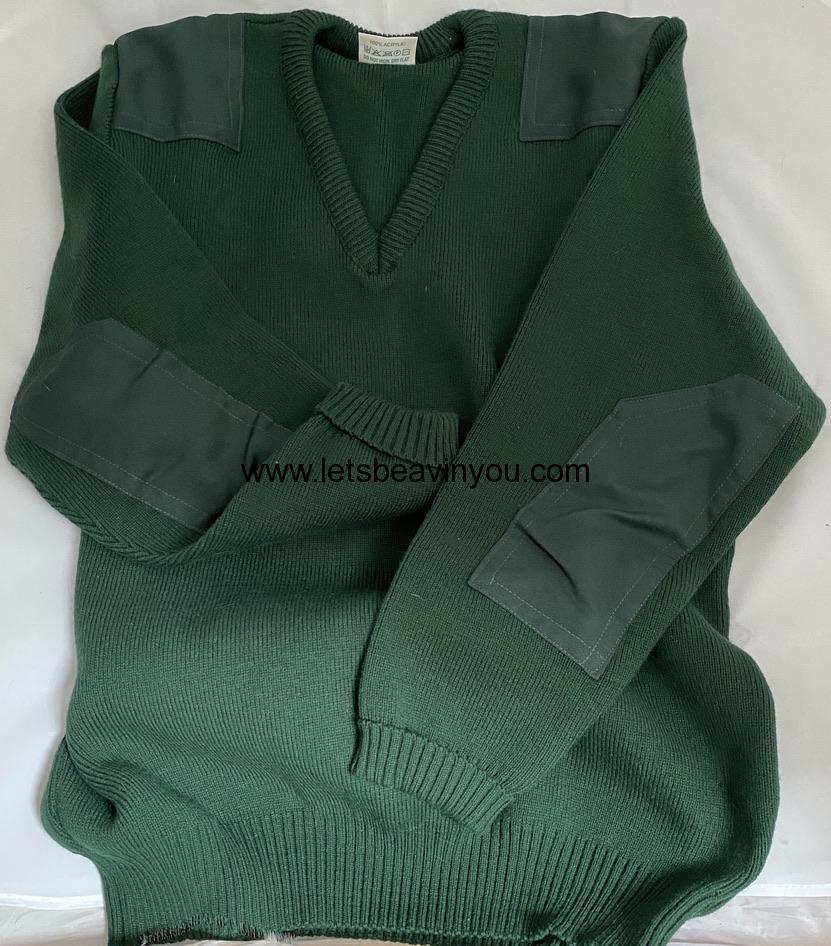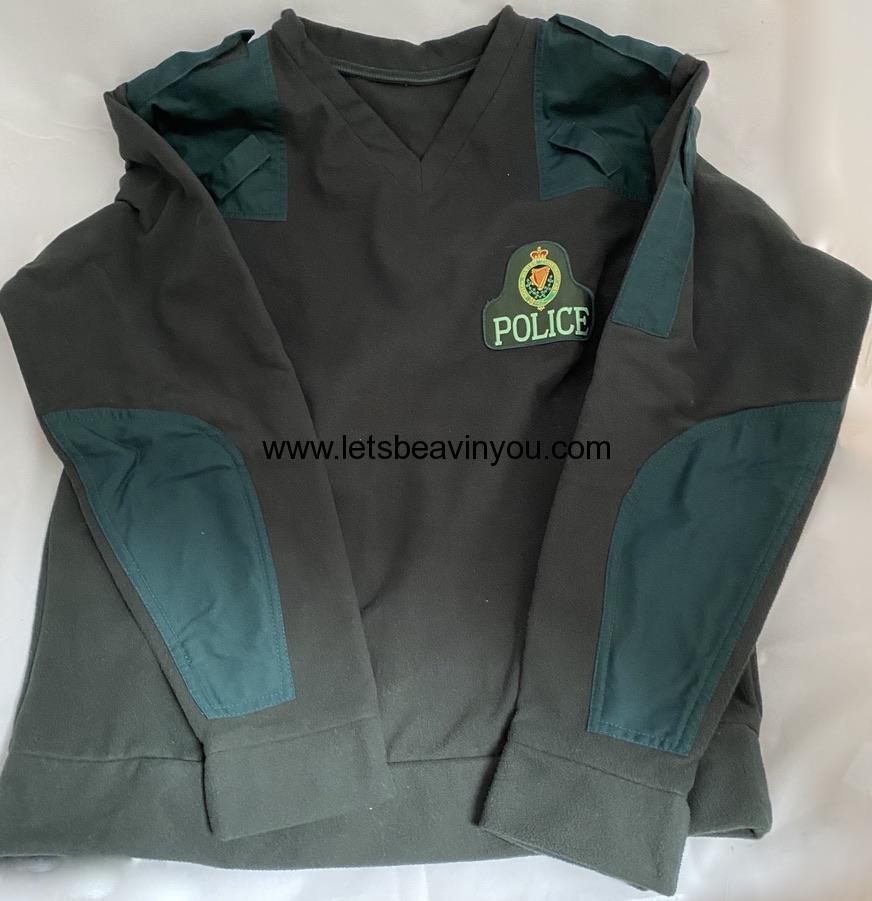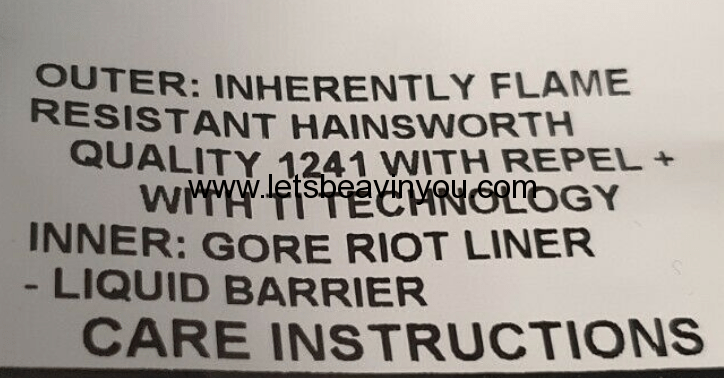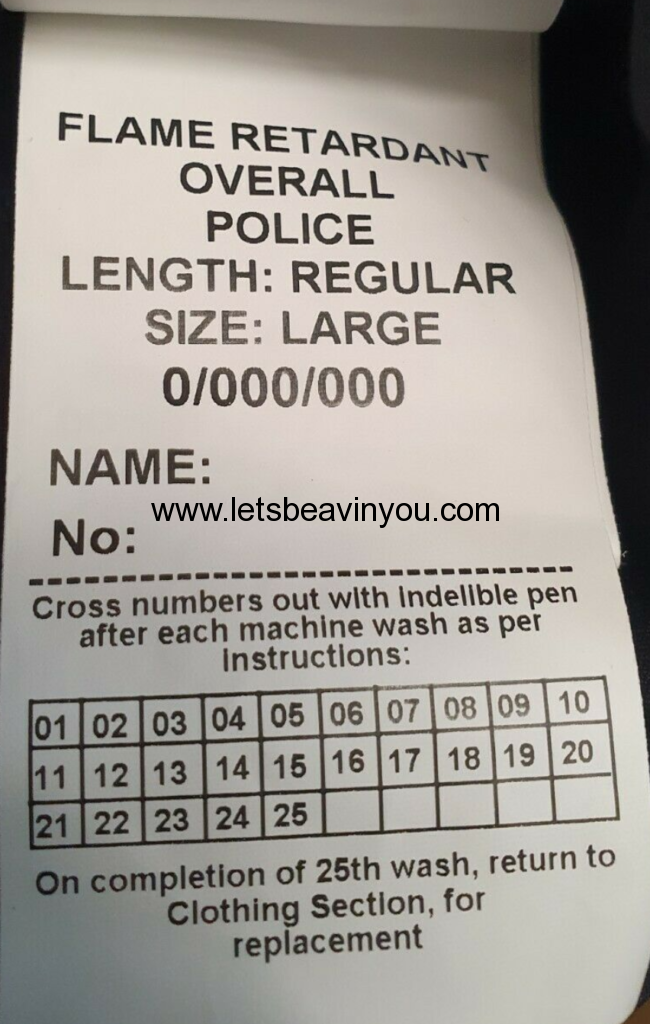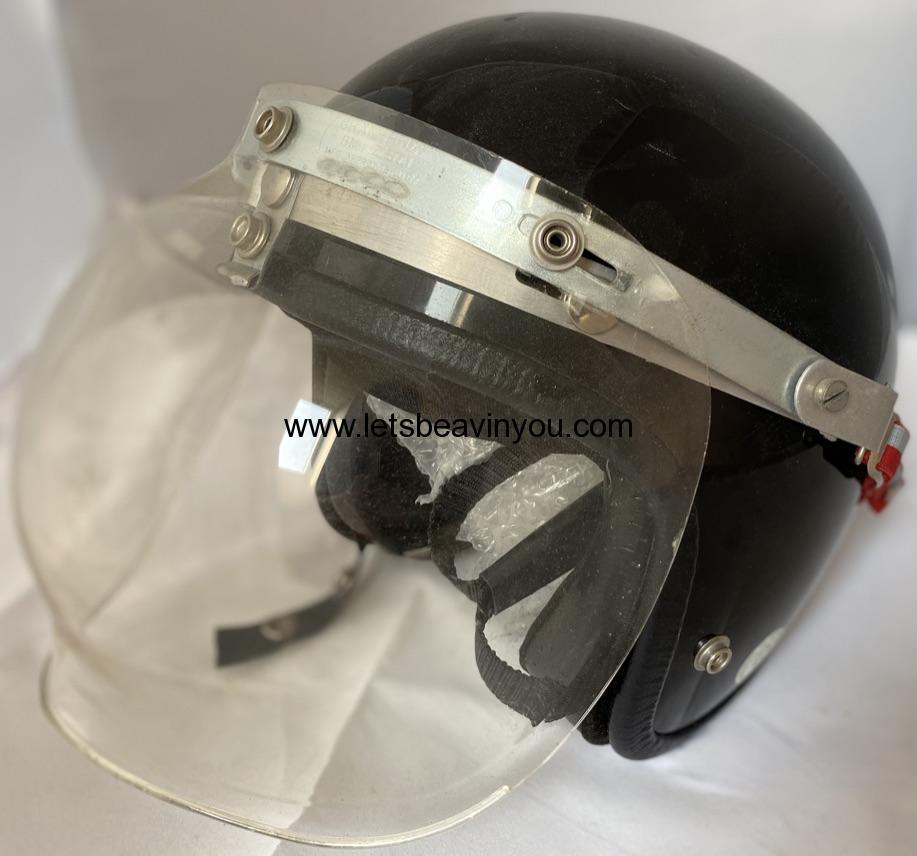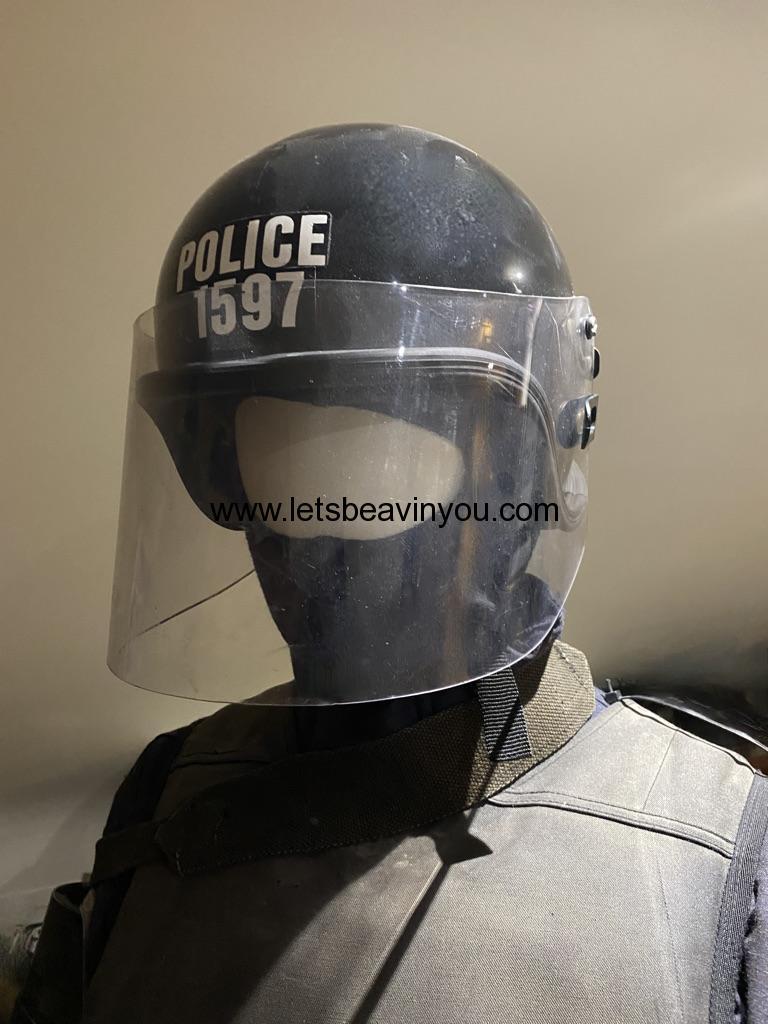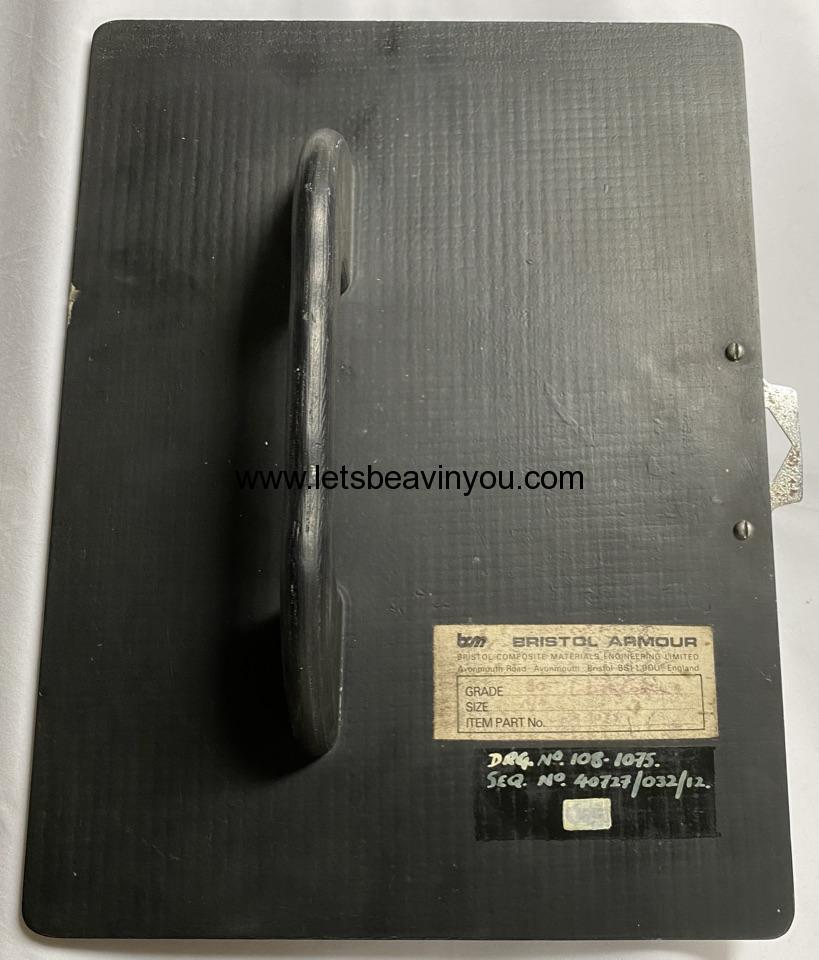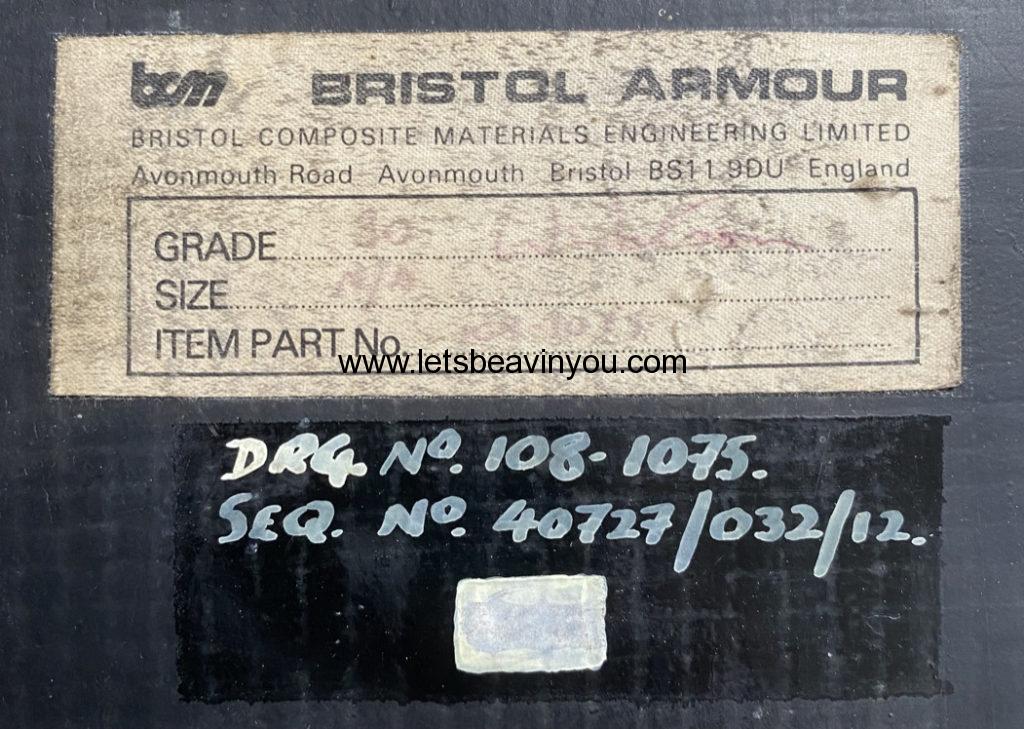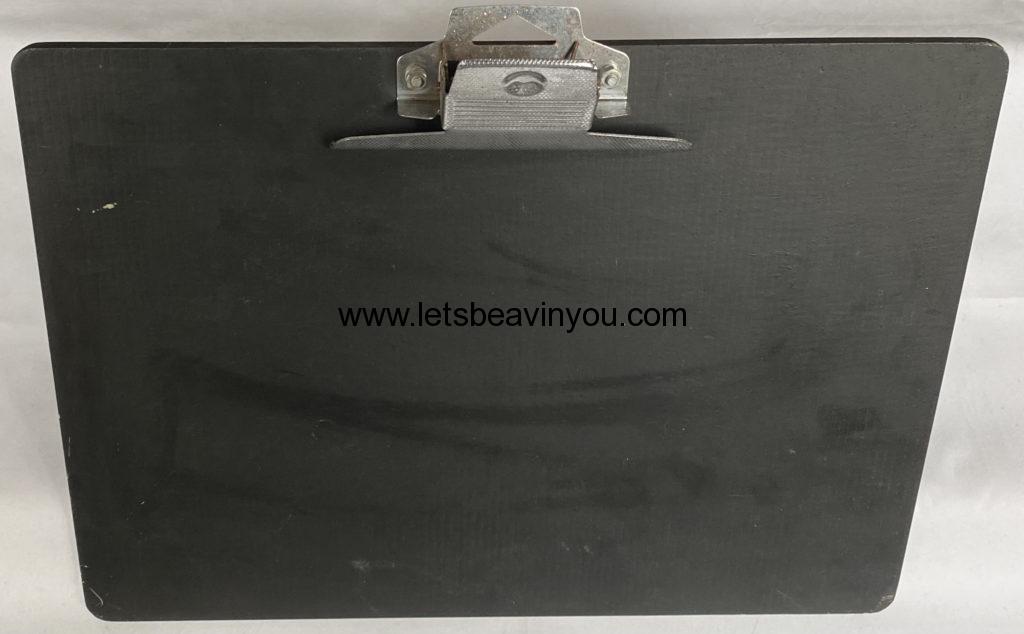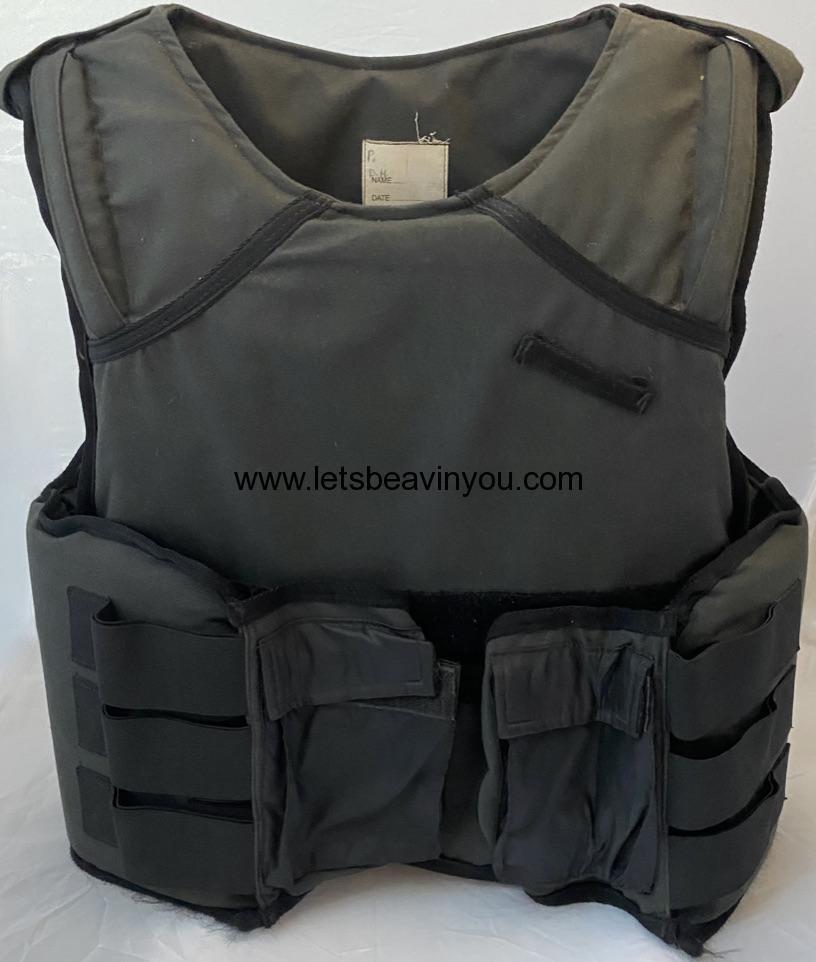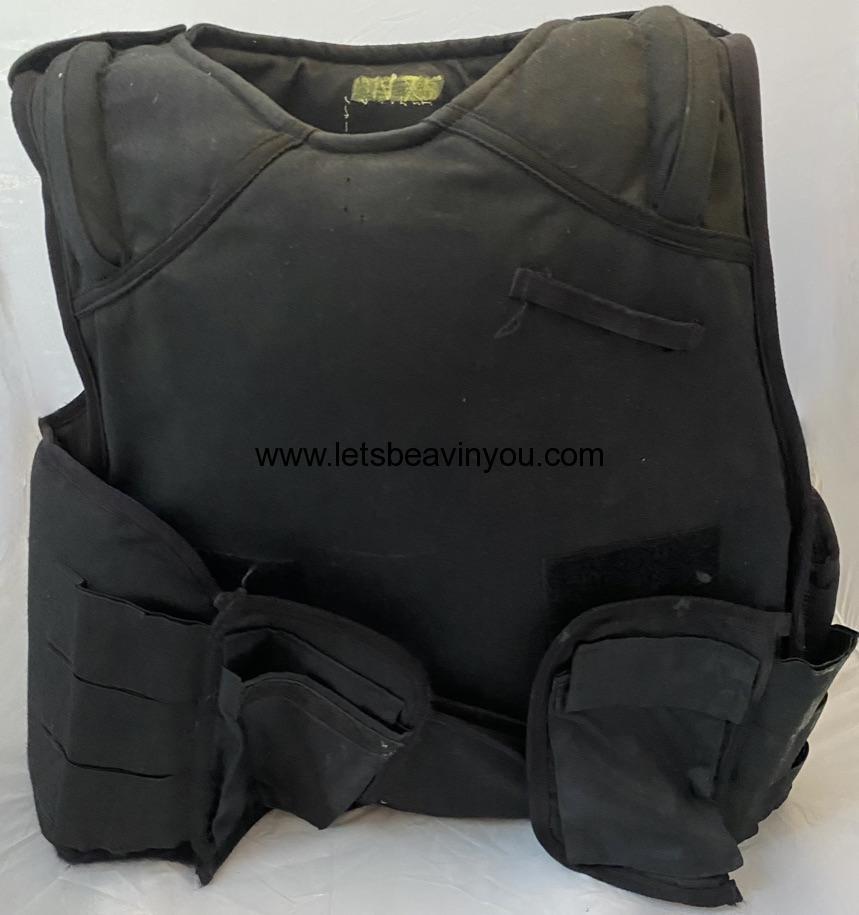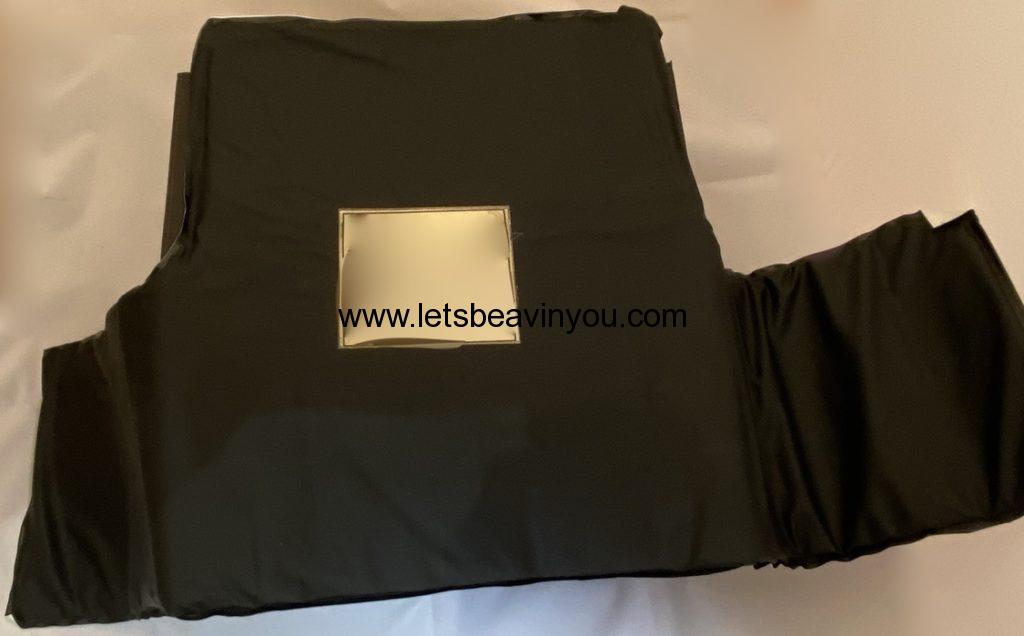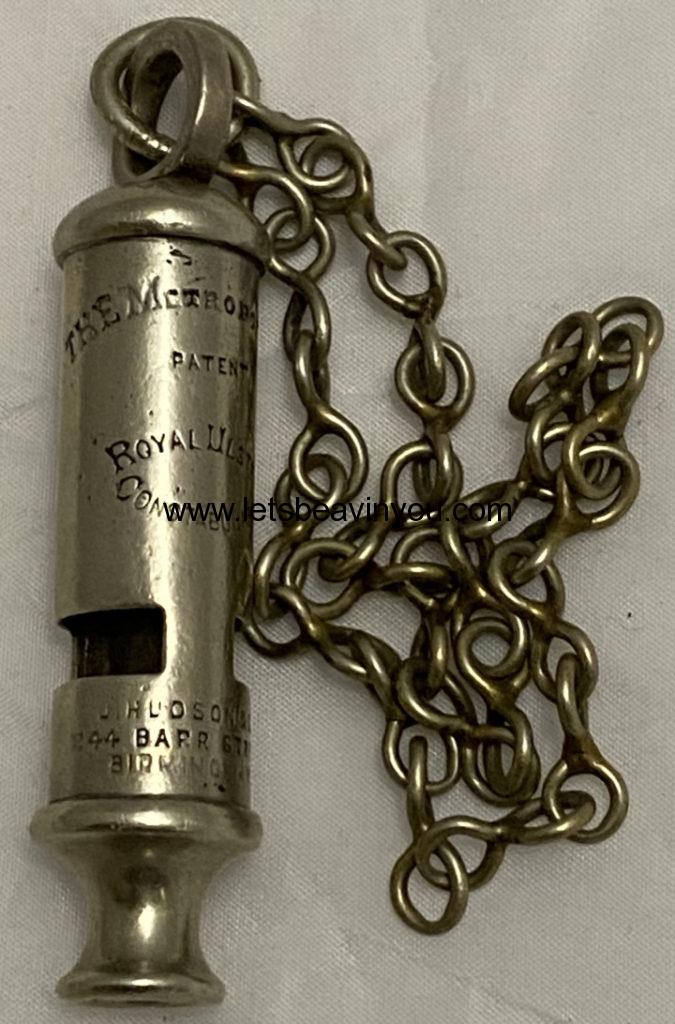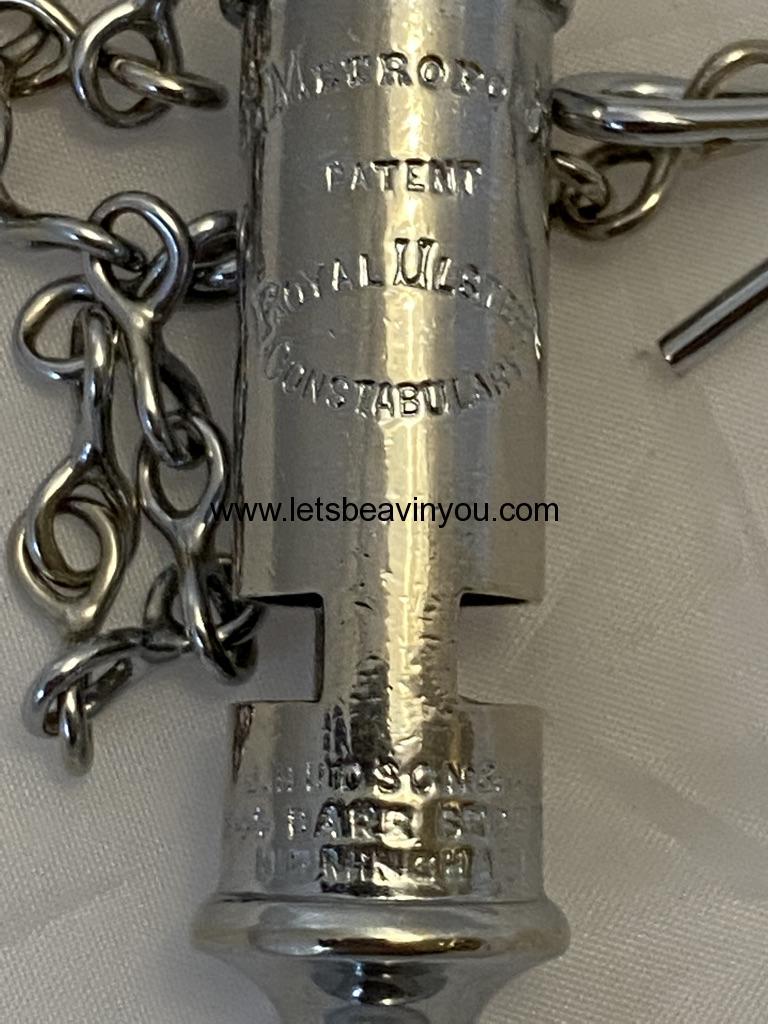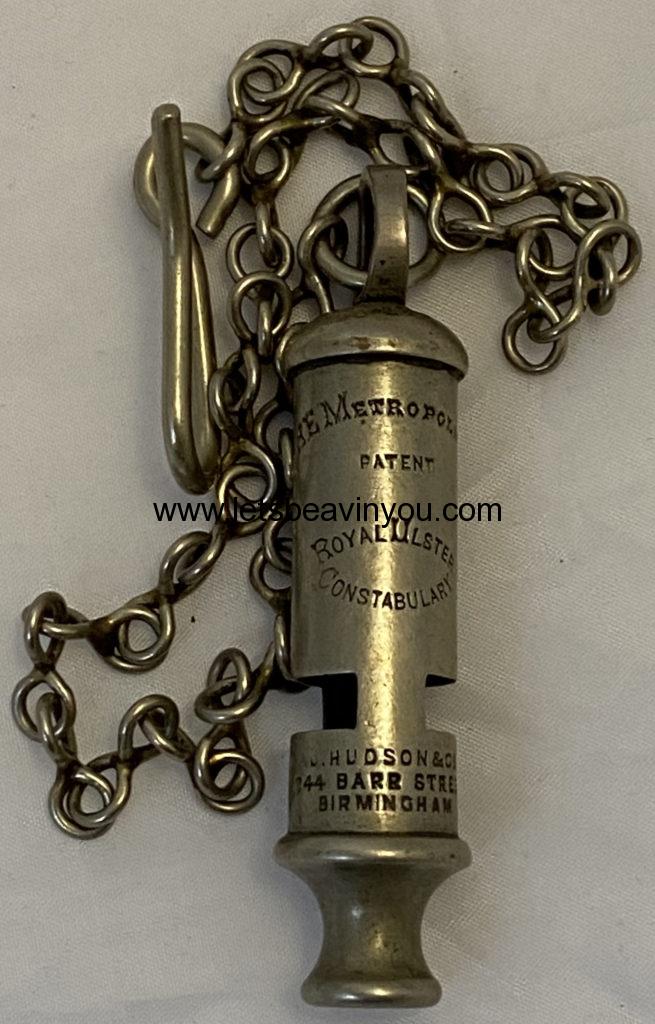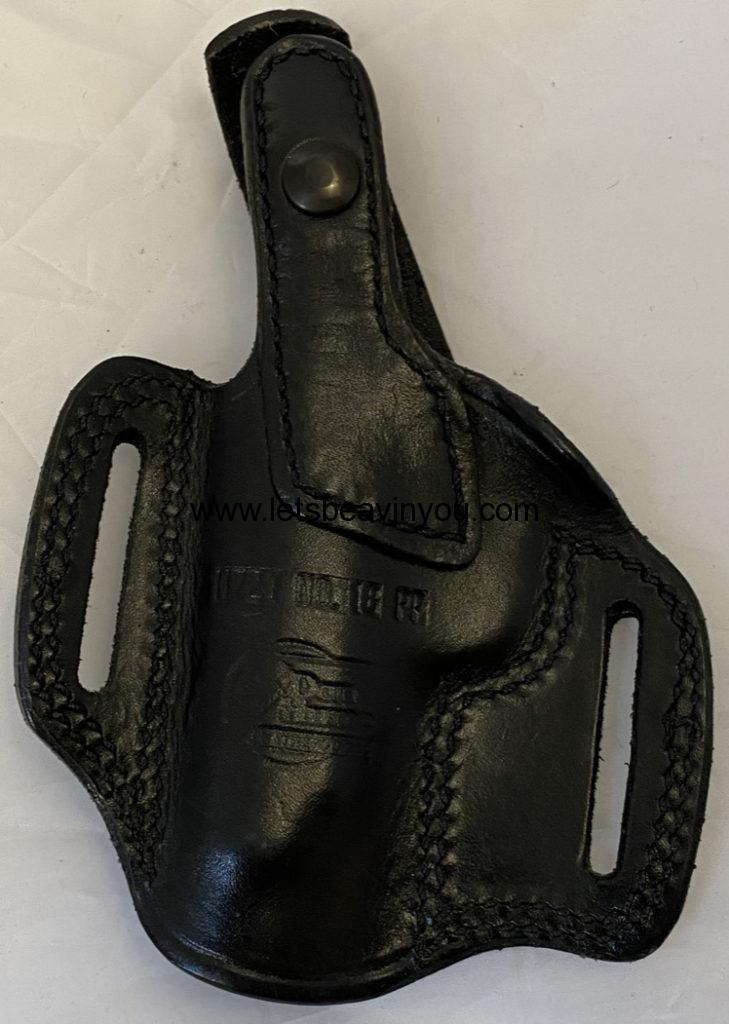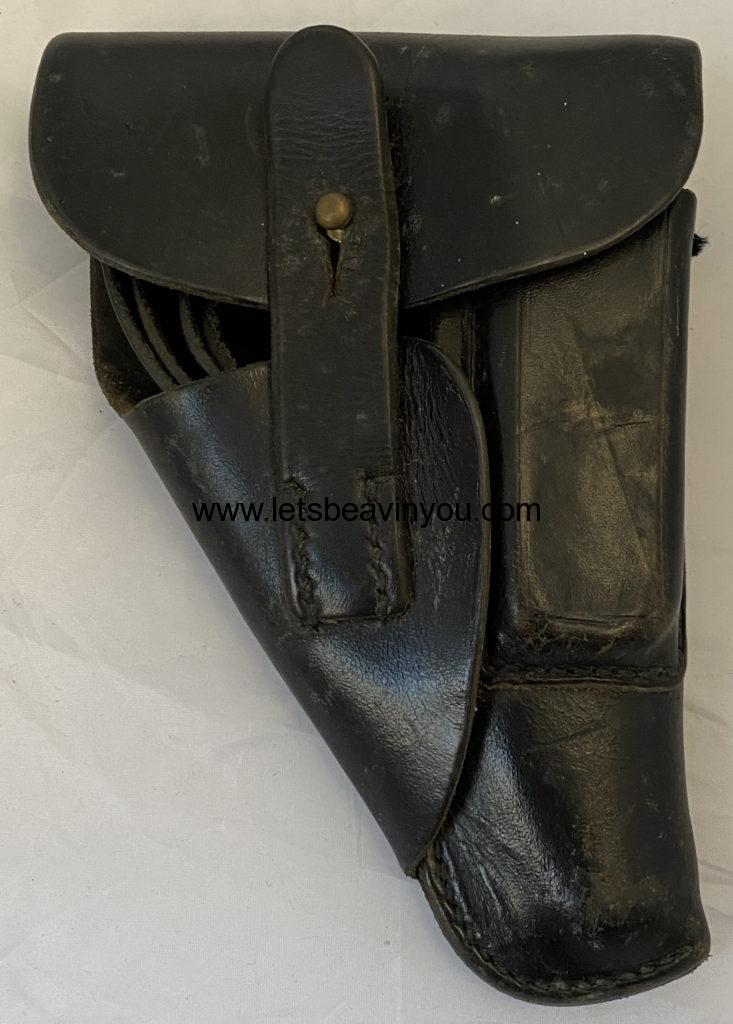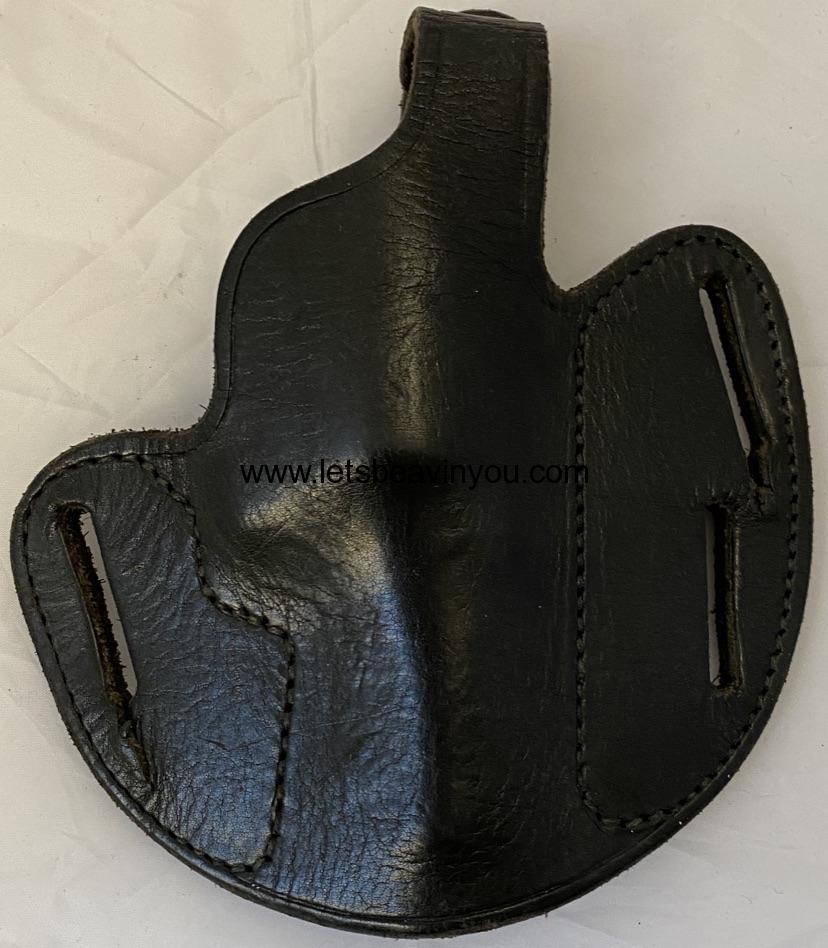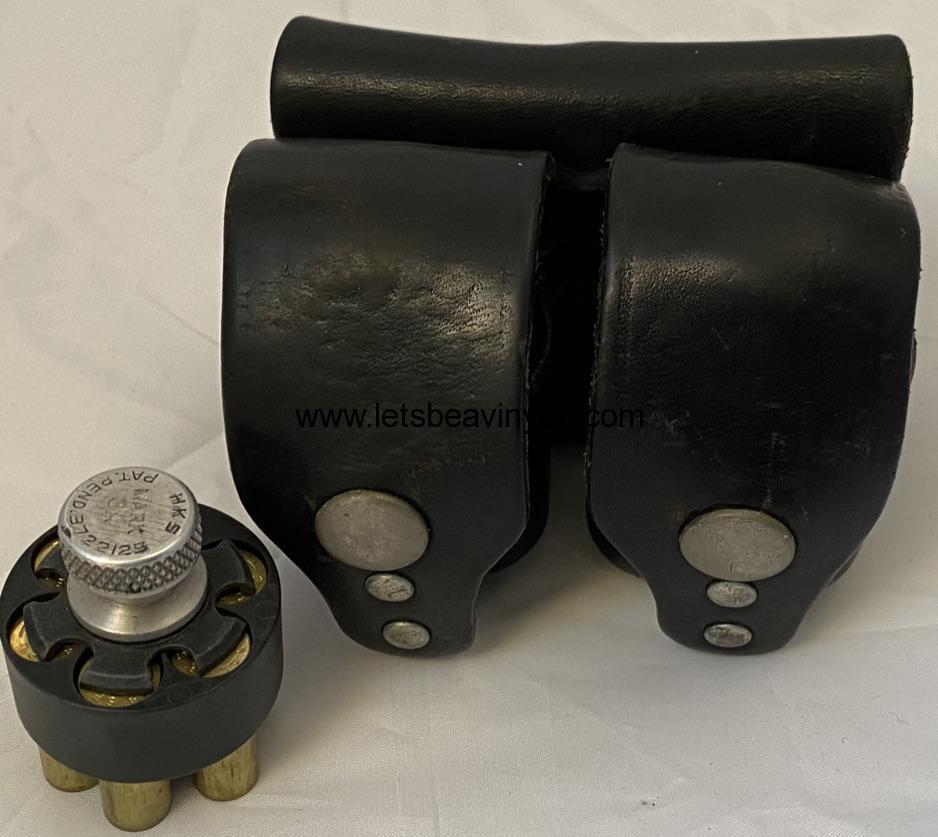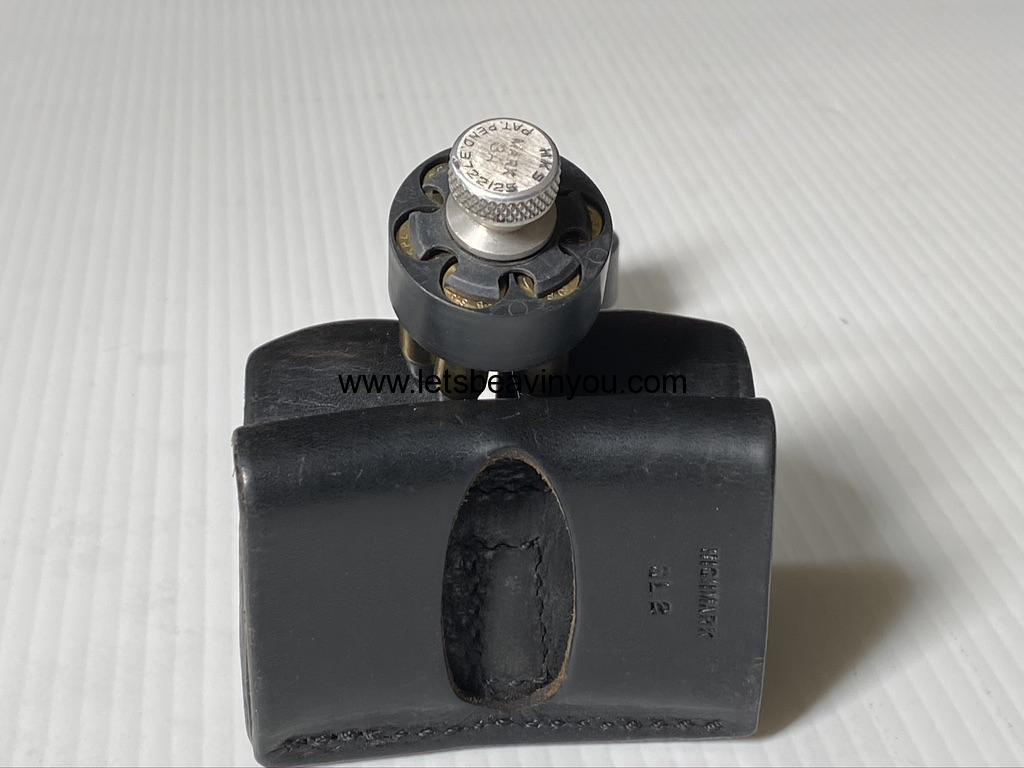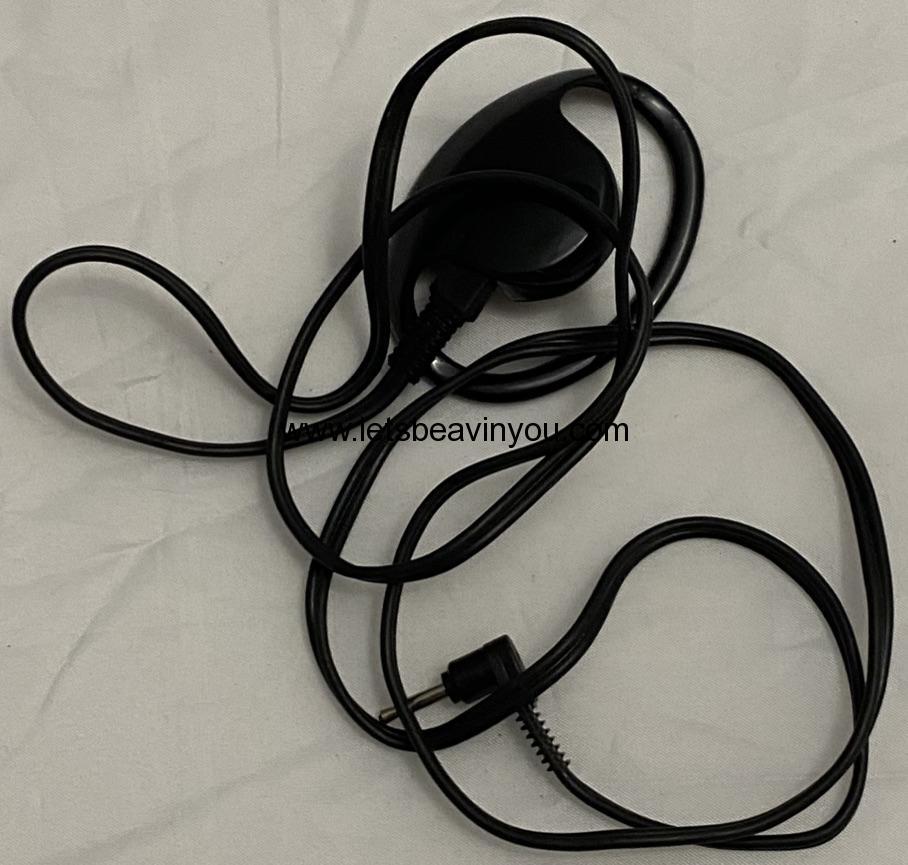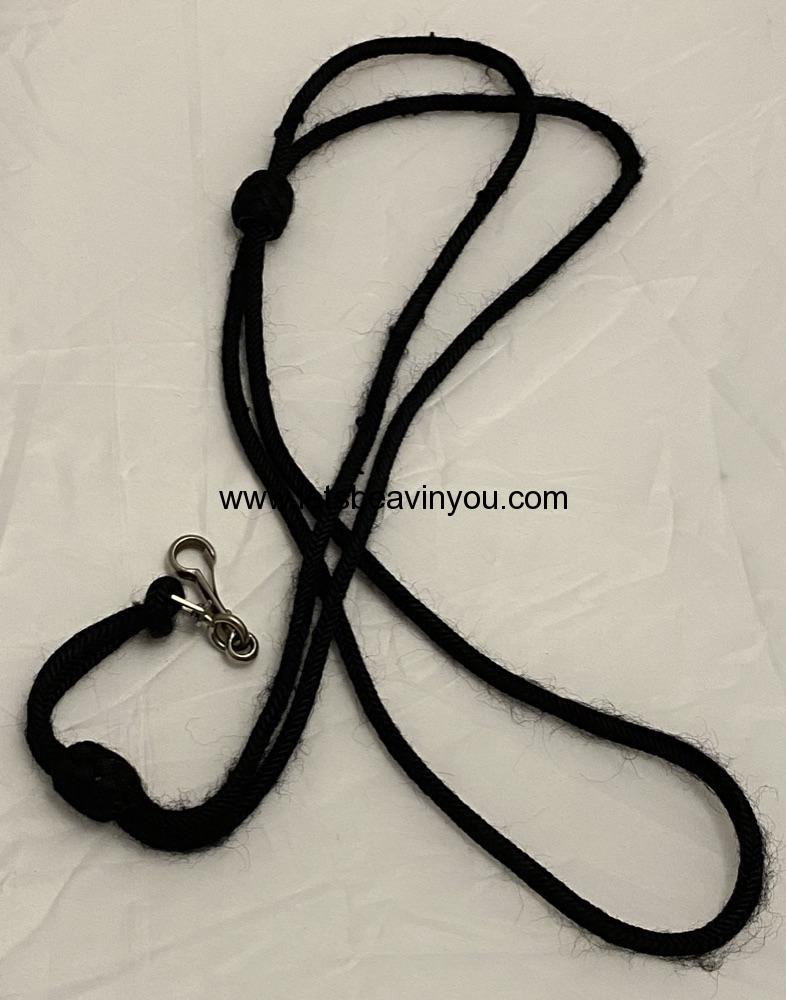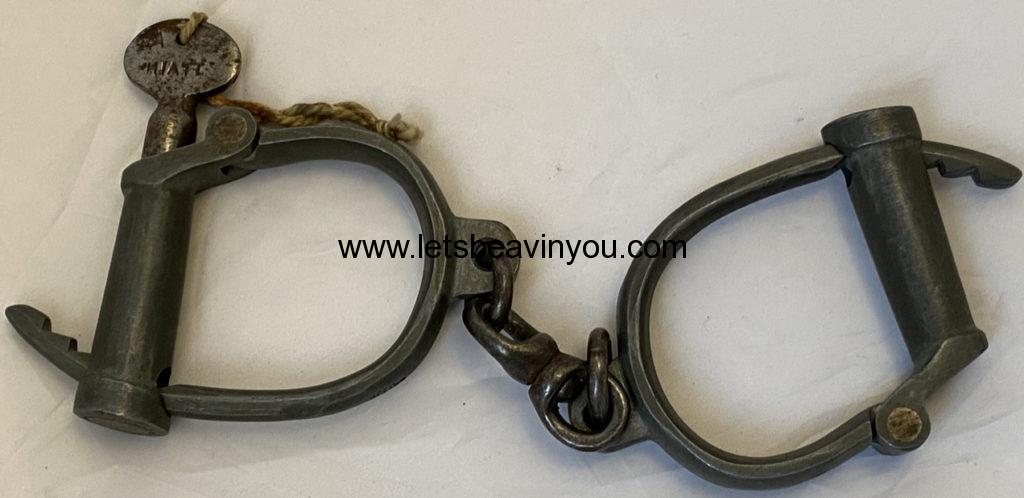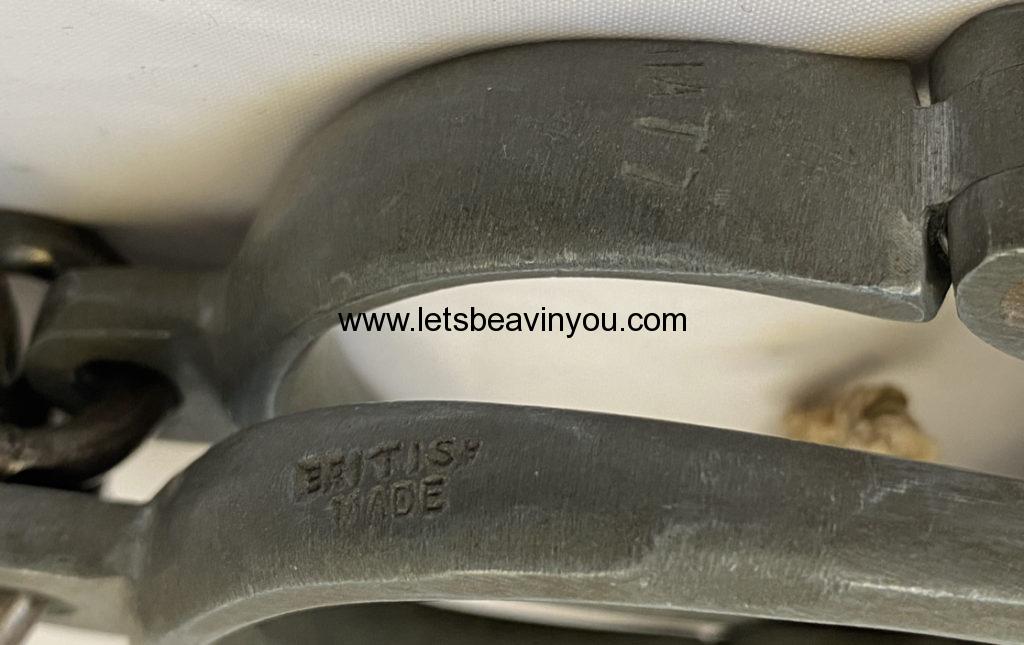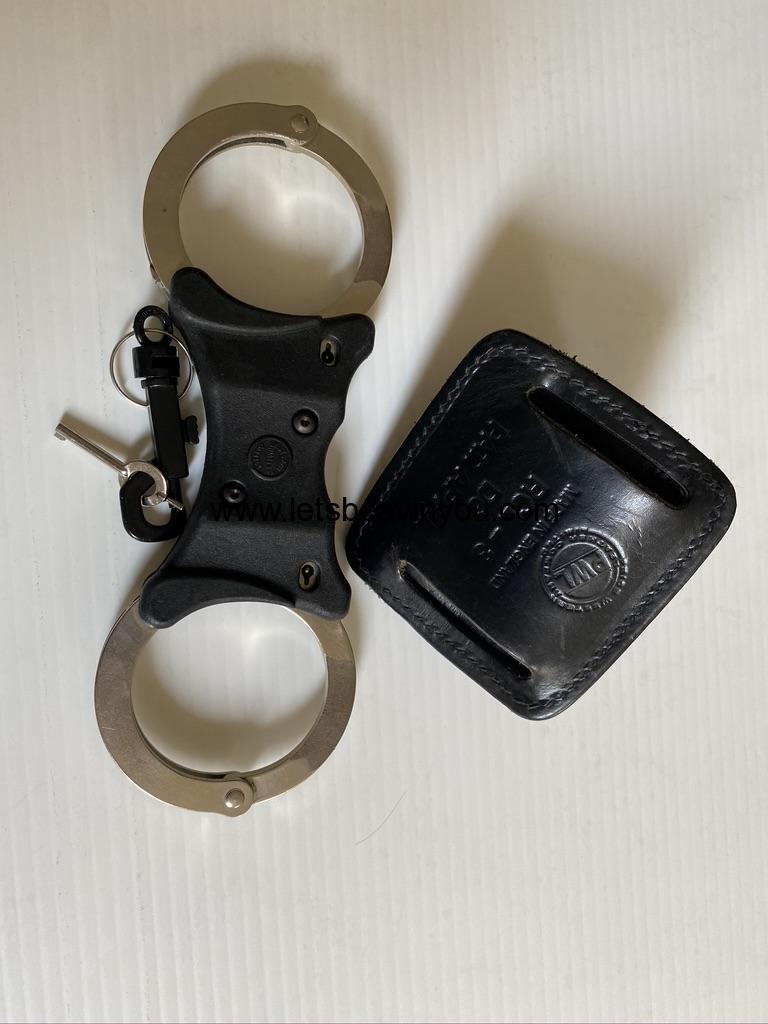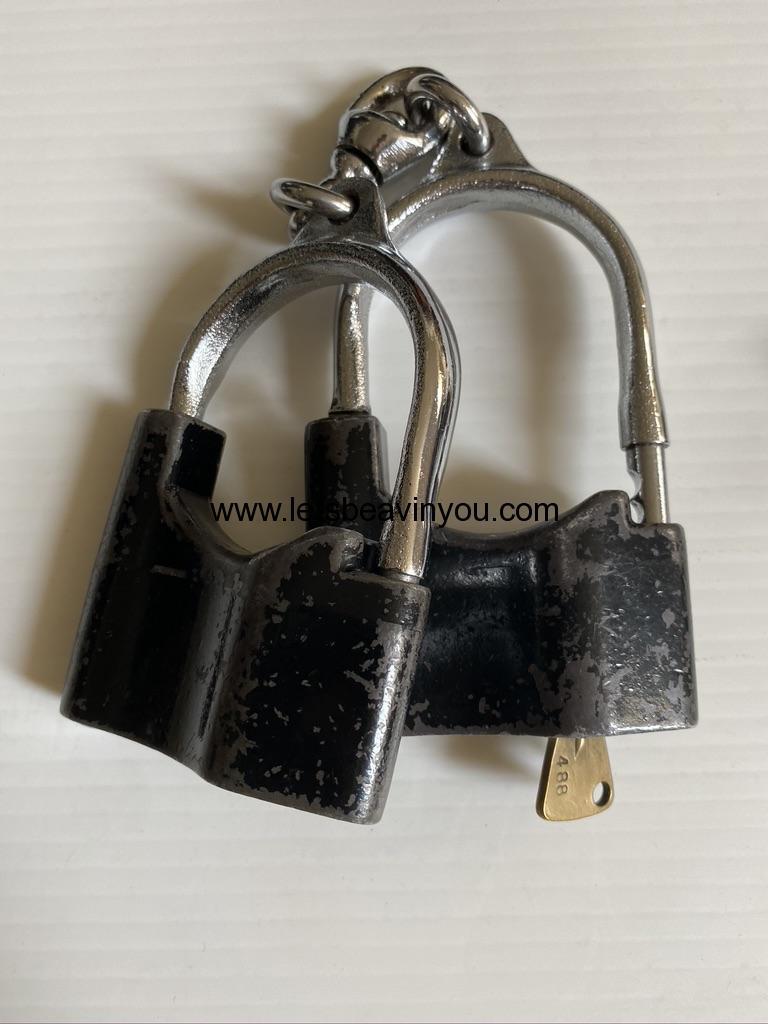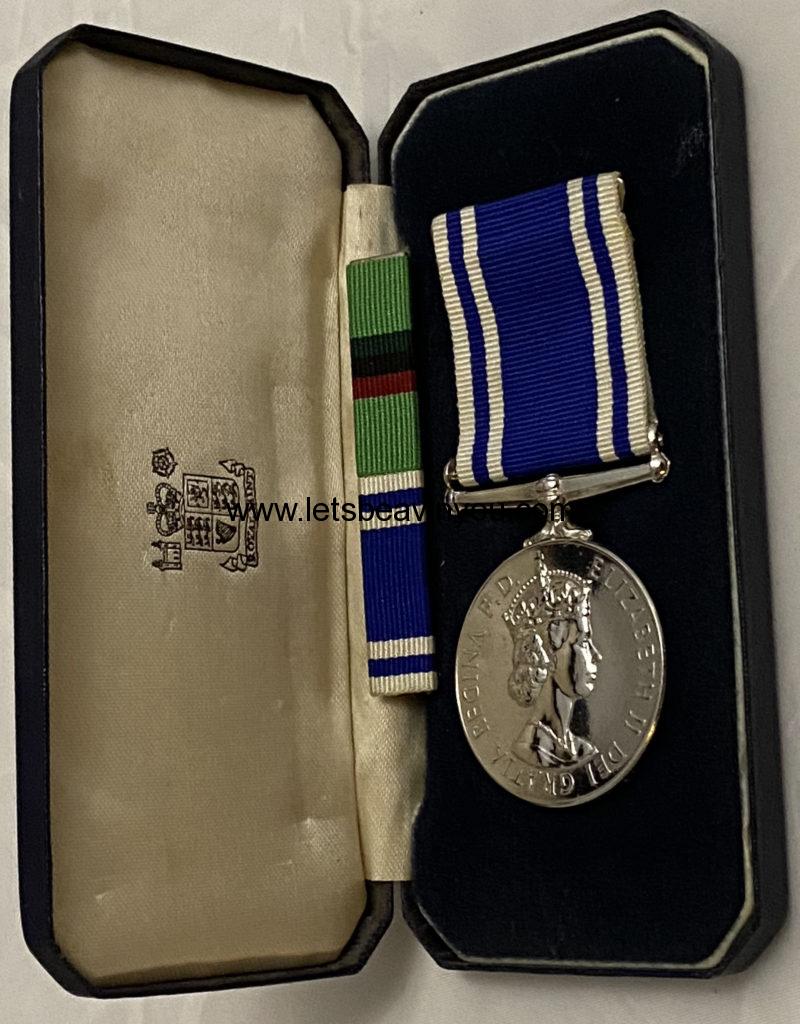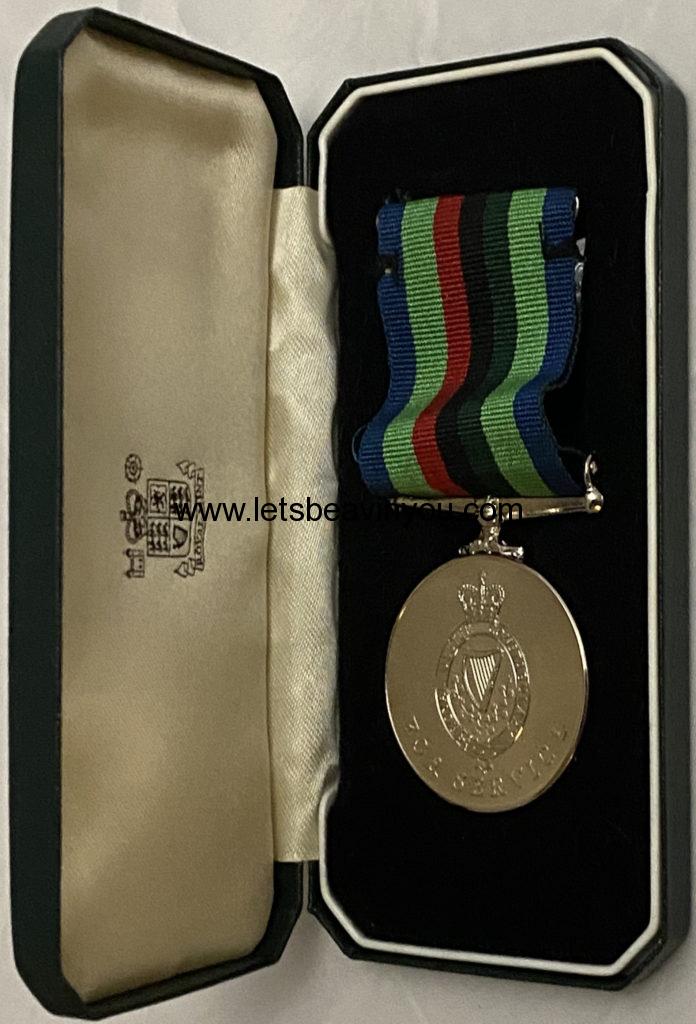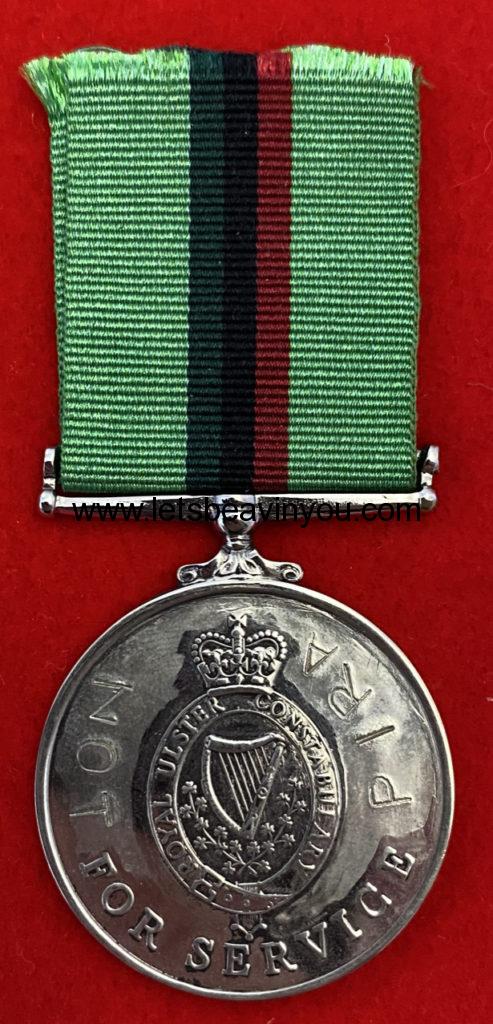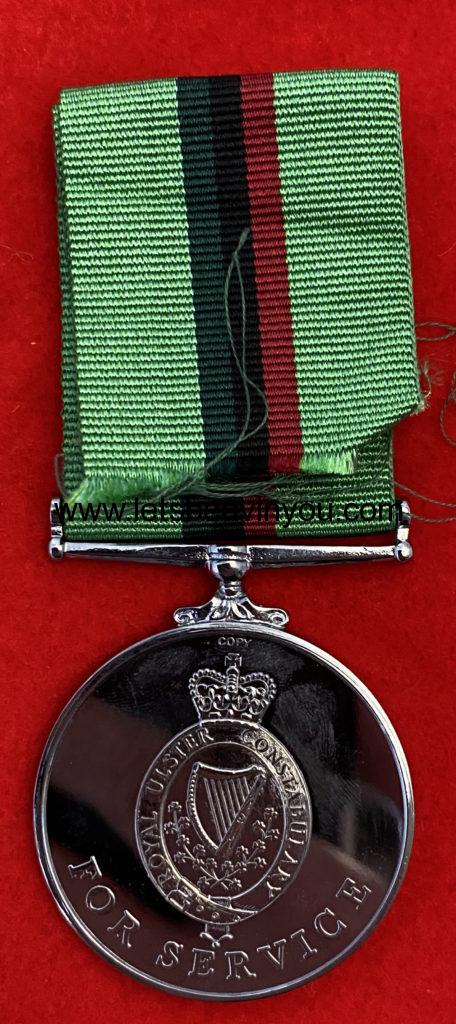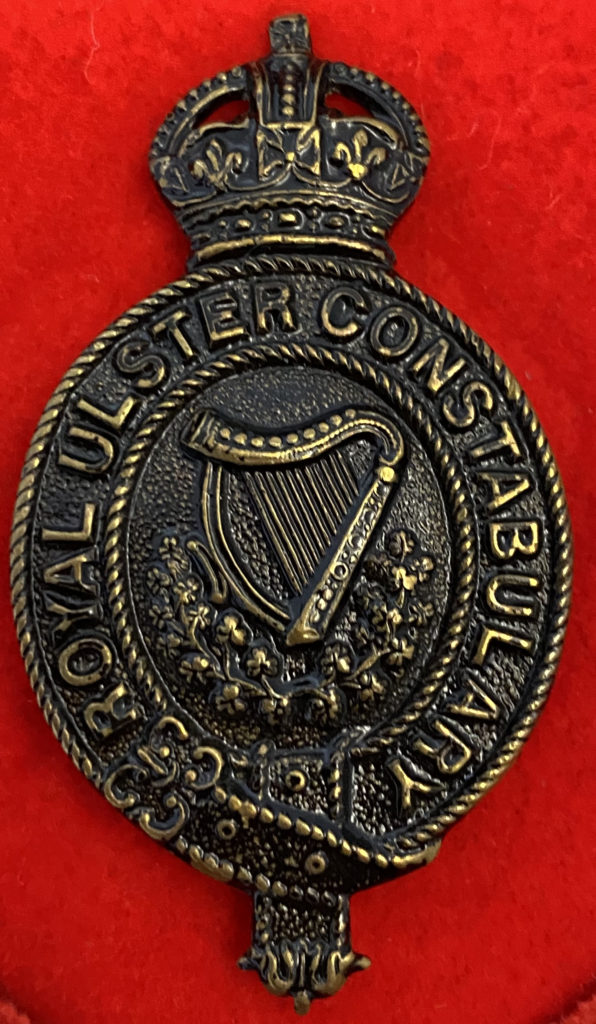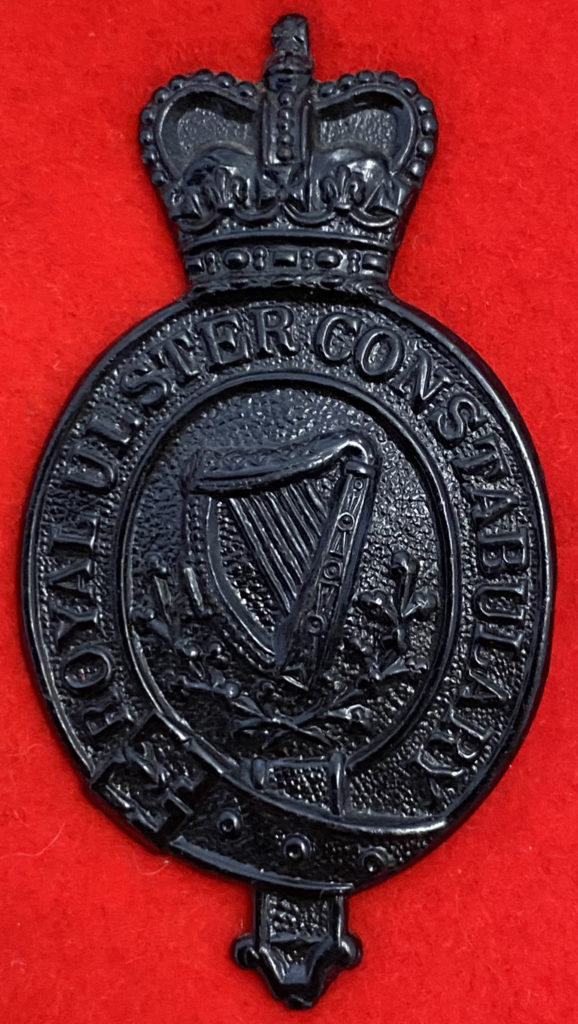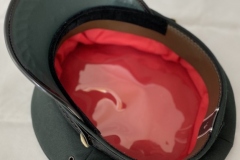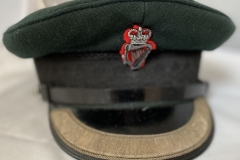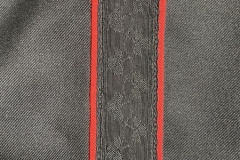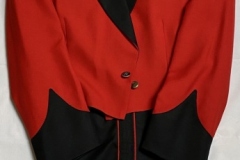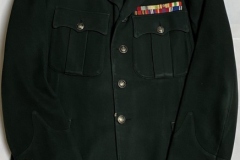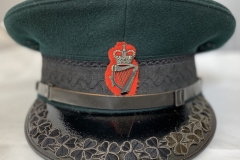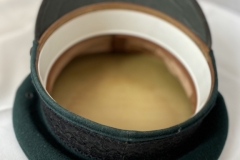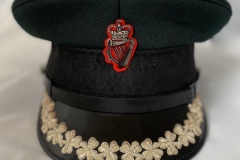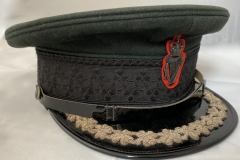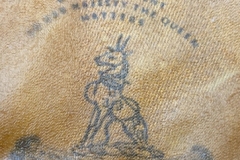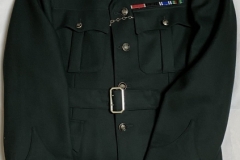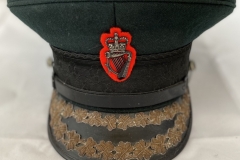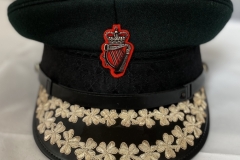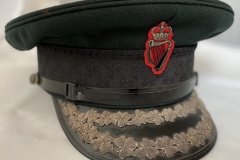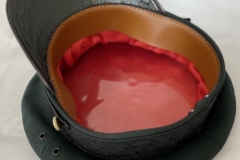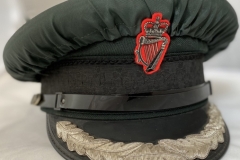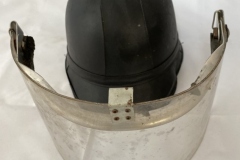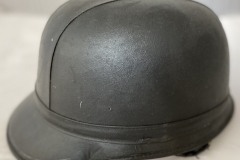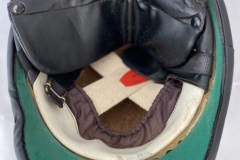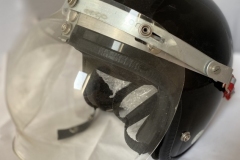When I first set up this page I started with my more modern caps and uniforms, as these were the first things I’d photographed and catalogued. Now that my collection is a bit more structured, I’ve decided to use a chronological approach, starting with the earliest in whatever category I have and moving forward. There are two clear historical phases to the RUC: the first from establishment until the Hunt reforms when the RUC operated as a clear successor force to the RIC and then post-Hunt, when an effort was made to organise the force on a similar basis to colleagues in Great Britain.
I’ve also decided now that the website is growing, to remove the ‘equipment’ parts to their own page, to keep it more orderly and also to reduce the size of the galleries at the end of each page to a more manageable size. As I noted on the ‘Other RUC Uniform’ page, it is somewhat subjective what ‘uniform’ is, as opposed to ‘equipment’. I stick to an admitedly imperfect definition that if it was worn, it’s probably uniform (or working dress), but if it was carried then it’s equipment. So a set of handcuffs on its own is equipment, but on a utility belt in a patrol scenario then it’s uniform. Not ideal I know. If what you are looking for isn’t on this page, then try another.
1922 – 1970
The RUC was established in June 1922 as the police service of the new Government of Northern Ireland. That administration was keen to ensure that the RUC was different to its predecessor force, the RIC and so a new crest was designed, reflecting the seperate Ulster identity they wished to develop. This came in at least three trial variants, however, none of these proved popular with the new force and the government agreed to revert to the traditional RIC Crest. The reasons for its unpopularity have not been recorded, and it requires some supposition on my part, but history and tradition will have played its part, but also perhaps the financial implications. At least until the 1970s, RUC officers had to buy their own uniform, albeit they received an allowance. The need to buy new insignia, rather than continue using their existing uniform and buying RIC ‘handmedowns’ might also have been a factor.
And finally, the set I’ve been waiting for completed at last:
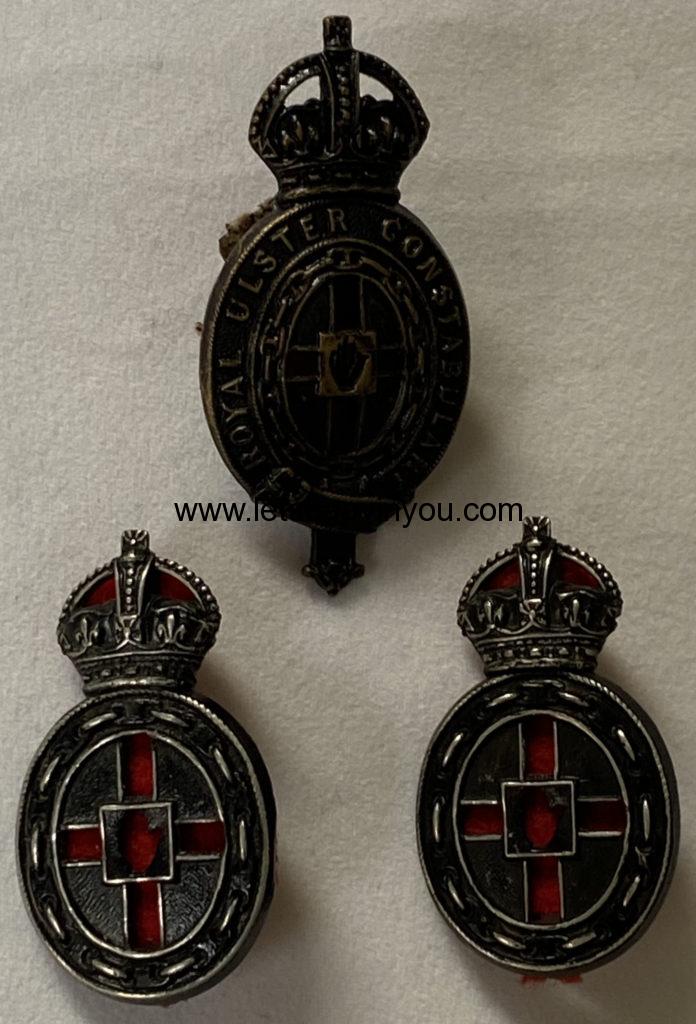
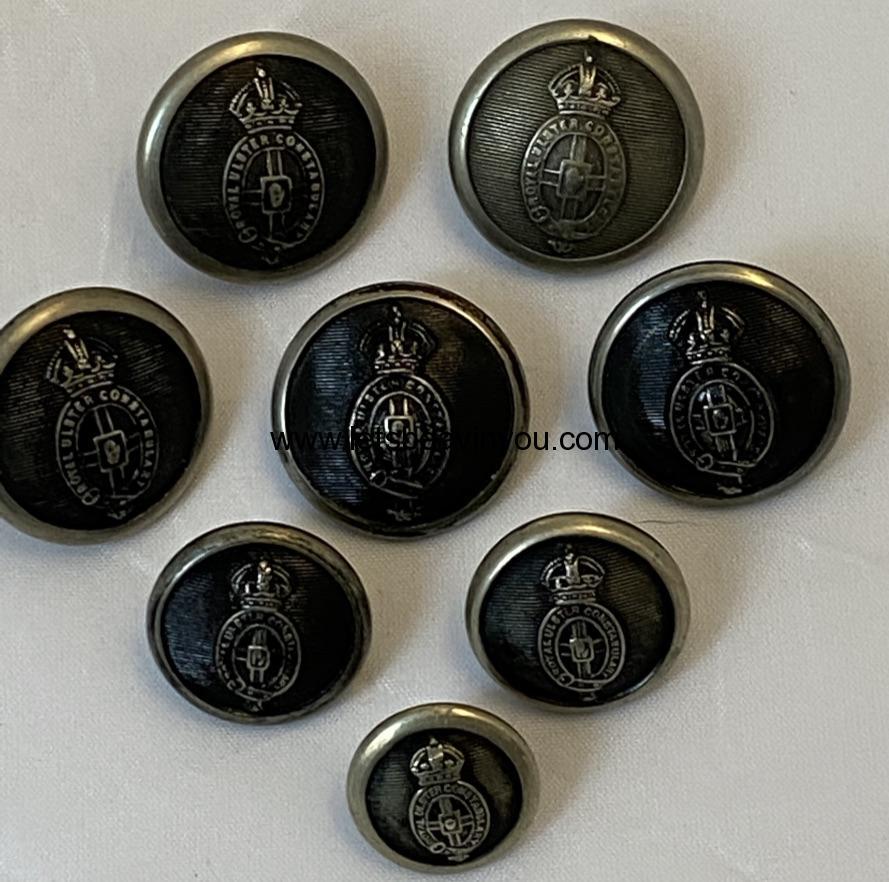
Due to the fact that none of the trialled transitional badges was adopted, there is little doubt that much of what was produced was scrapped. However, I recently purchased a Sword by Wilkinson that I can only suppose was recycled many years later. The number suggests that the sword was produced between 1952 and 1954 and it has the Queen’s cypher engraved mid blade, however, the guard appears to be the 1892 pattern and has the crest of the Coldstream Guards. I’ll admit to being no expert on swords, so feel free to explain why I’m wrong about the pattern, because that’s not the most interesting part (to me anyway). The bottom of the blade shows that it was made before the grant of a Royal Warrant from George VI as it bears the arms of the Late George V (1910-36). I haven’t actually found out when George VI gave Wilkinson a warrant, but presume he must have in the late 1930s.
So we have a sword finished 1952-54, but partly completed in the late-1930s. Turn the sword over, however and origins of the sword take a much more exciting twist:
There is no mistaking this as anything other than one of the variant transitional RUC crests from 1922-25. One can only guess how this strange hybrid came into existance, but logically it was first engraved in 1922 for the RUC, but before it was finished the crest reverted to the Crowned Harp. Wilkinson were thus left with a blade that they couldn’t sell and so possibly put it in storage. Fast forward to the early 1950s and who knows – possibly a newly commissioned officer in the Coldstreams was offered a deal to use the half finished blade?
I don’t have a date for when the RUC officially adopted the Crown and Harp of the RIC as their official crest, but it was likely 1924 or 1925. As noted above, the decision to do so was possibly a reflection of the feeling of the former RIC officers, but may also have been recognised as something of a pragmatic blessing for the Northern Government. Unlike the new Free State which had to re-equip with all new uniforms, forms and signage outside of the Dublin Metropolitan area, the RUC was able to continue in RIC uniform with no such pressures. This represented a considerable cost saving to the Northern Government and RUC barracks continued with RIC Station Badges until the 1930s and the introduction of the RUC Station Lamps. Similarly, the RUC was for many years to tacitly accept a mixture of RIC and RUC uniform (commonly Swords, whistles, buttons and cap badges) well into the 1970s, unsurprising perhaps given their similarity and items handed on through family succession. Other examples of uniform and equipment that transferred from RIC to RUC were spurs, gaitors and swagger sticks, albeit as will be shown, the RUC soon attracted a number of new designs and types.
Another example of a hybrid or handmedown is this RIC / RUC Greatcoat, which has a mixture of RIC and RUC buttons.
RUC Cap, also used by USC until 1970.
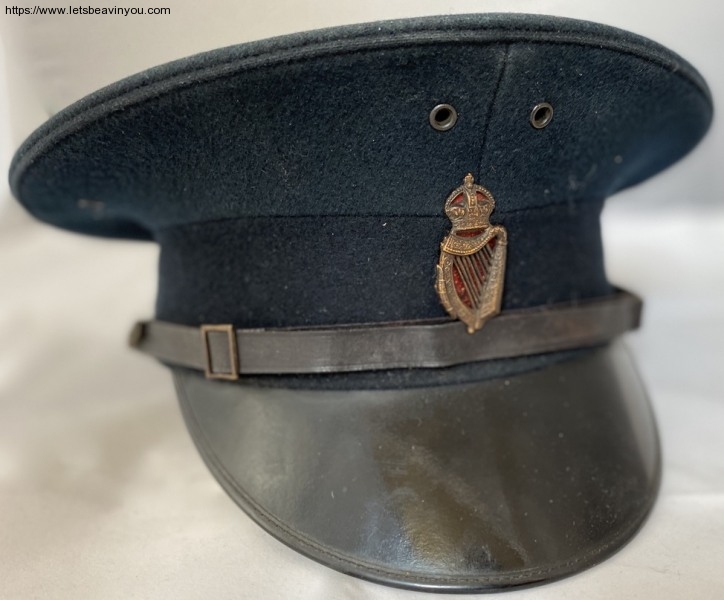
Officers stationed in the Boroughs of Belfast and Derry wore these bowler-style helmets for night duty with a rose top variant introduced for day wear in the 1970s. This latter type was not in use for very long due to the onset of the troubles and they were disposed of by Central Stores in the 1980s, making them relatively easy to pick them up in unworn condition.
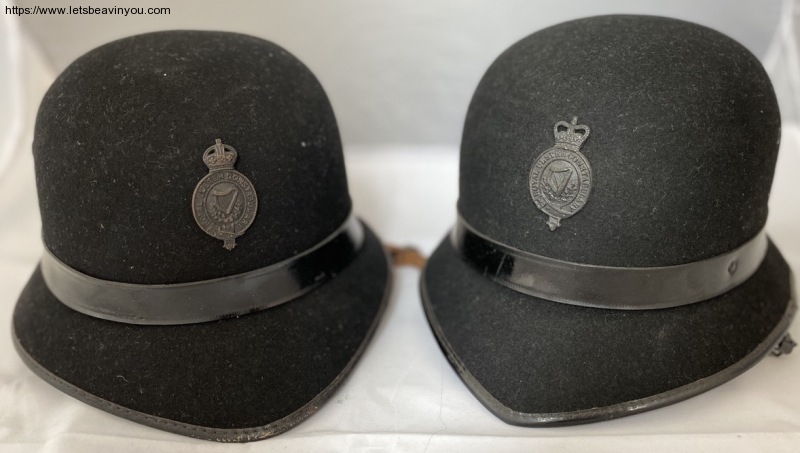
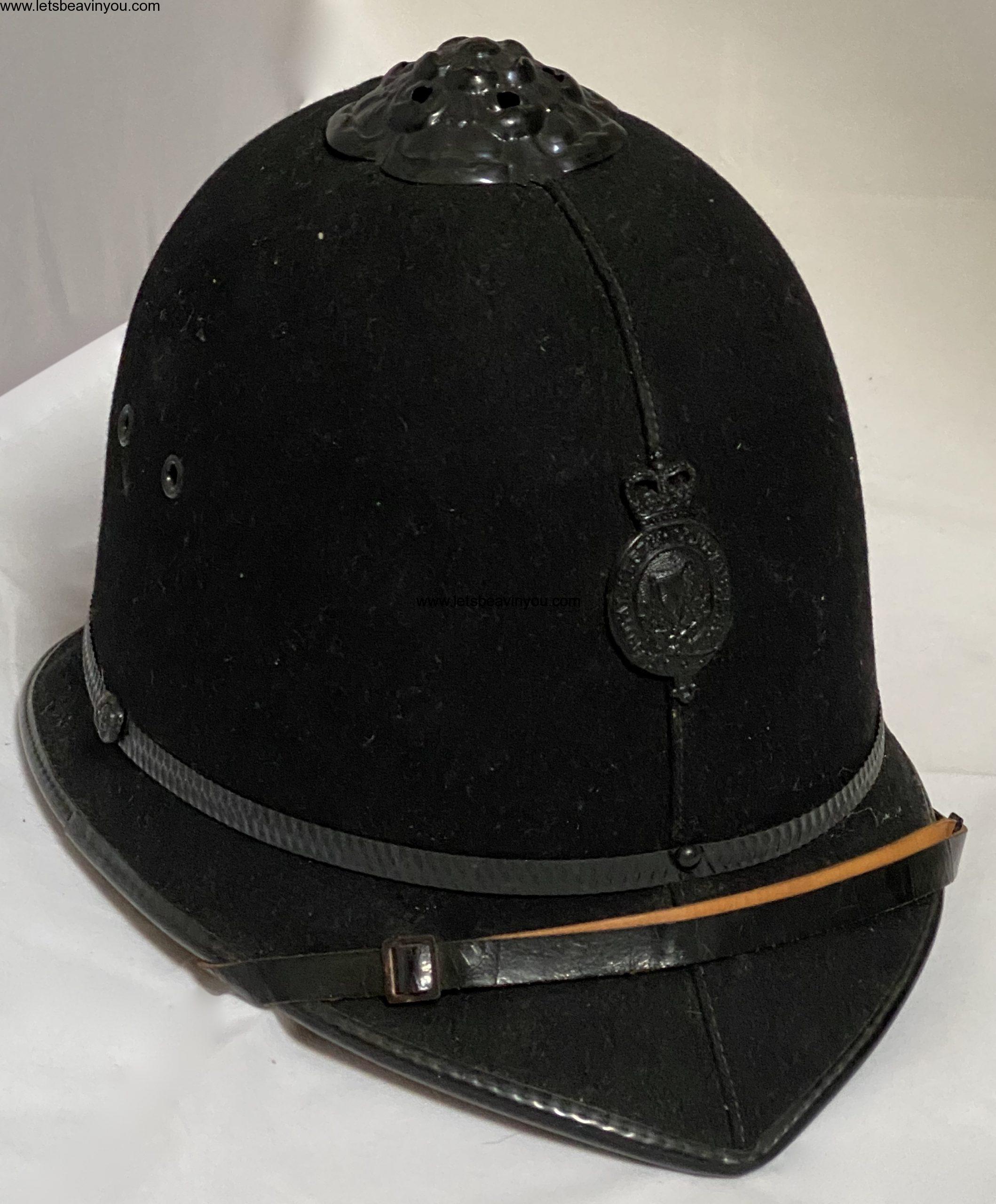
RUC uniform remained relatively unchanged until 1958 when the high collars were replaced with the more open jackets, shirt and tie, albeit the USC continued to utilise the old uniform until disbandment in 1970. Army battledress was also used when on patrol and by the Reserve Force:
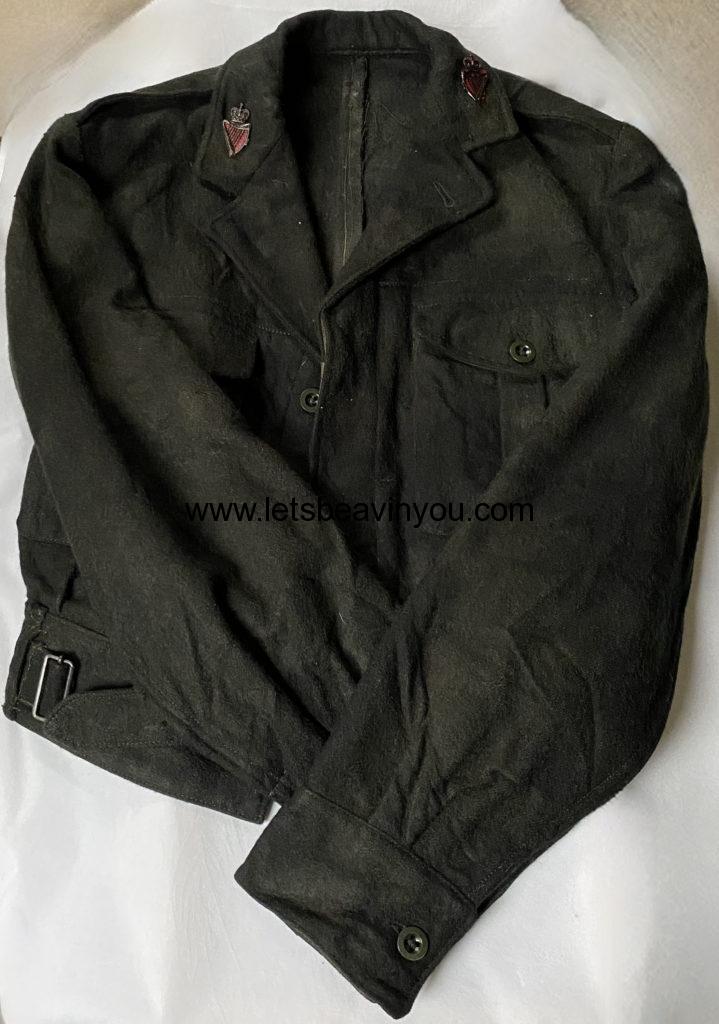
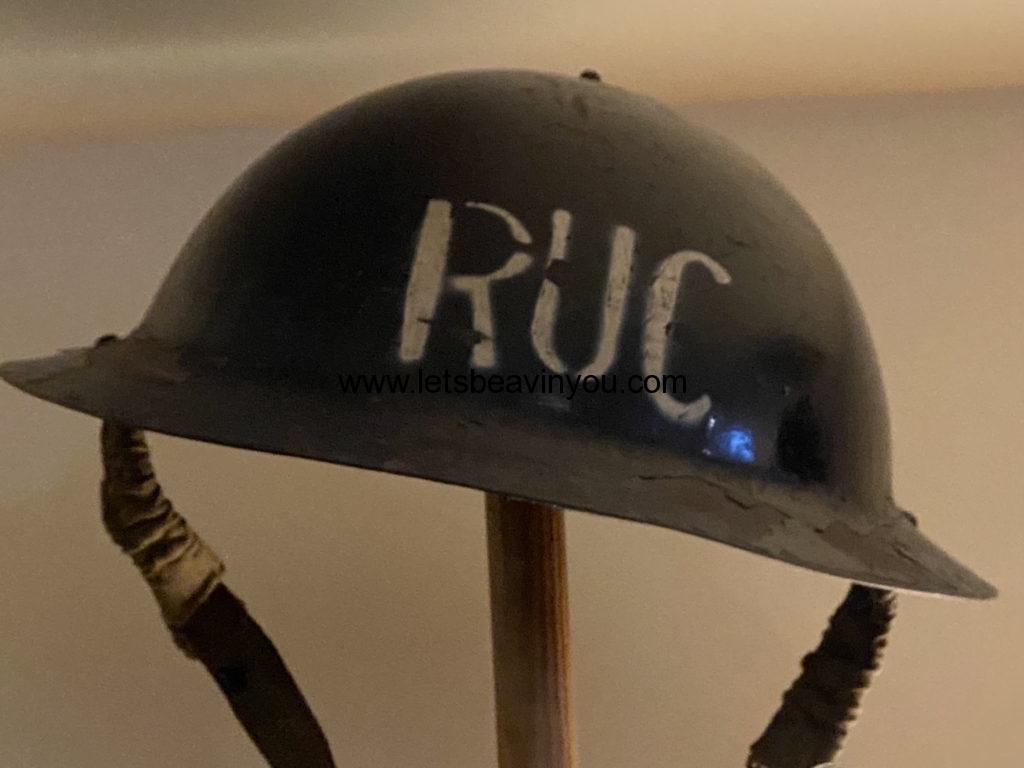
The new RUC uniform was a very dark green, often mistaken for black and which gave rise to their nickname of the time:
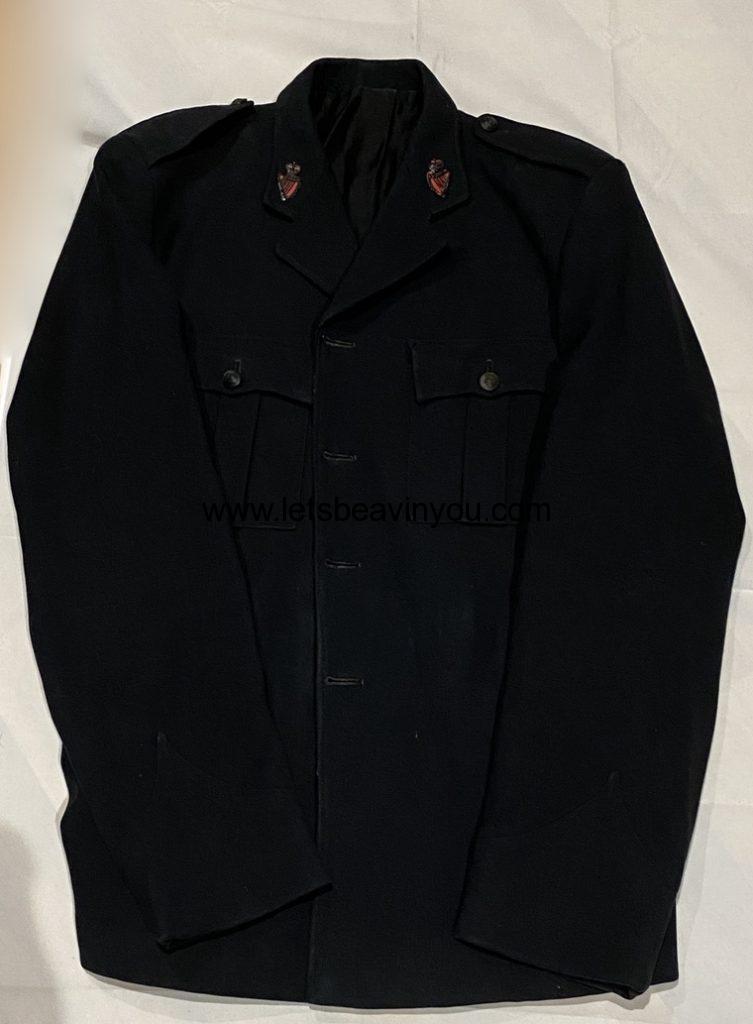
Protective equipment at this time remained relatively basic. The now distinctive ‘Corker’ helmet being used both for its standard purpose as a bike helmet and the first prototype riot protective helmet with detachable viser.
Senior officers, however, wore a different style of jacket, cap and cap badge as seen below in this County Inspector’s example. This jacket is quite a rare one now. If you don’t pay attention you’d think it was a Chief Super, but the (older style) gorgets and the second pip on the epaulette marks this as a pre-1971 uniform in the rank of County Inspector, which is more or less analagous to an ACC. Note as well the different style and colour of the shamrock on the cap brim:
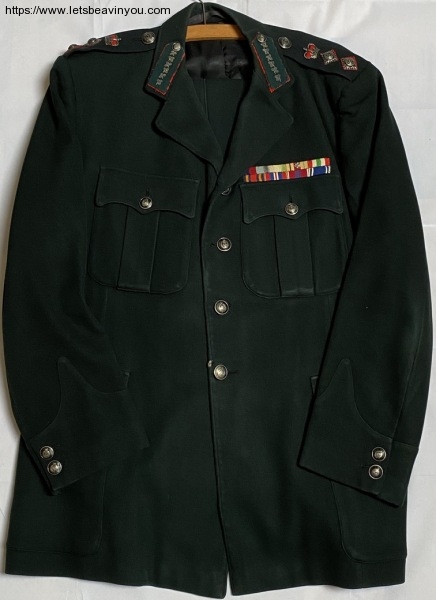
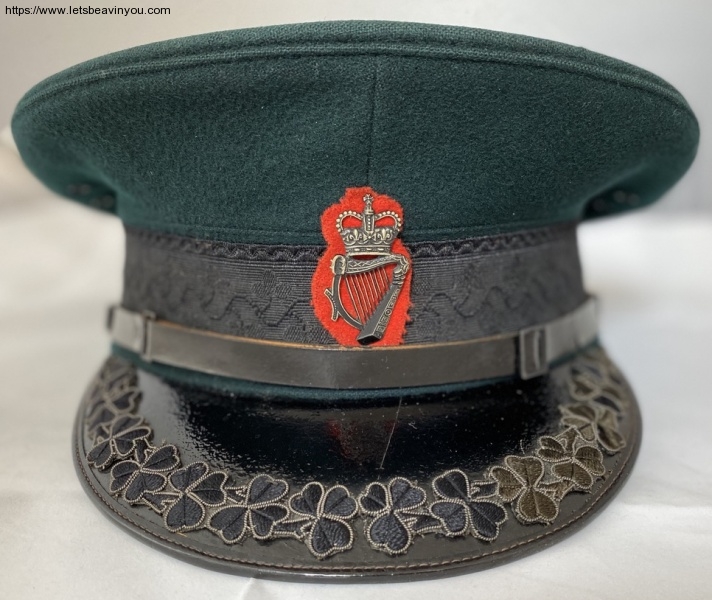
Other differences of note is the shade of green used in the uniform when the rank and file were still using the much darker style and of course the cap badge, adopted for all ranks after the Hunt reforms and change in rank structure in 1970.
1970 – 2001
The introduction of the Hunt Recommendations saw the end of the old RIC rank structure and the introduction of the ranks used by other British forces. Only the inverted Sergeant stripes survived, as they have yet again with the creation of the PSNI in 2001.
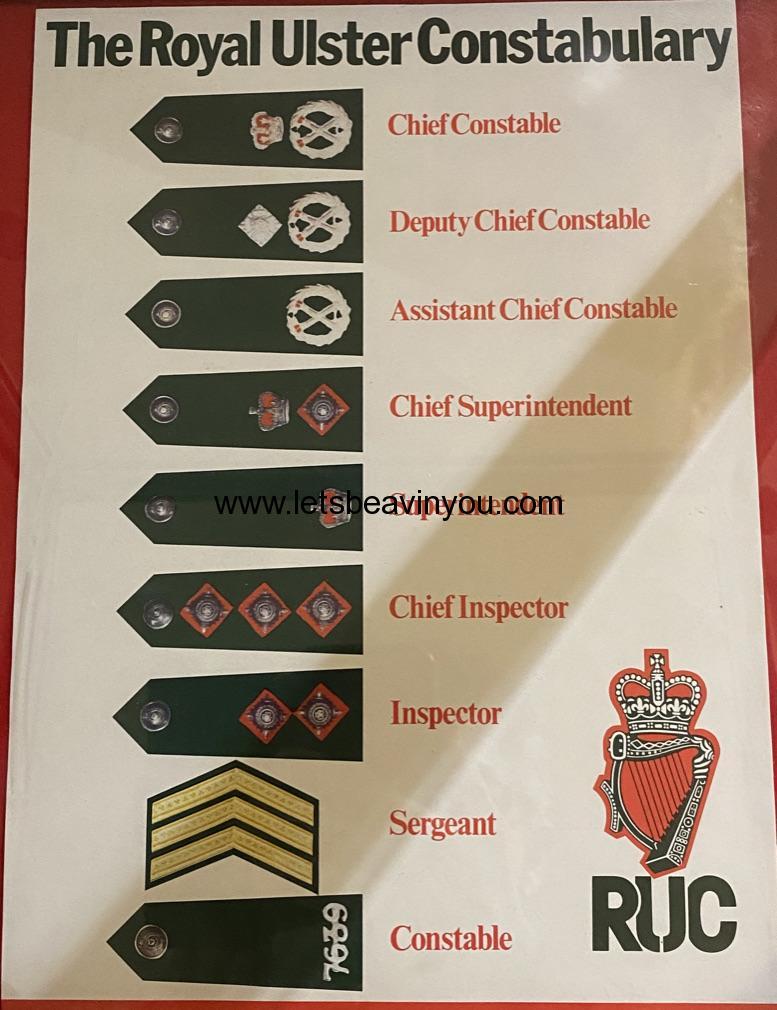
For a time (as yet I’ve not ascertained exactly when) the RUC had an additional rank of Senior ACC which used the DCC rank slide shown above. The Dep then wore two pips as shown below:
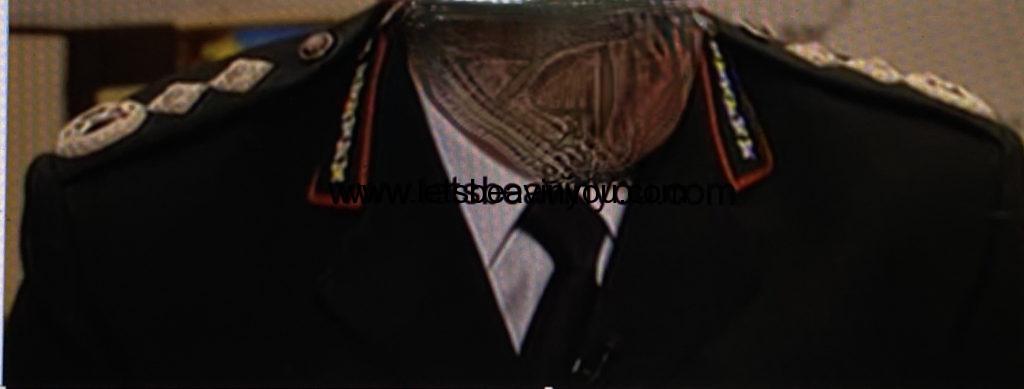
I am fortunate to have several caps worn by former Chief Constables, as well as unissued examples. The latest I purchased in Belfast and had been presented by the last Chief Constable, Sir Ronnie Flanagan, to the last Chairman of the Police Authority for Northern Ireland, Mr Pat Armstrong.
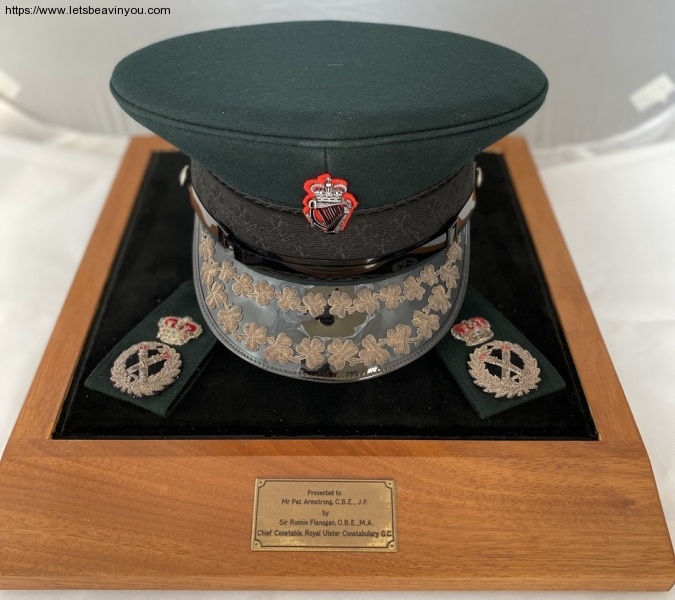
Chief Officers
Chief Officers are those who have achieved the rank of Assisant Chief Constable (or Commander in the Met / City forces) and above. Below, Chief Constable’s Cap and Uniform.
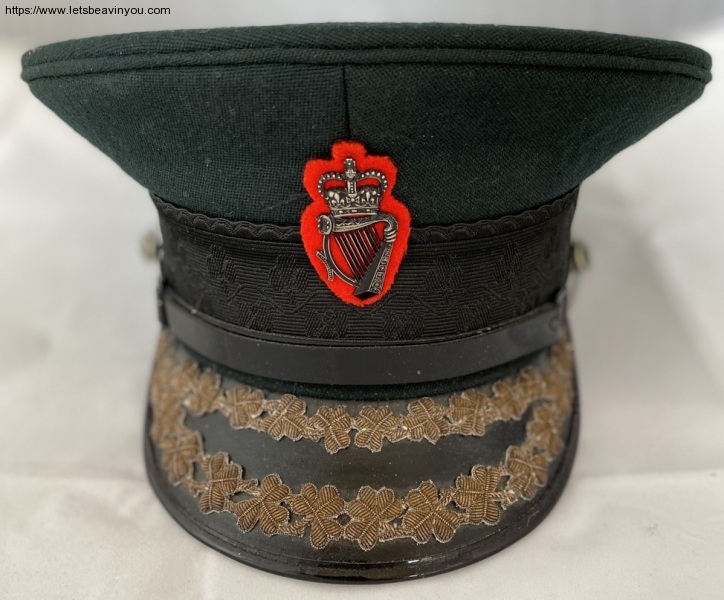
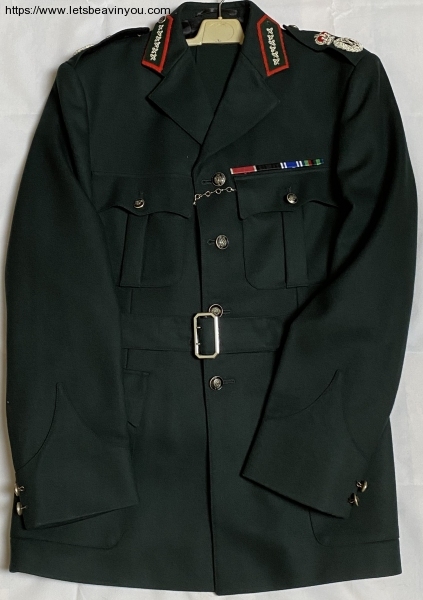
The caps above are from top to bottom right: Chief, Assistant or Deputy Chief (worn), Assistant or Deputy Chief (new) and then bottom right, a strange one. Possibly a PSNI cap with the RUC cap badge – I don’t recall that style of officer visor ‘leaf sprig’ being used by the RUC? Be interrested to hear if anyone recognises it?
Superintendents & Inspectors
Two Superintendents caps, the left well worn, the right as new.
Below, the dress uniform for the Supt of the RUC Band:
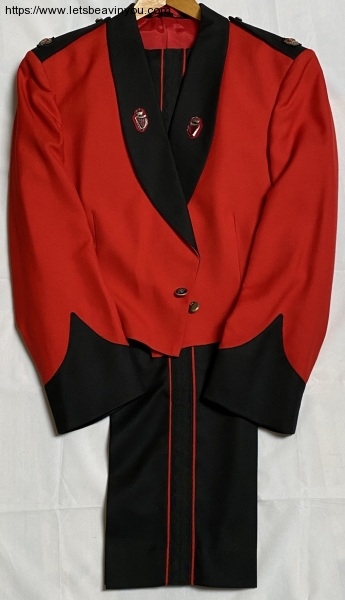
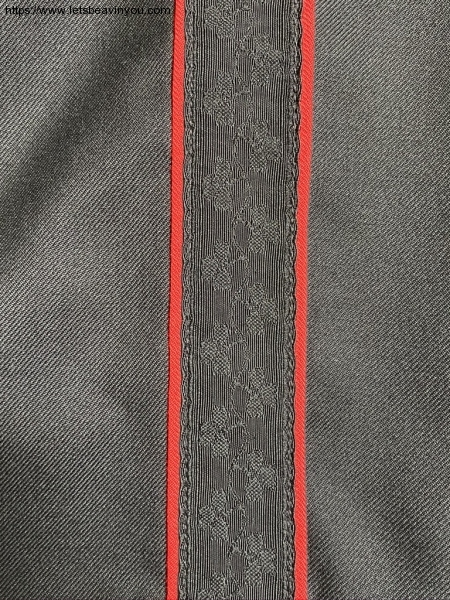
Close-up of the trouser embroidary.
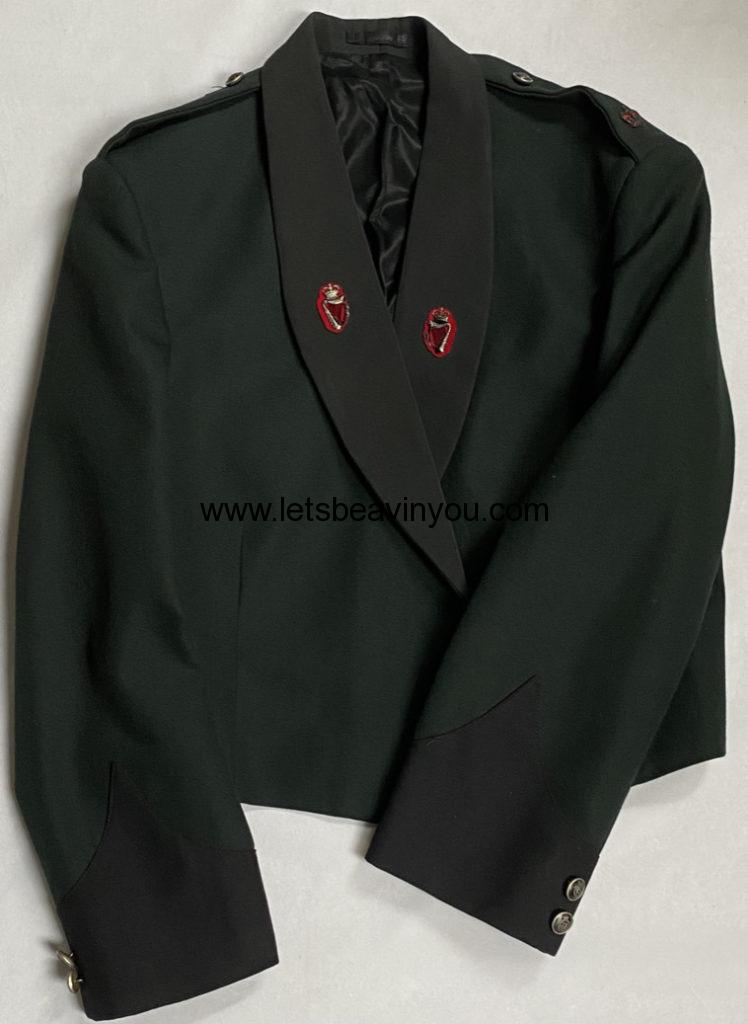
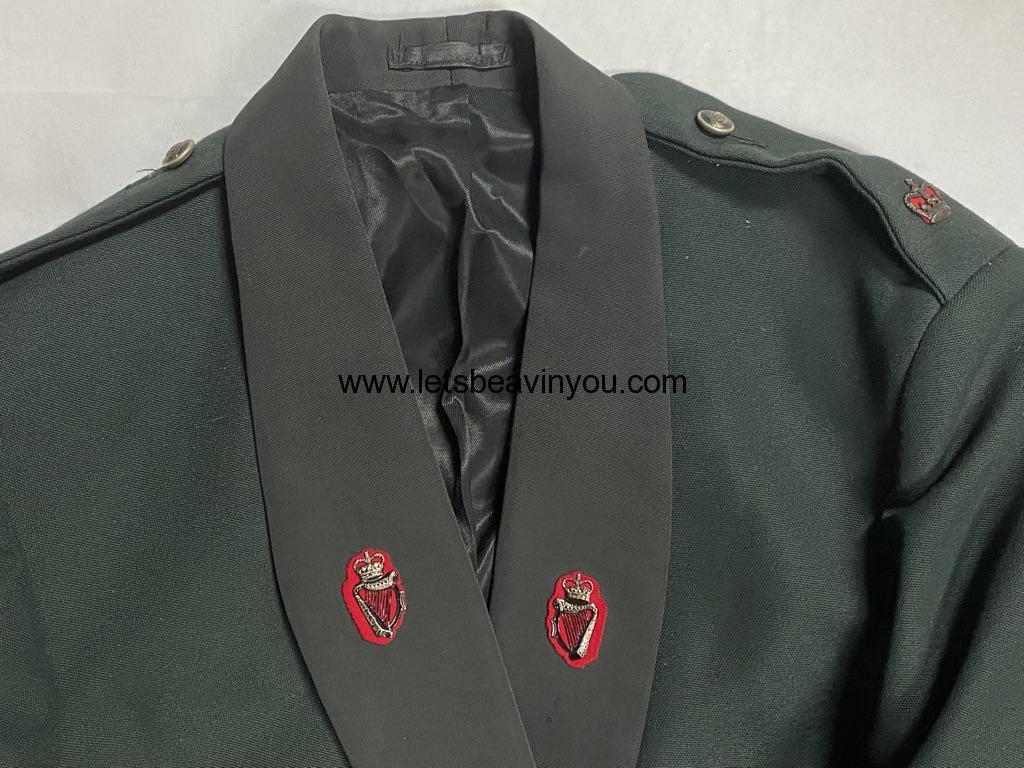
RUC Band / Pipes & Drum Paraphernelia
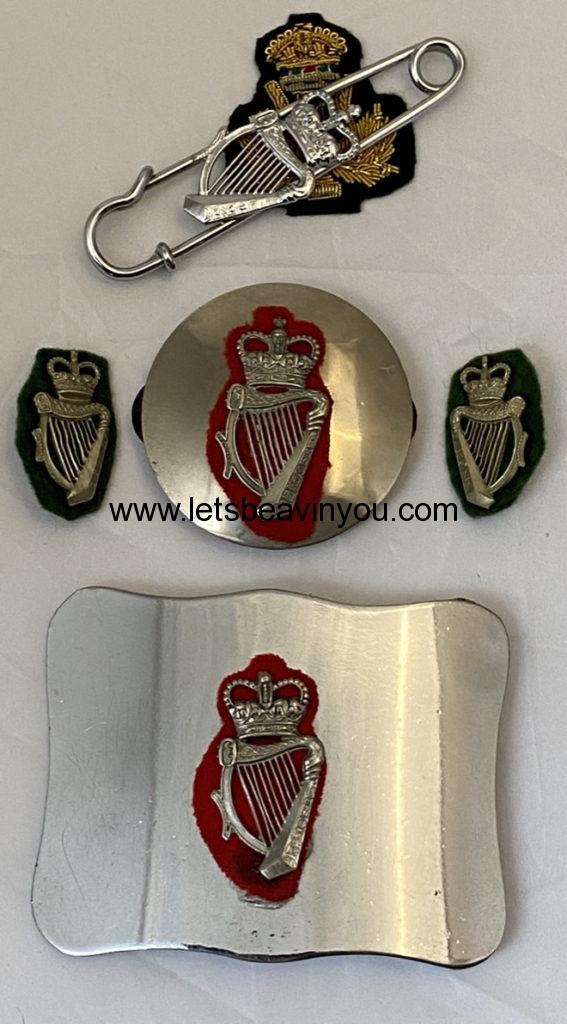

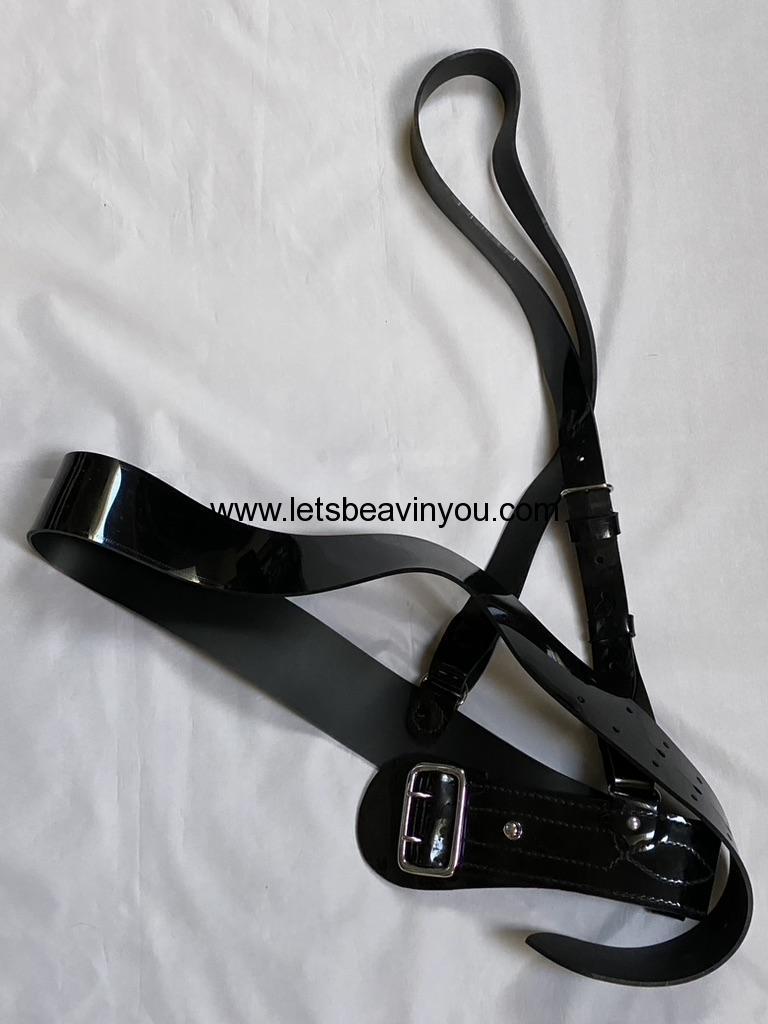
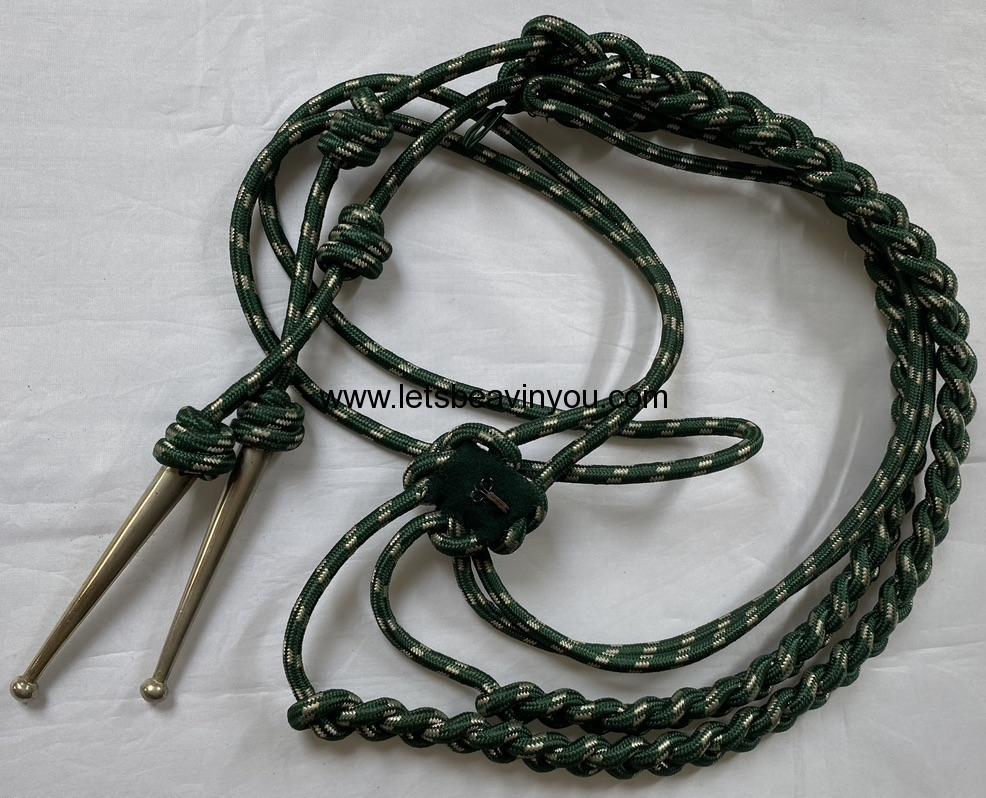
Female Chief Superintendent:
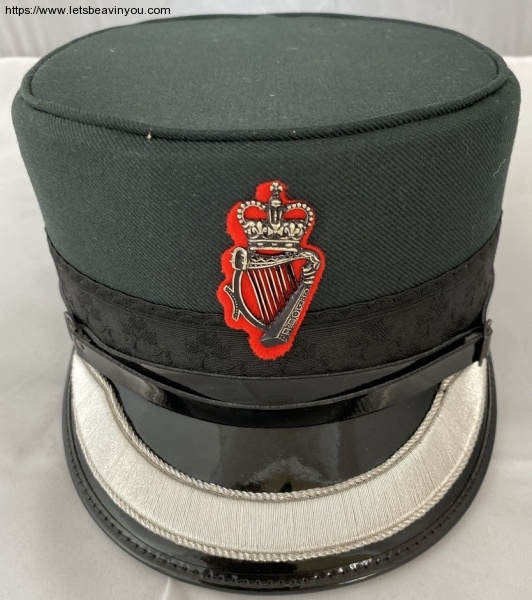
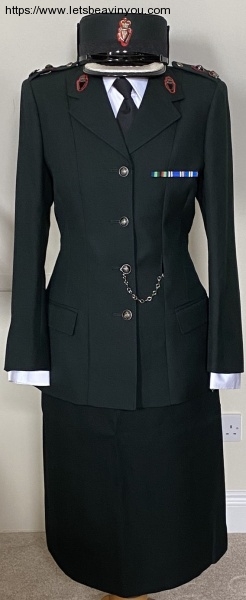
Chief Inspector / Inspector
Two different makes of cap. Compton & Webb to the left. No makers mark on right.
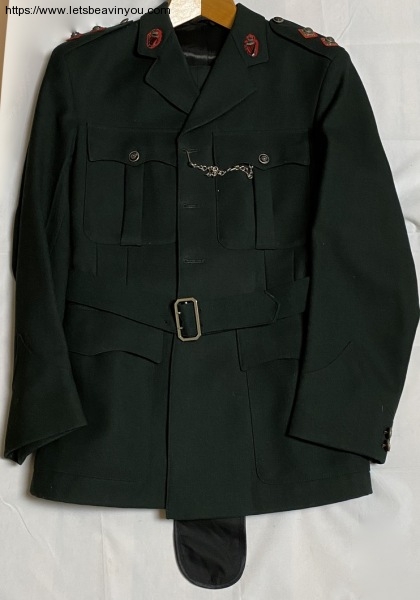
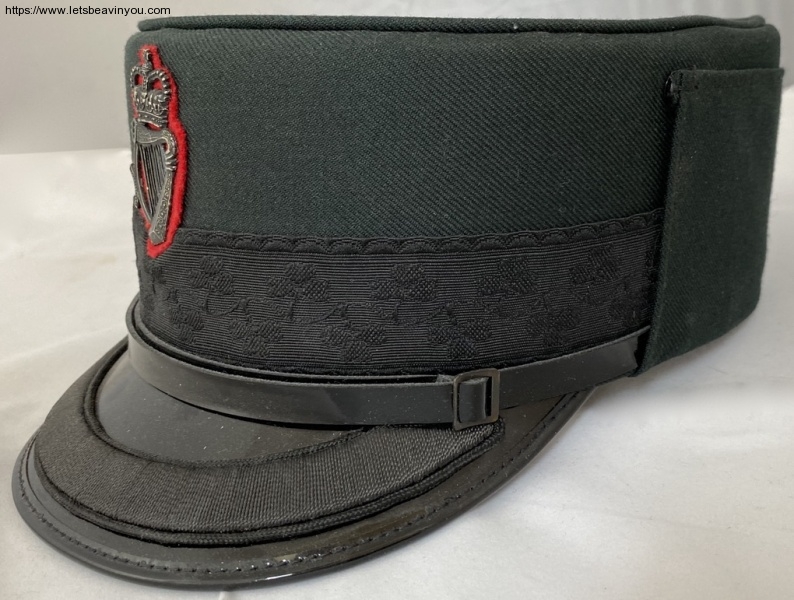
Female CI / Inspector’s cap
RUC Shirts – inspectors & above in white; Sergeants & Constables green.
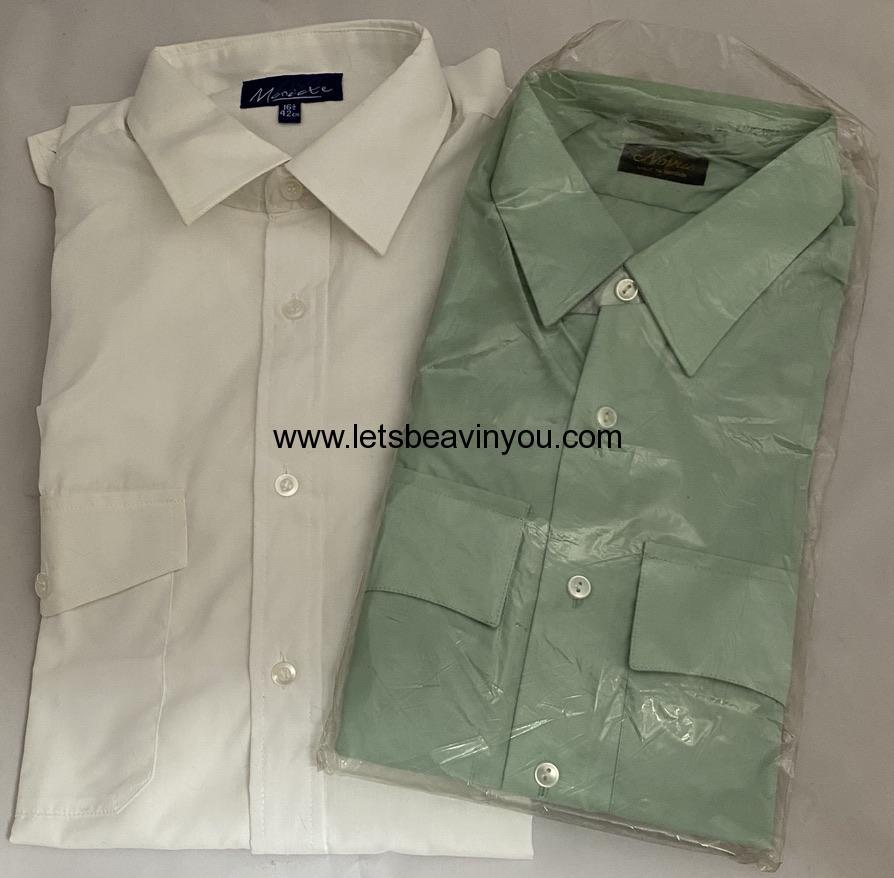
Sergeants & Constables
Sergeant Drill Instructor, Garnerville. Updated to show instructors green lanyard.
Below, Drill Instructors Sash. Used (on mannequin) and unissued:
Great Coat Stripes:
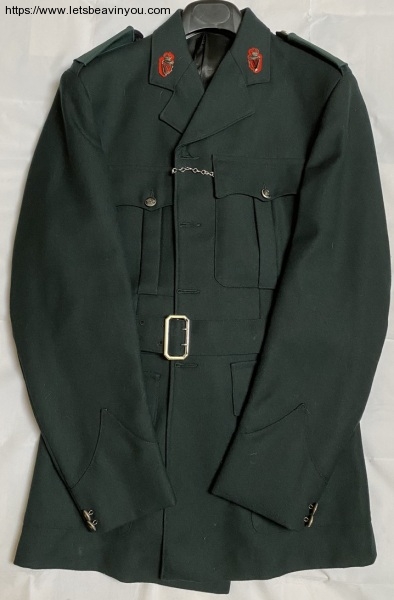
Constable’s Jacket followed by standard Nato type jumper from the 1980s and the showerproof variant from the 1990s.
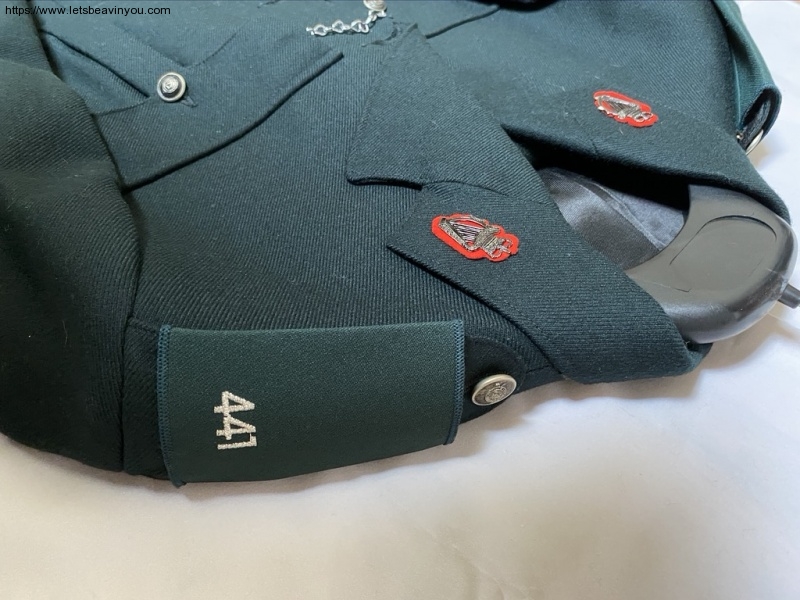
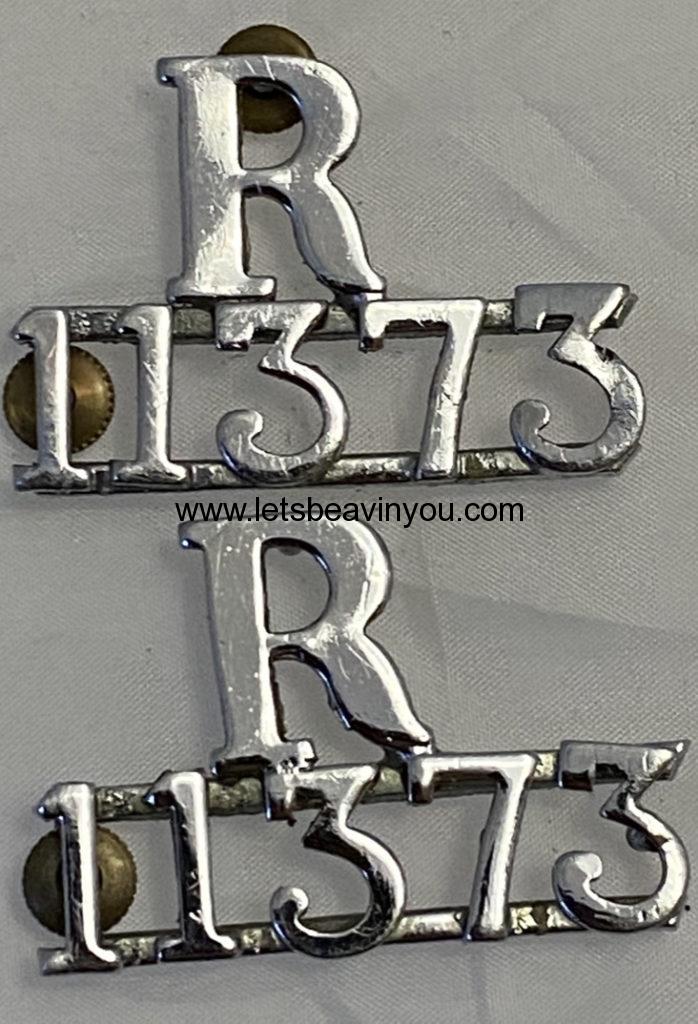
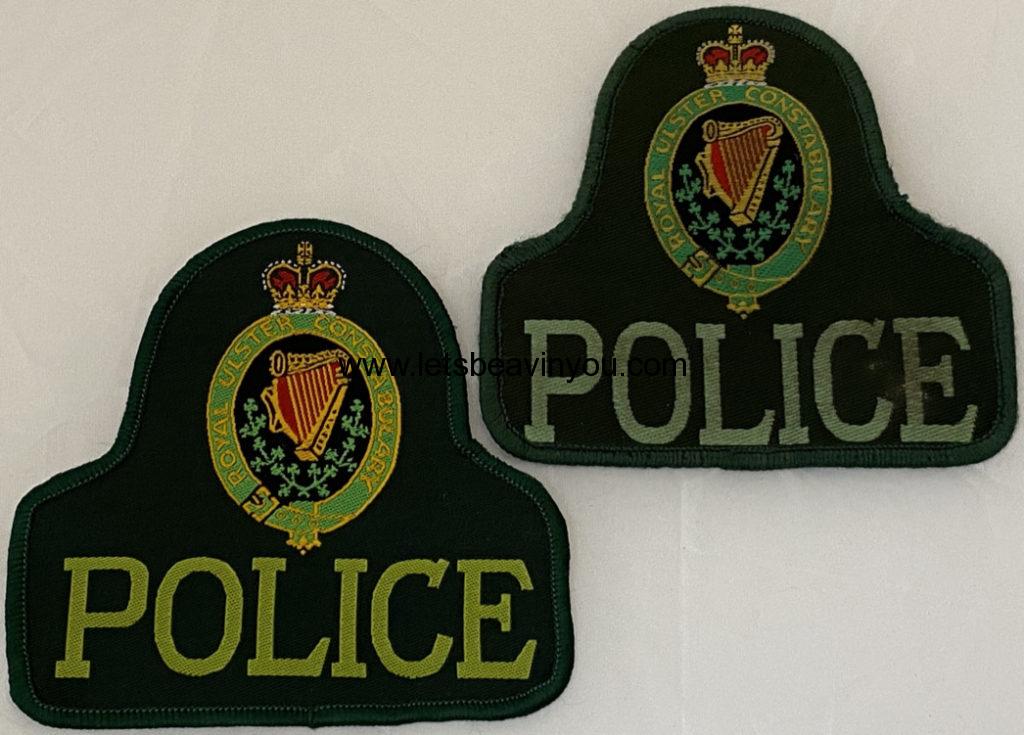
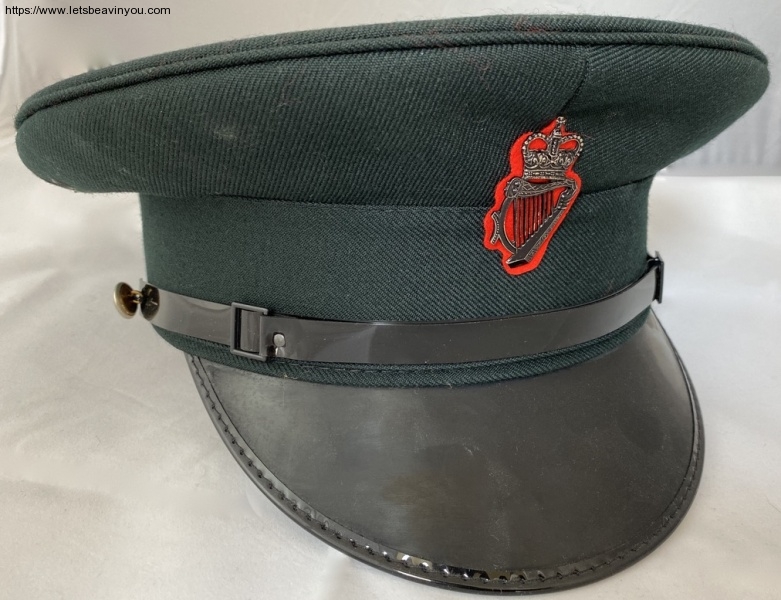
Sergeant’s and Constable’s cap: above 1970-2001, below 1922-1970
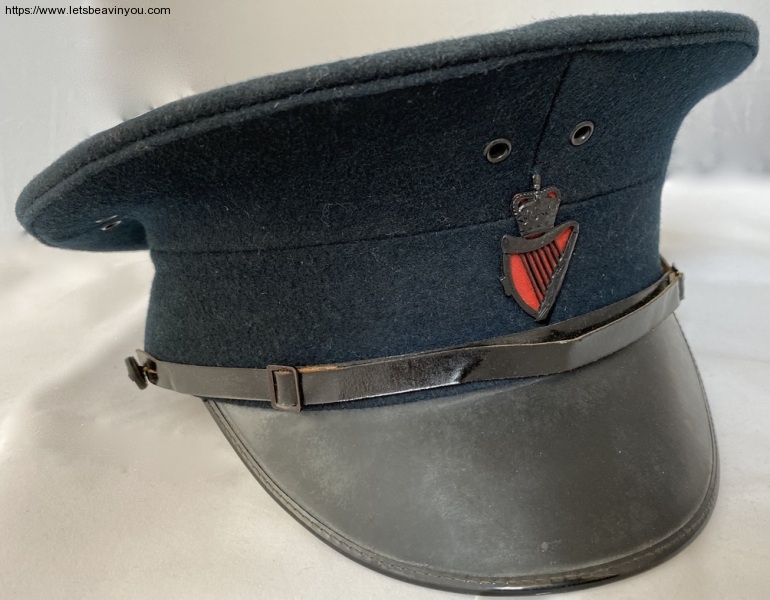
Other Uniform
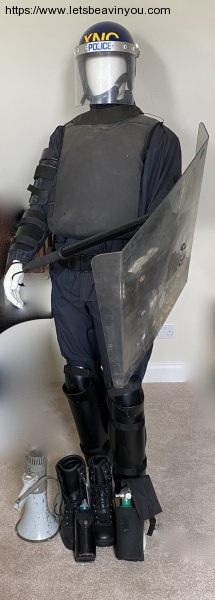
Nomex, Flameproof Riot Suit
Above, a ballistic armoured clip board with carry handle. I have no clue why a clip board would be made in this fashion, other than in situations where an ordinary clip board might be damaged and injure the officer using it. I’d be grateful to hear from anyone with a more informed opinion.
Two variants of ballistic armour. The left with full plates. The right a lighter version for those with back or other injuries. Below, covert variant.
Personal Uniform Equipment
This section really speaks for itself. It made more sense to group these together rather than split them according to time period. The whistles, however, are worthy of note. RUC marked whistles are much rarer than their RIC predecessors. This is partly because the RIC ordered significantly more of them and they continued to be used and passed on to officers in the RUC. The other is that the RUC discontinued marking their whistles, although I have not yet discovered exactly when. The Metropolitan was trademarked by Hudson & Co in 1884 and all RUC marked whistles are from the period when Hudson was at 244 Barr St in Birmingham from 1922 until the late 1930s. Unless you have a whistle marked with the next factory address – Barr St Hockley Birmingham – which I have never seen, then the RUC ceased marking their whistles from the late 1930s, making them in production for about 15 years, compared to 35 odd years with the RIC. Please let me know if you have an RUC marked whistle from another period as I would love to see it.
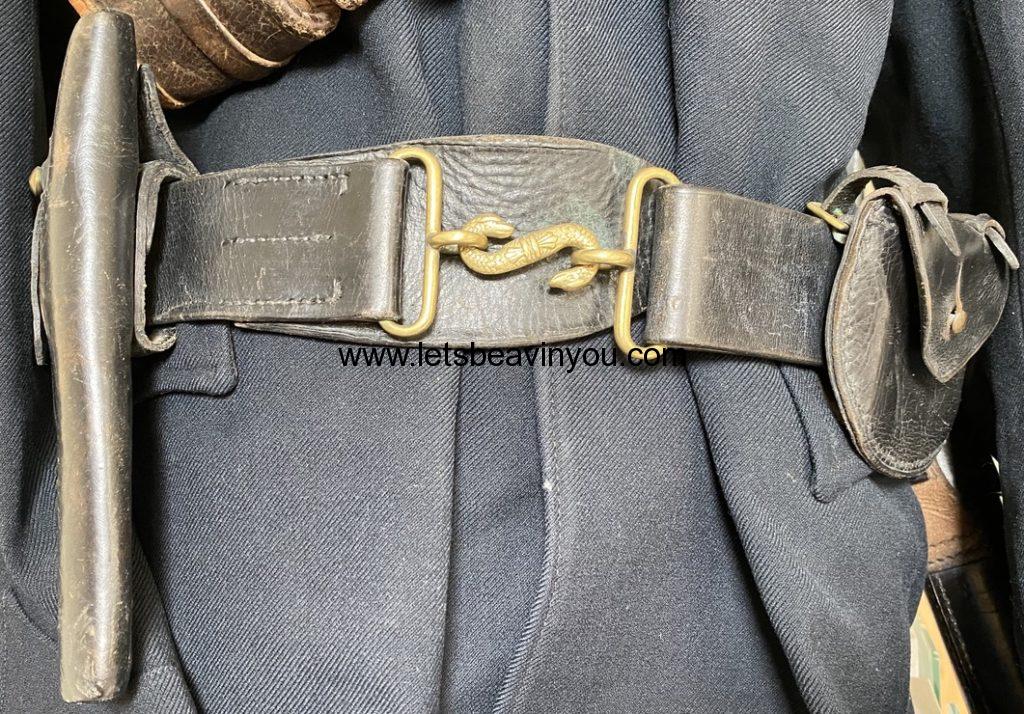
Above and right, specialist prisoner transport cuffs. Below, covert radio holder and ballistic vest.
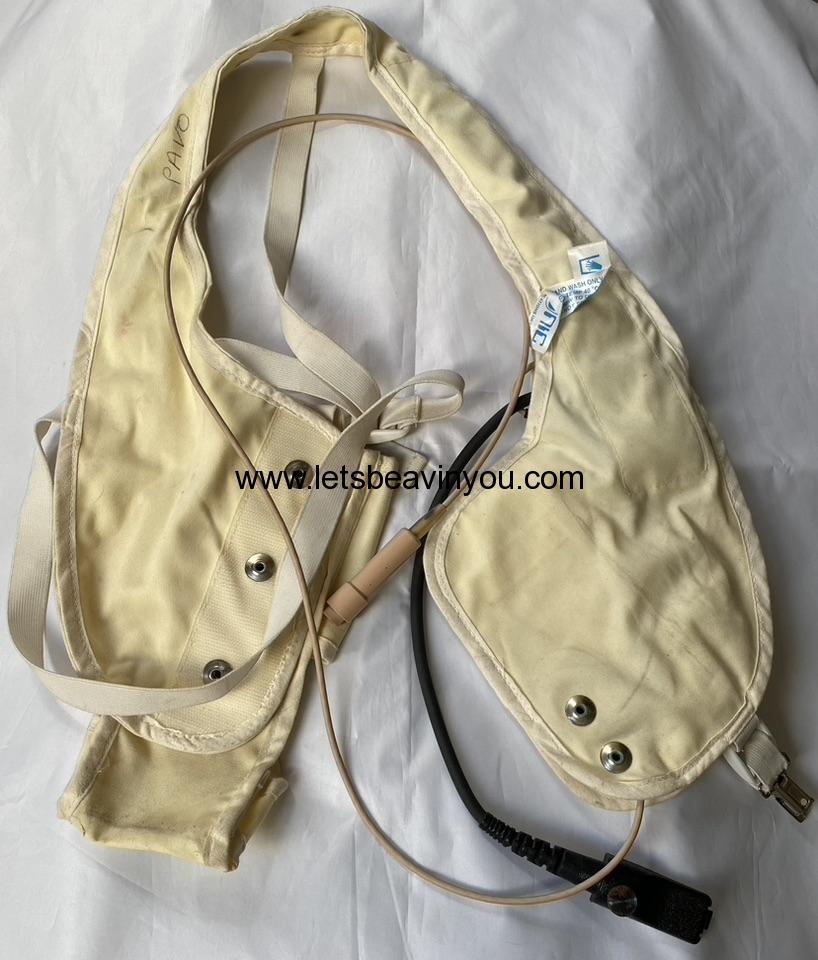

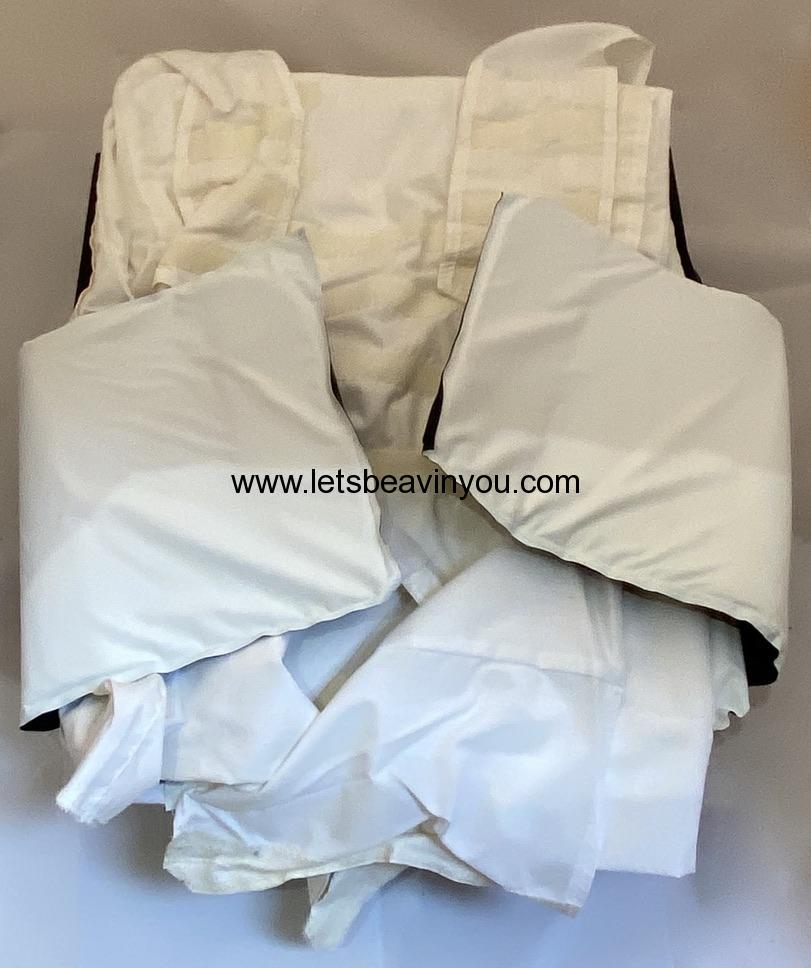
RUC Medals
The RUC had their own service medal (bottom right), as well as the Long Service and Good Conduct Medal (centre). After the award of the George Cross the service medal ribbon had the GC colours added.
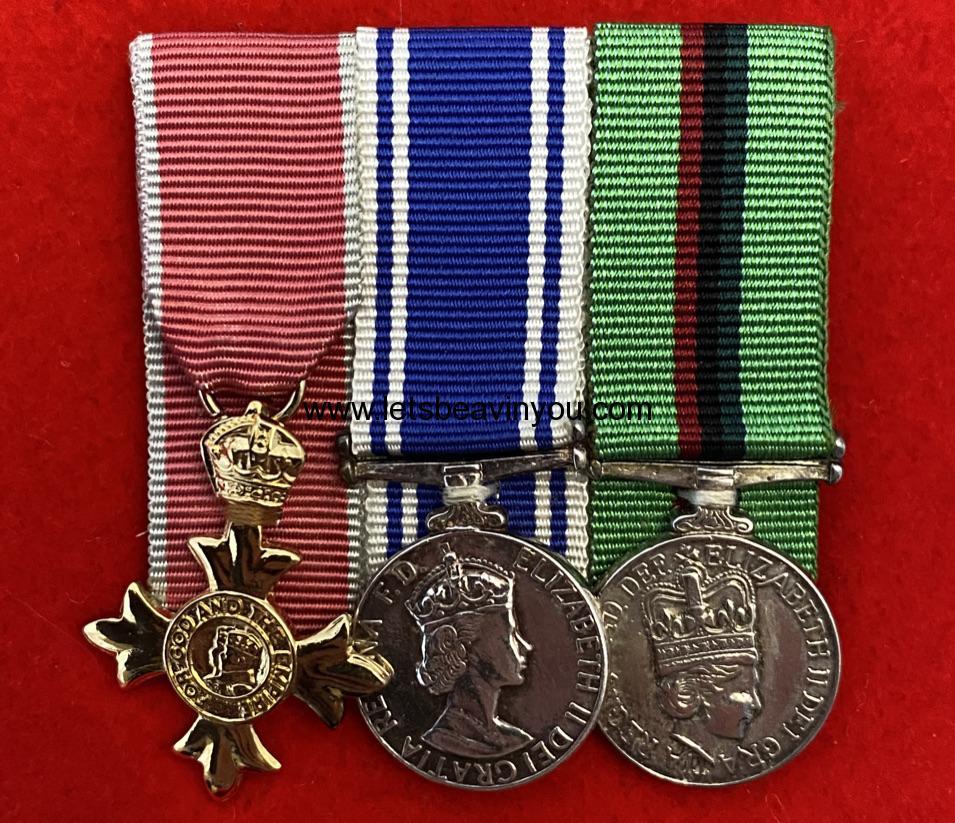
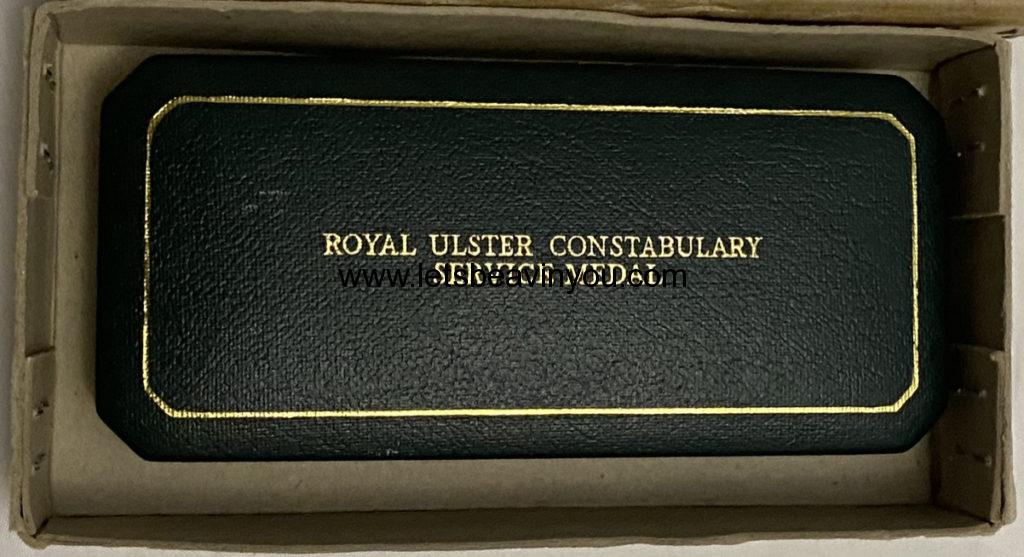
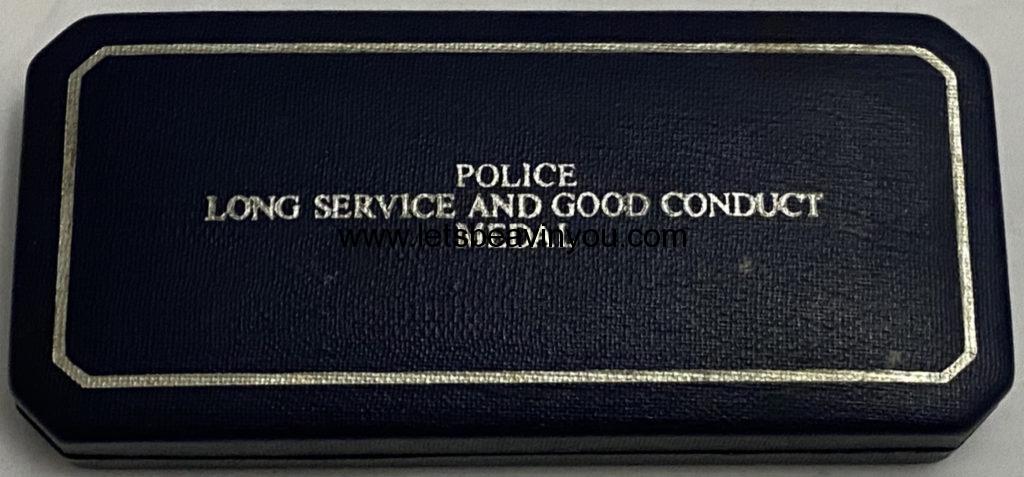
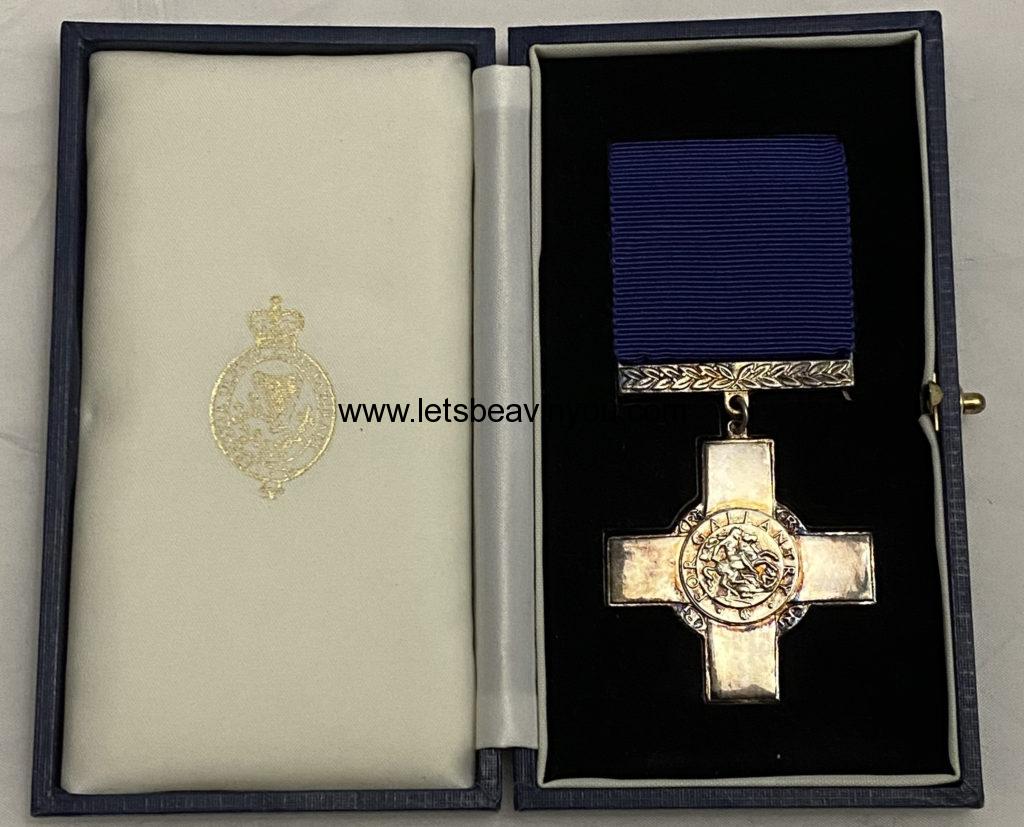
Those familiar with Northern Ireland will know that part of the tribalism (for want of a better expression) was demonstrated by defacing images and objects belonging to the orther side. For example it is common to find Irish coins defaced by unionists / loyalists and unionist symbols defaced by nationalists / republicans. Medals and other RUC memorabilia were clearly also considered fair game as shown below:
And finally, a mixture of additional pictures to finish off this section:
